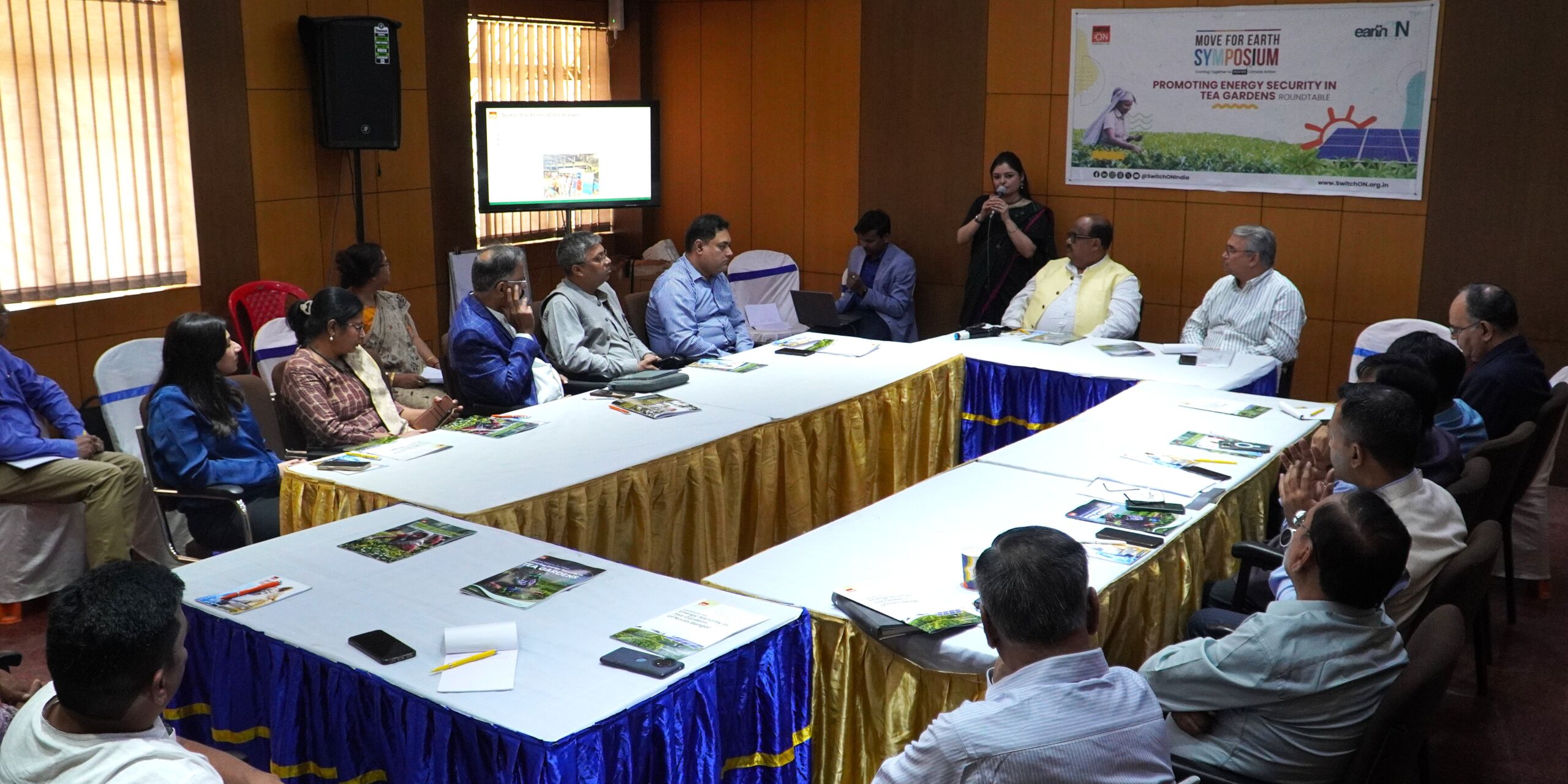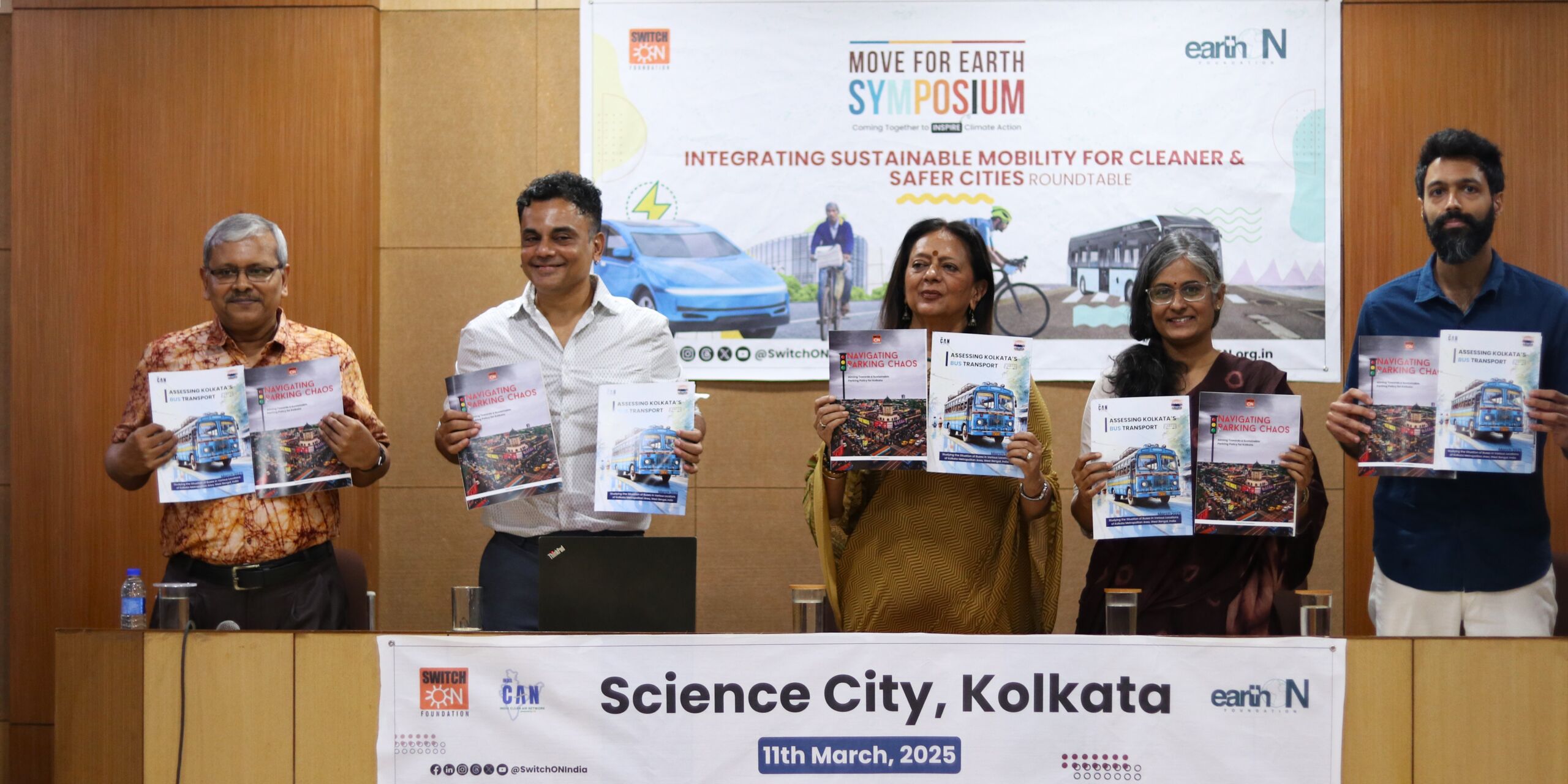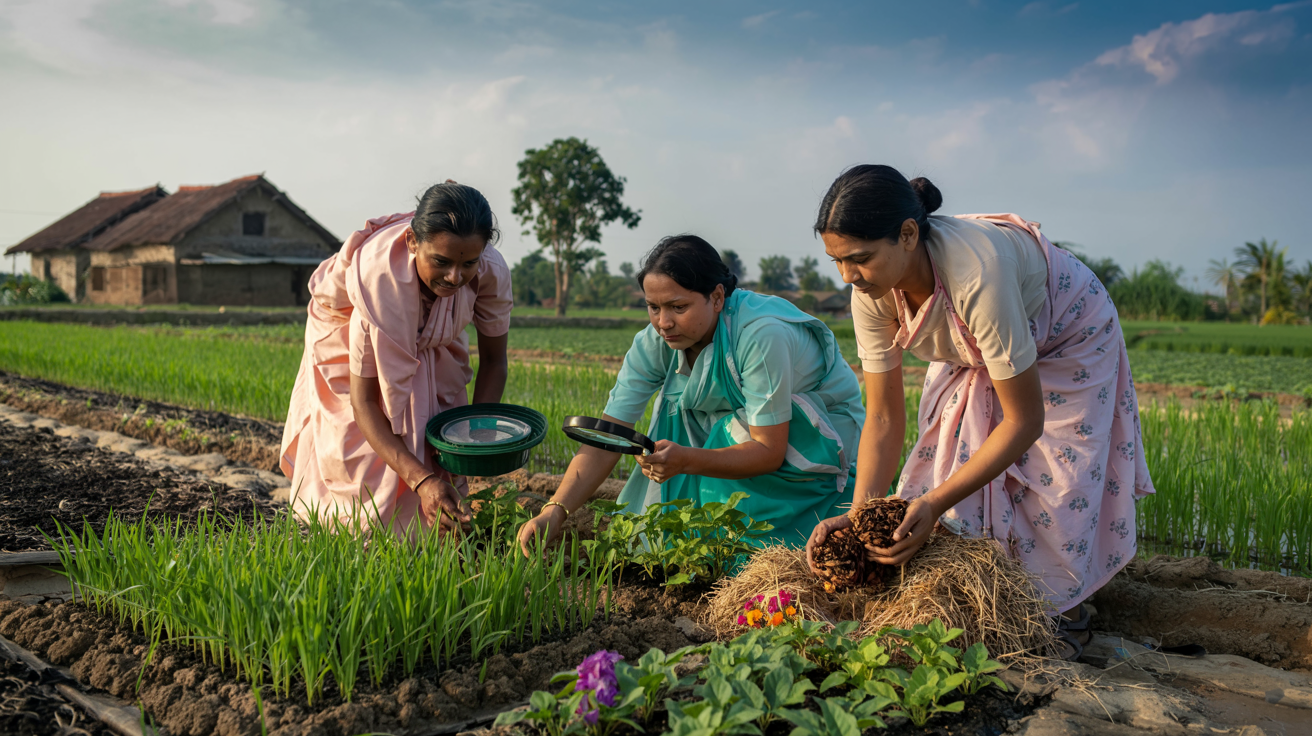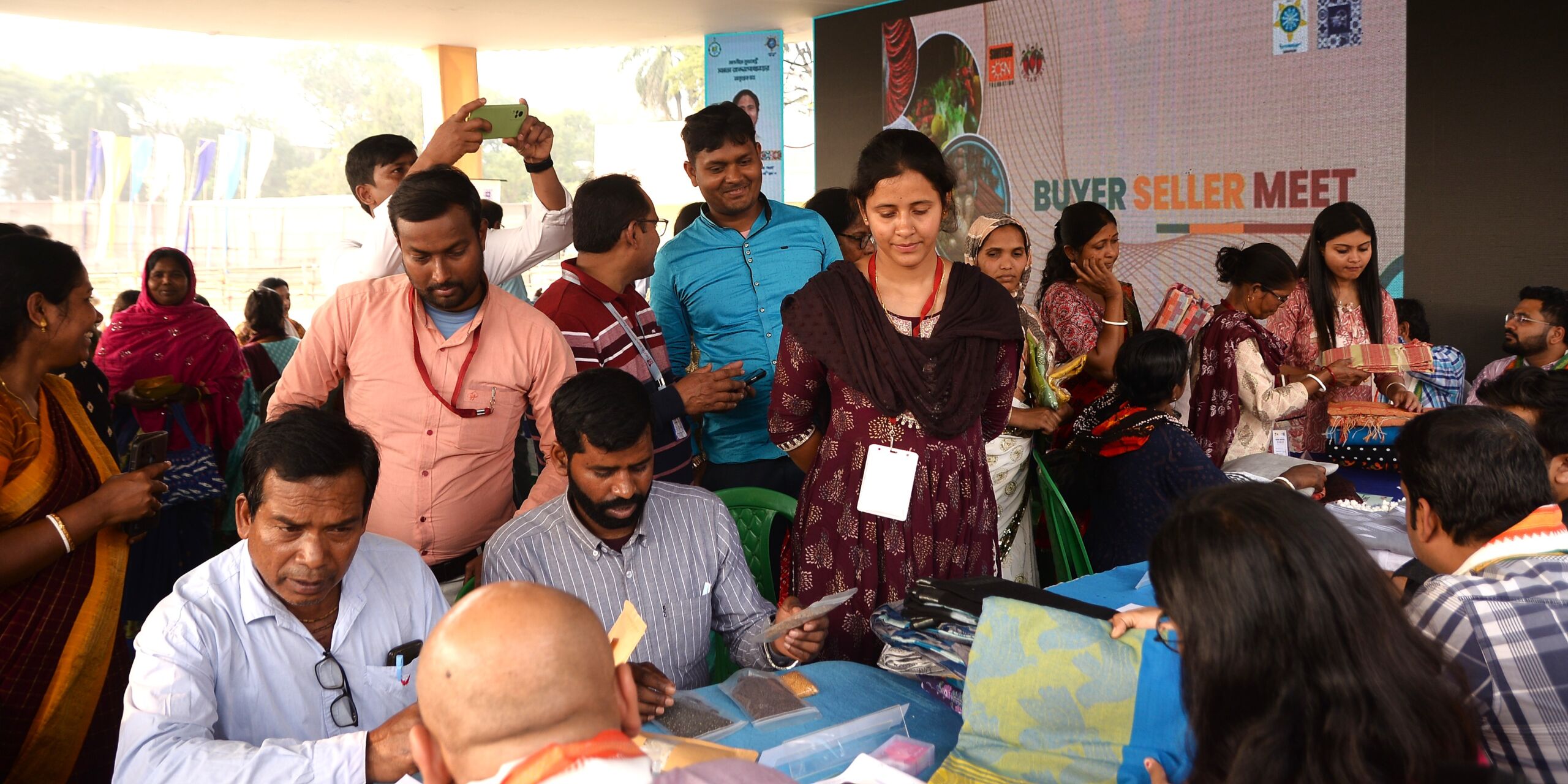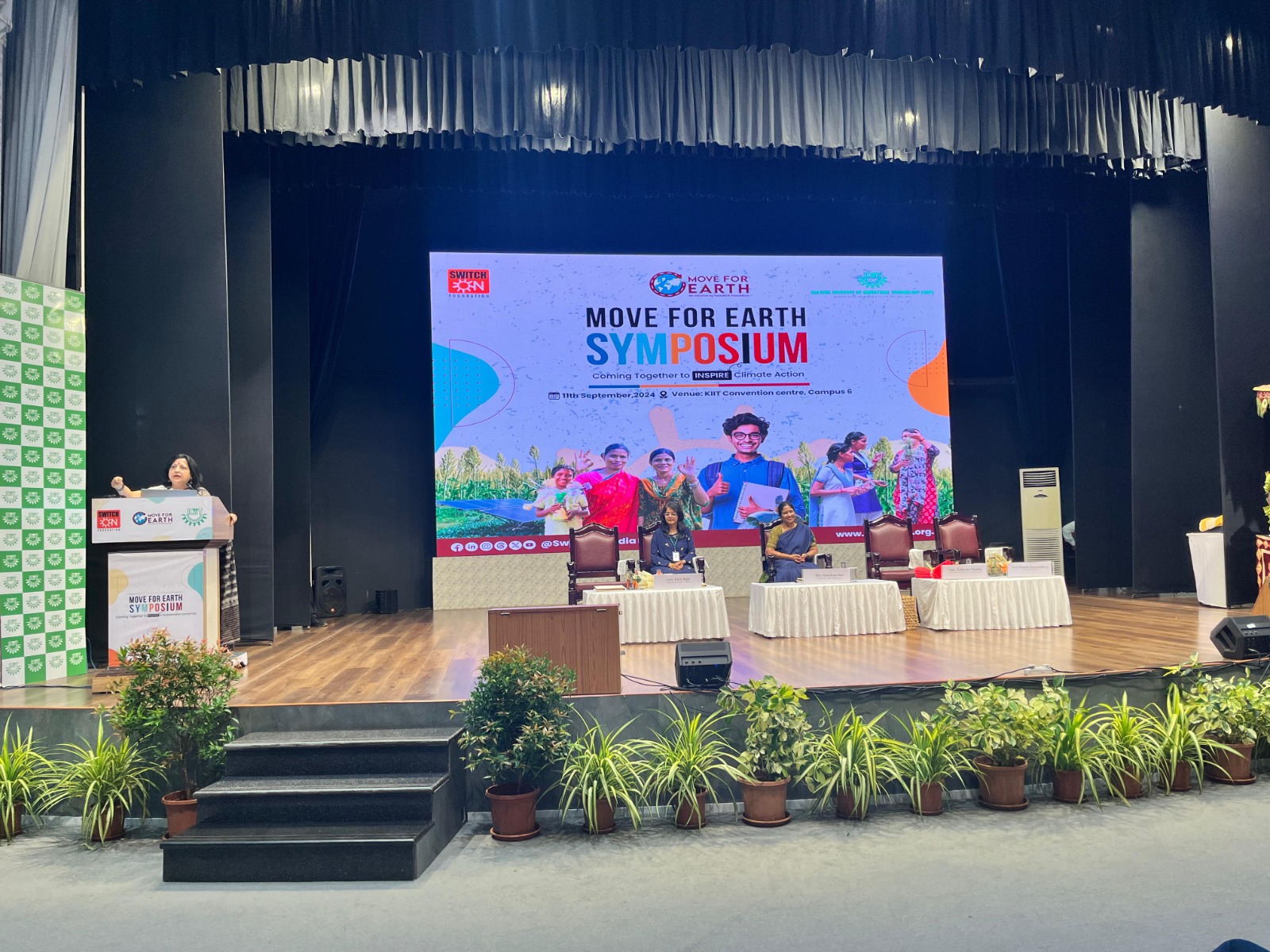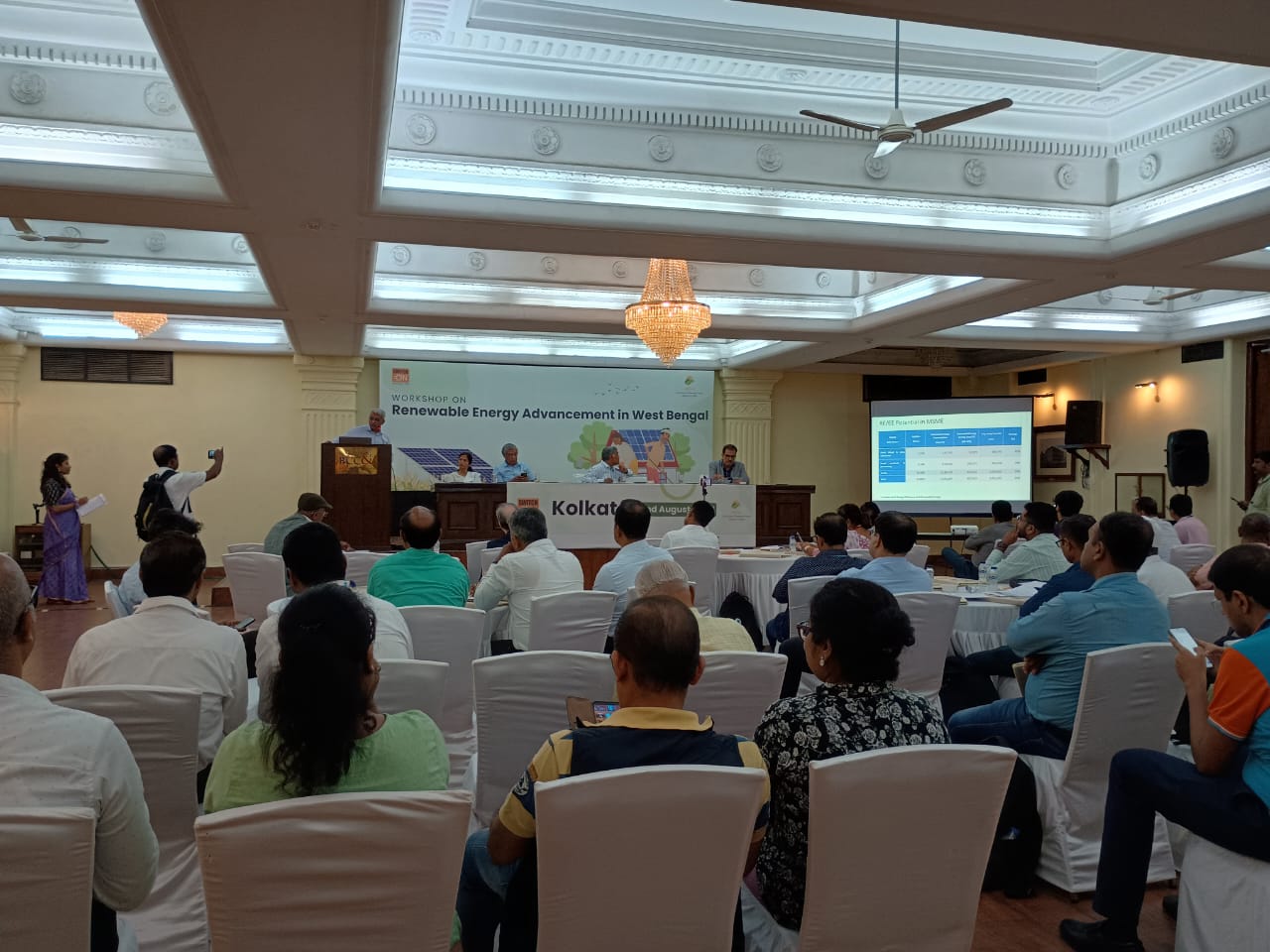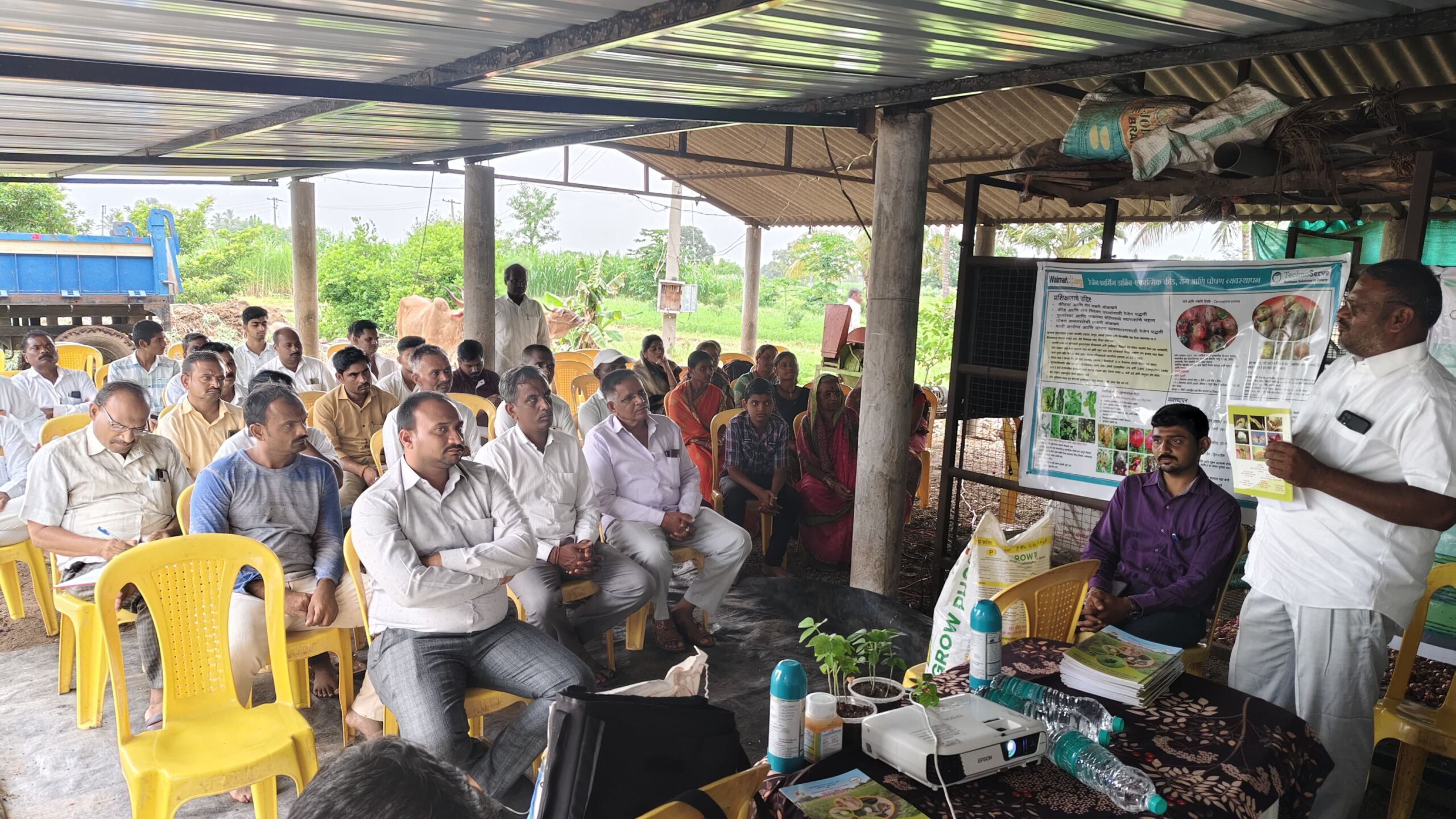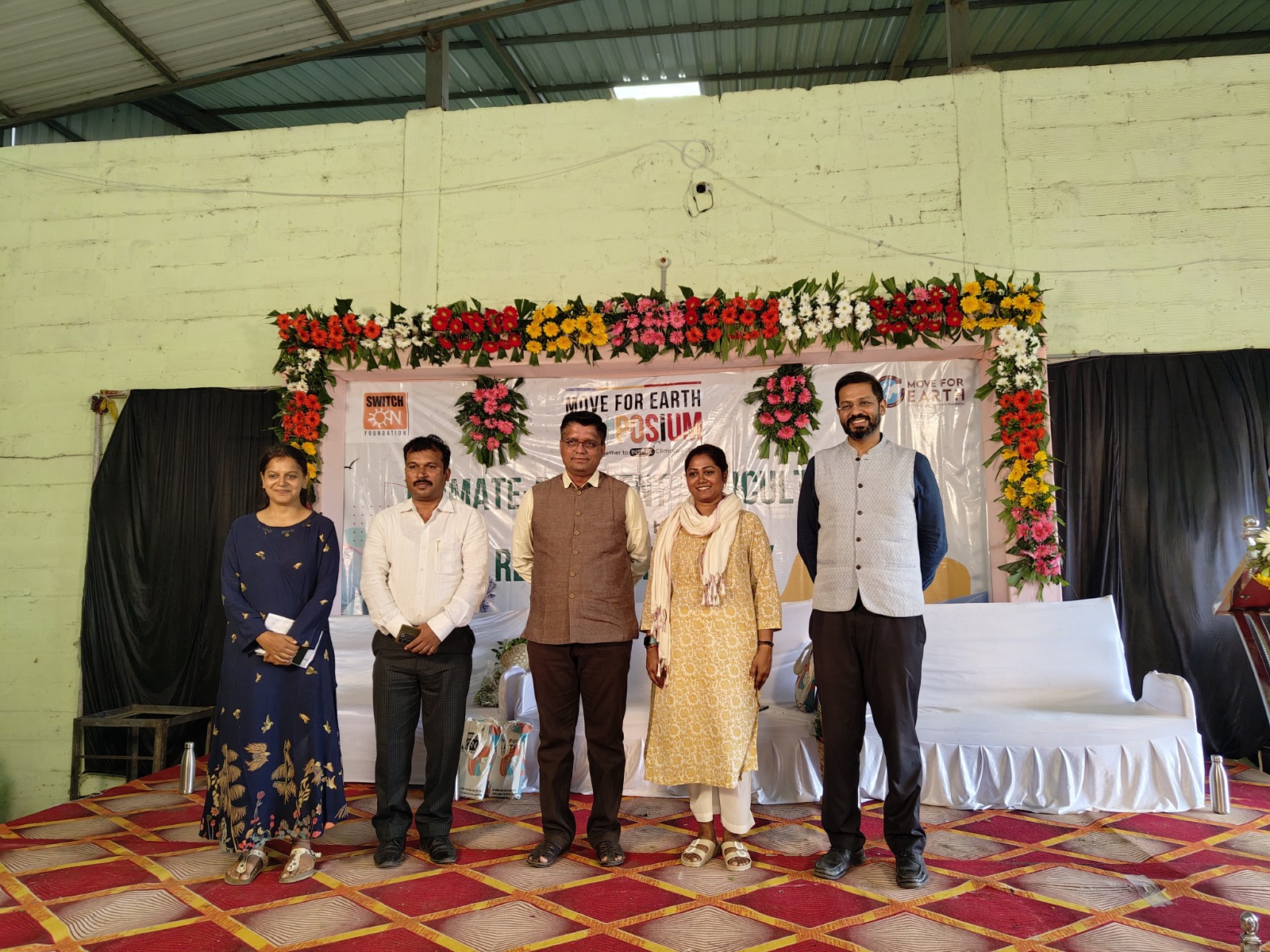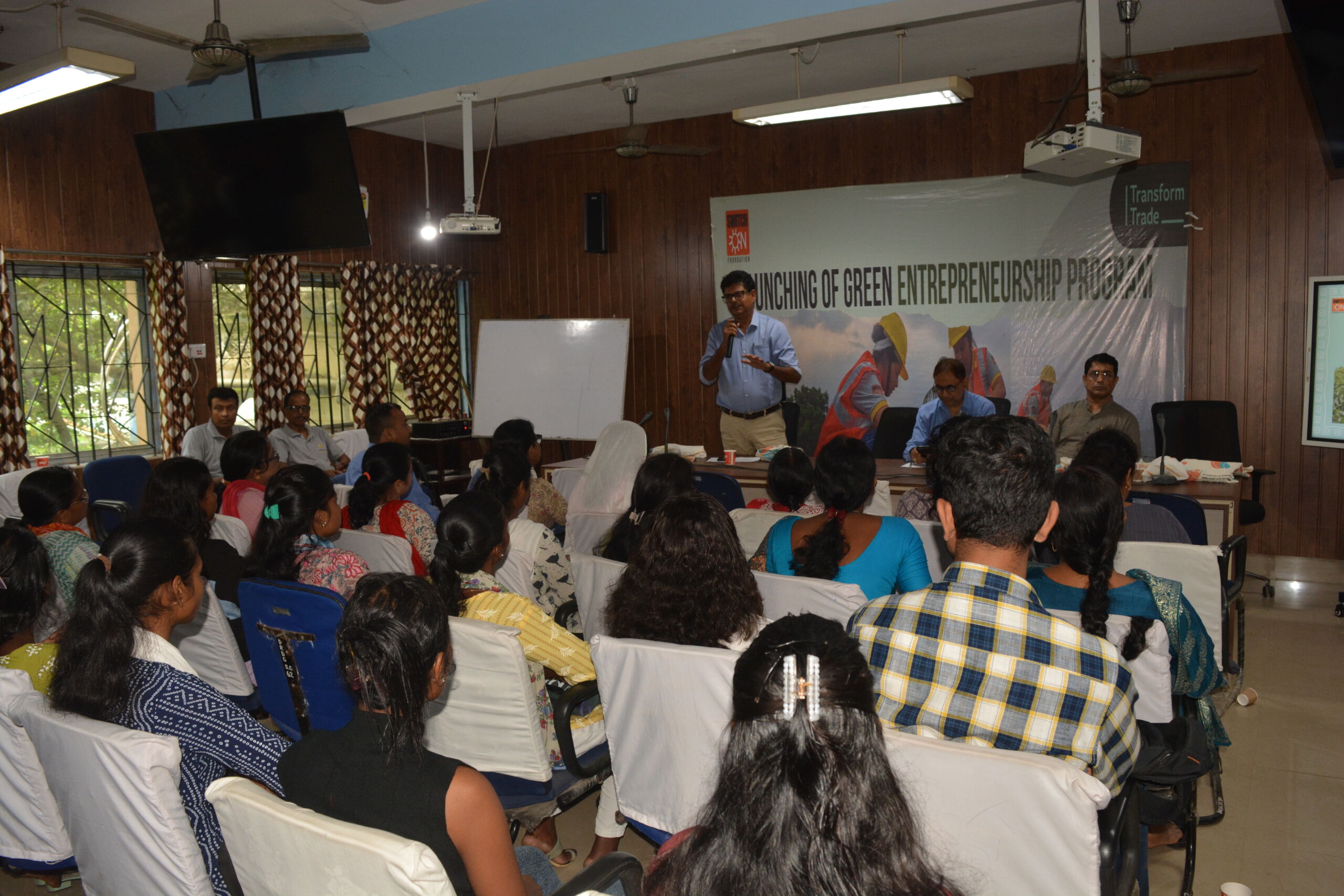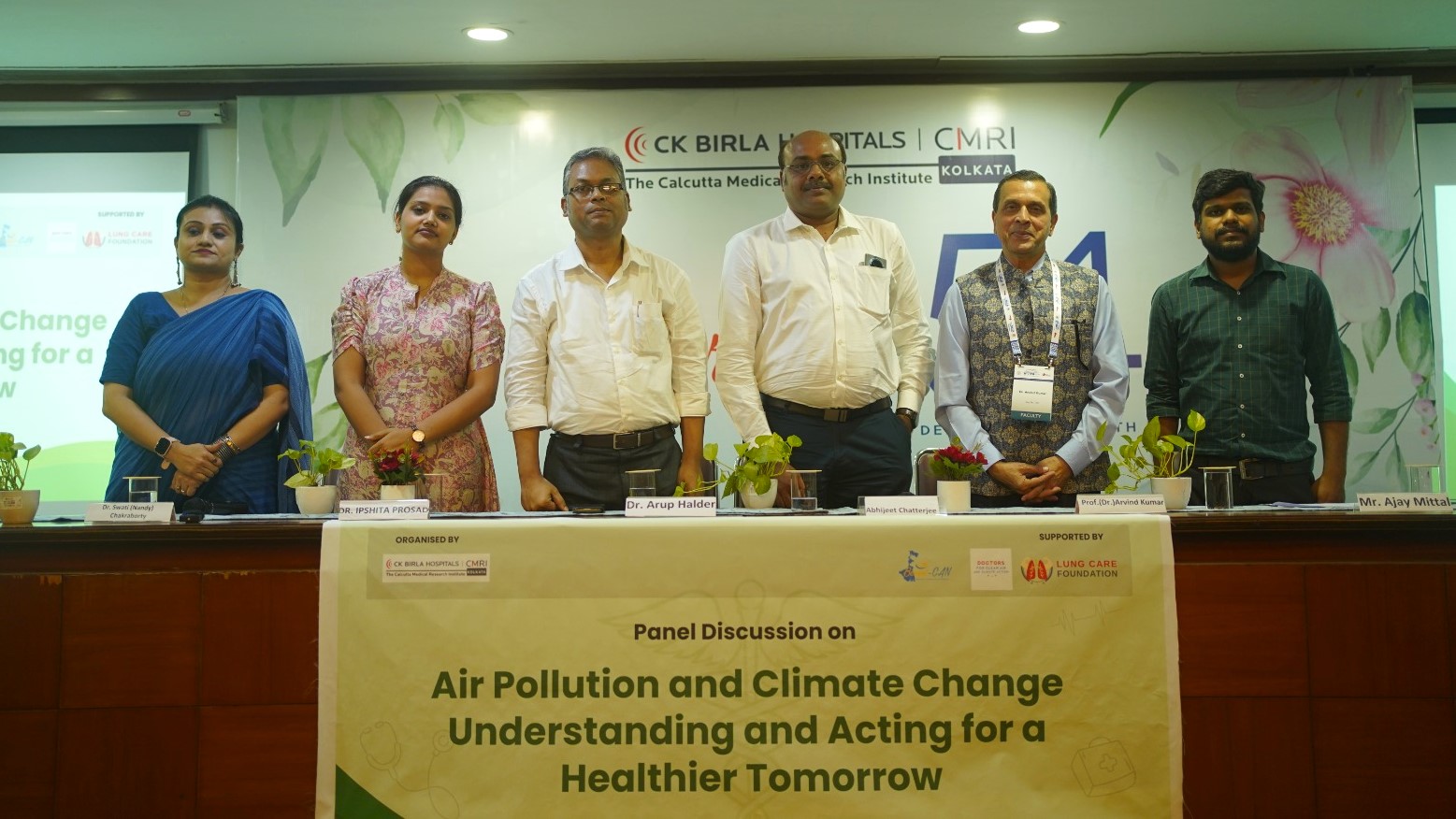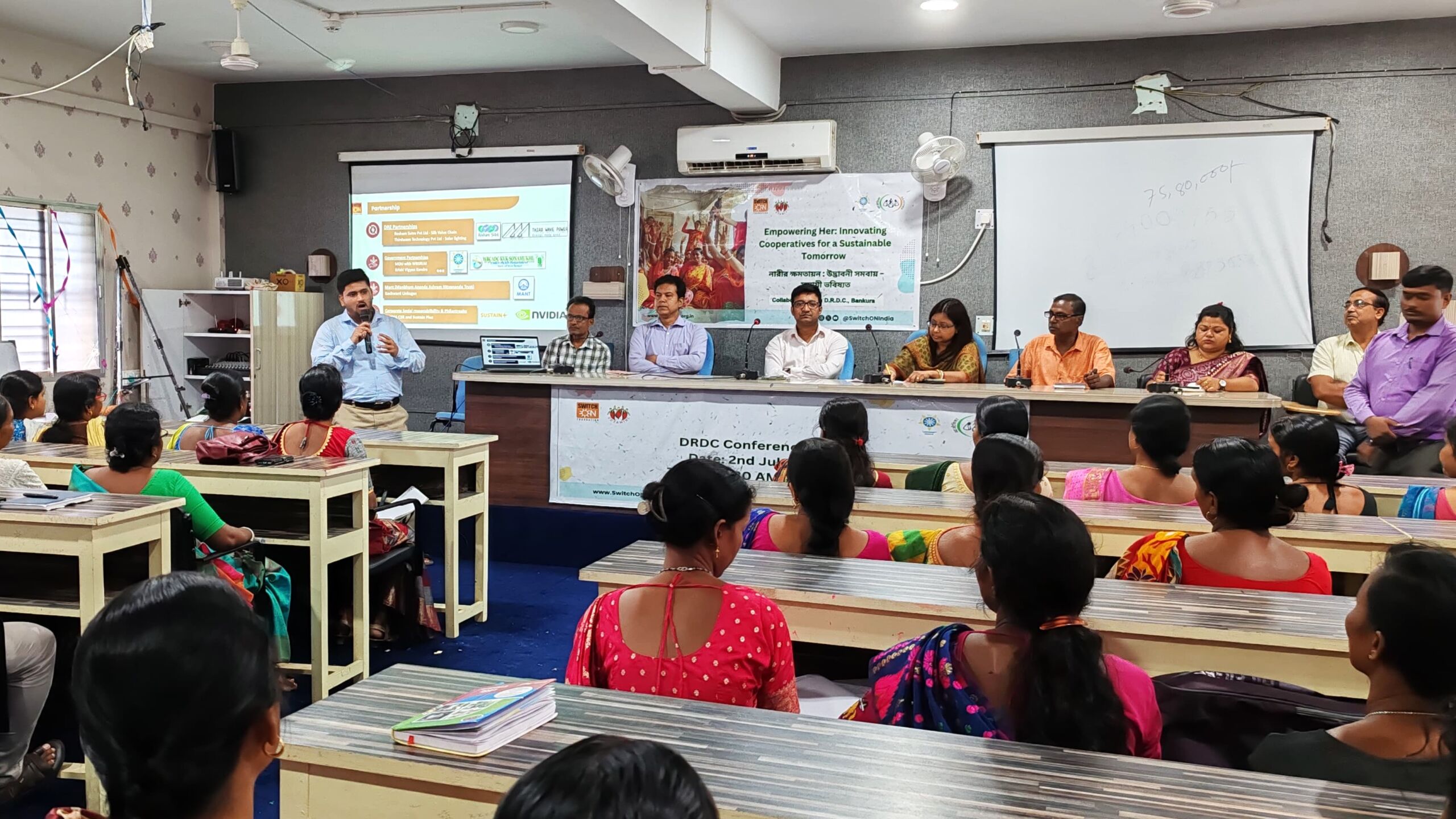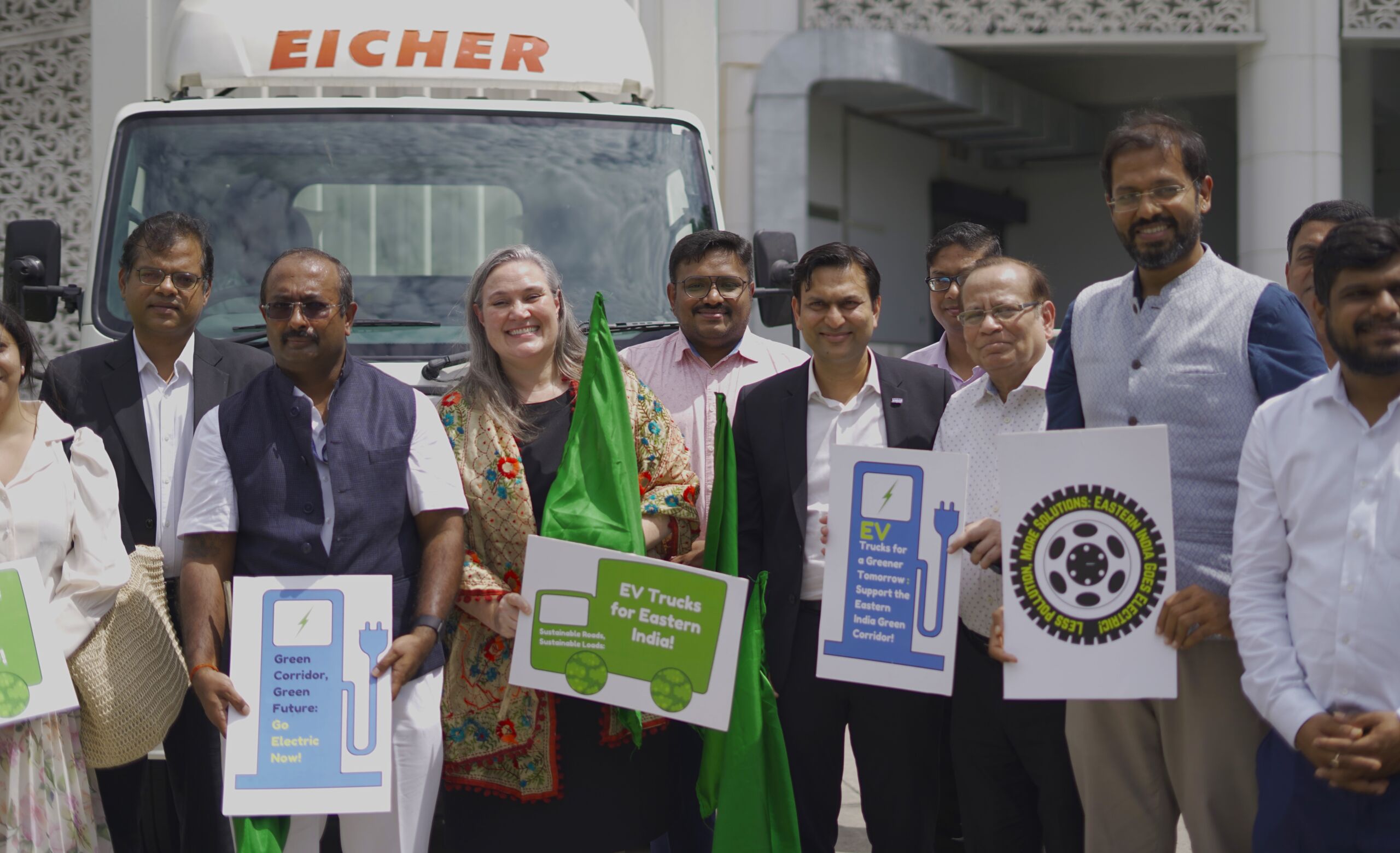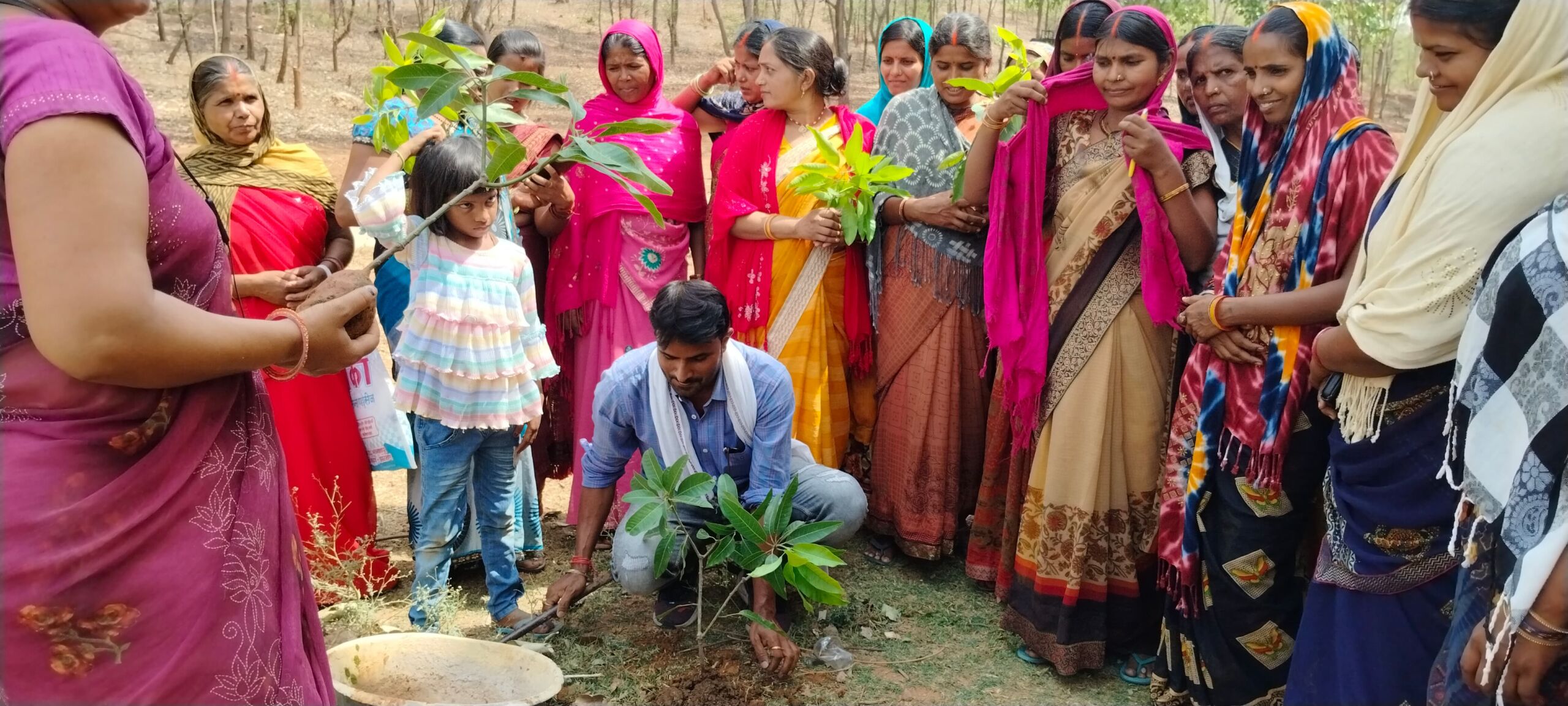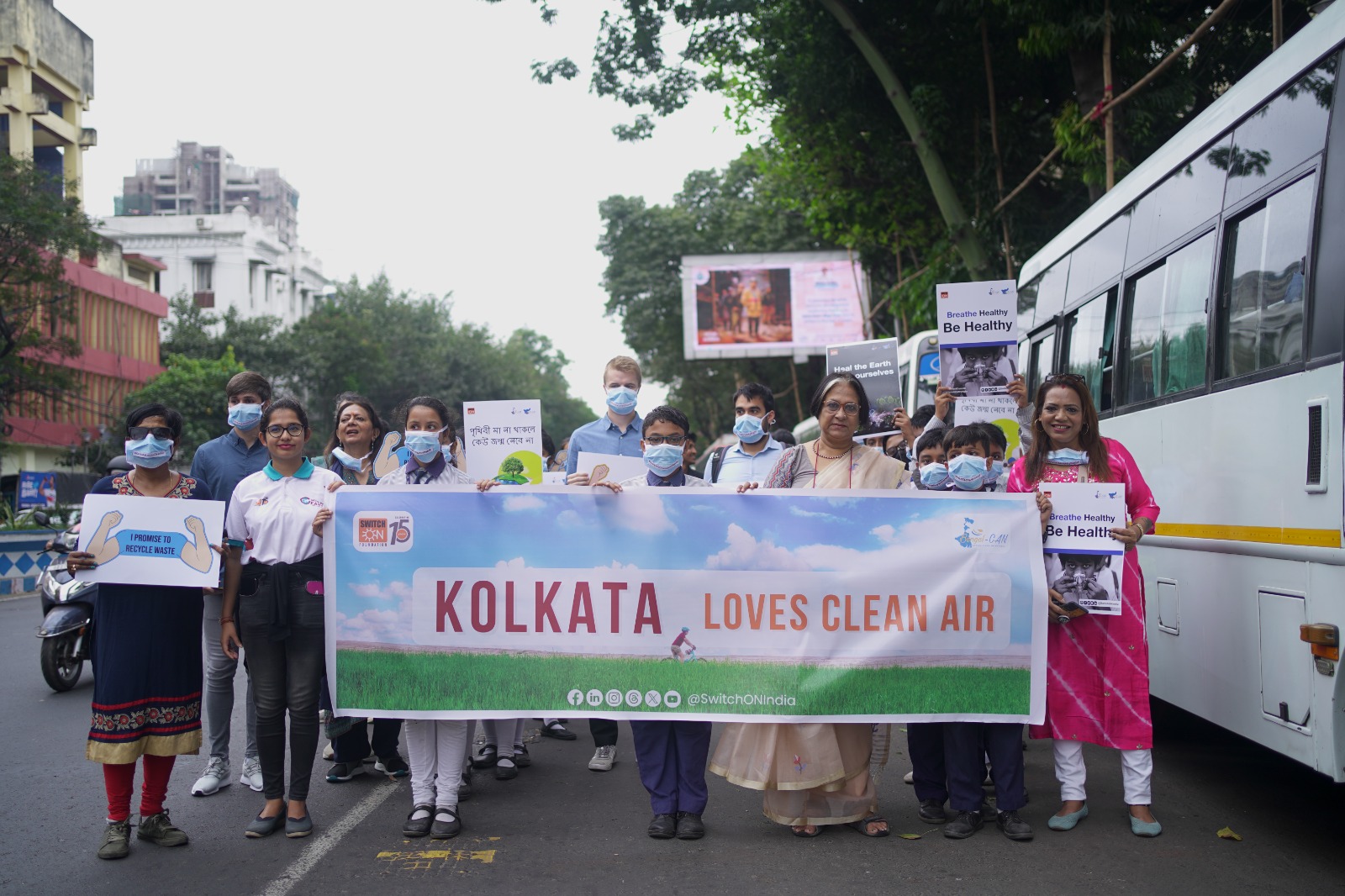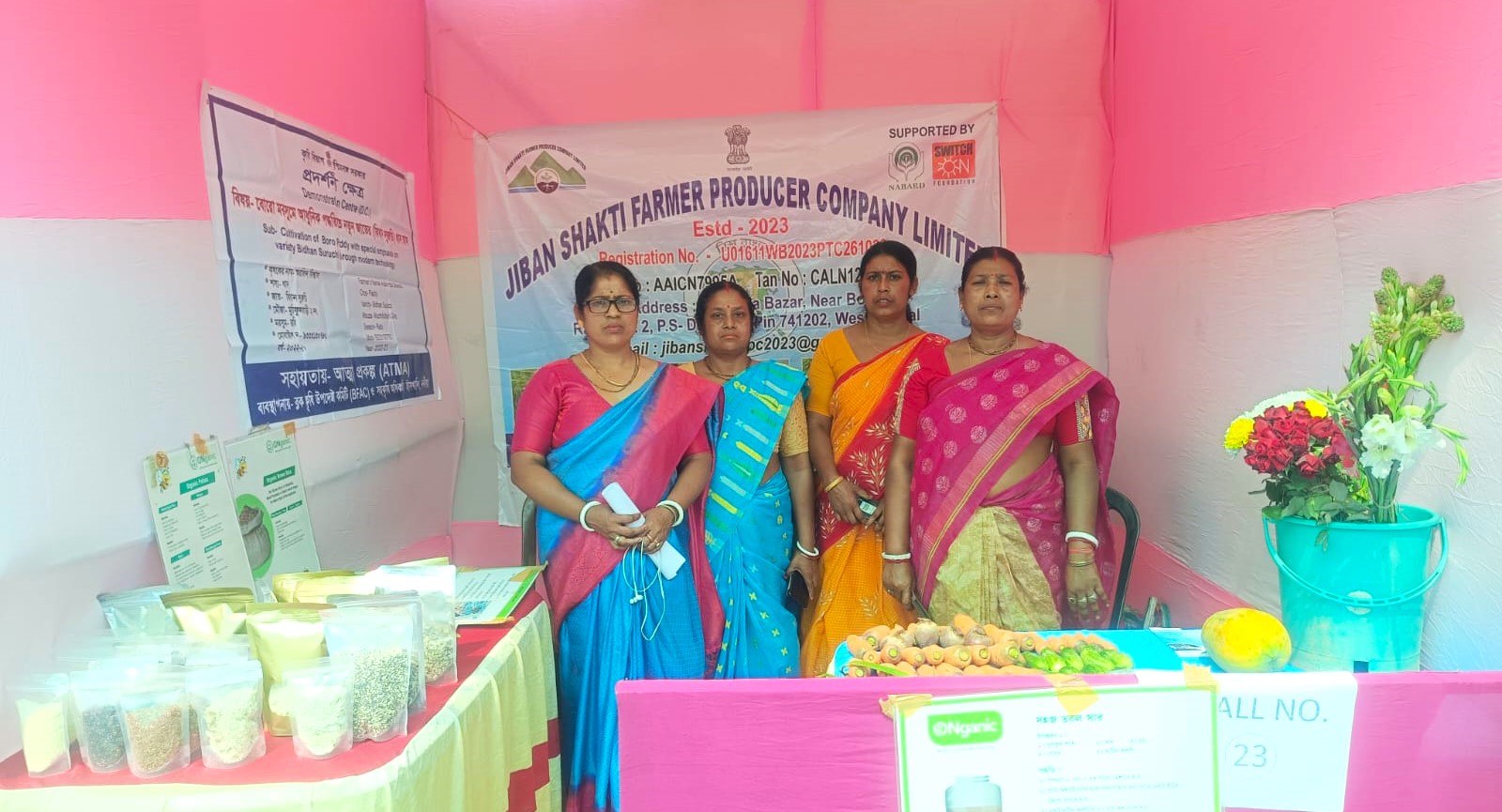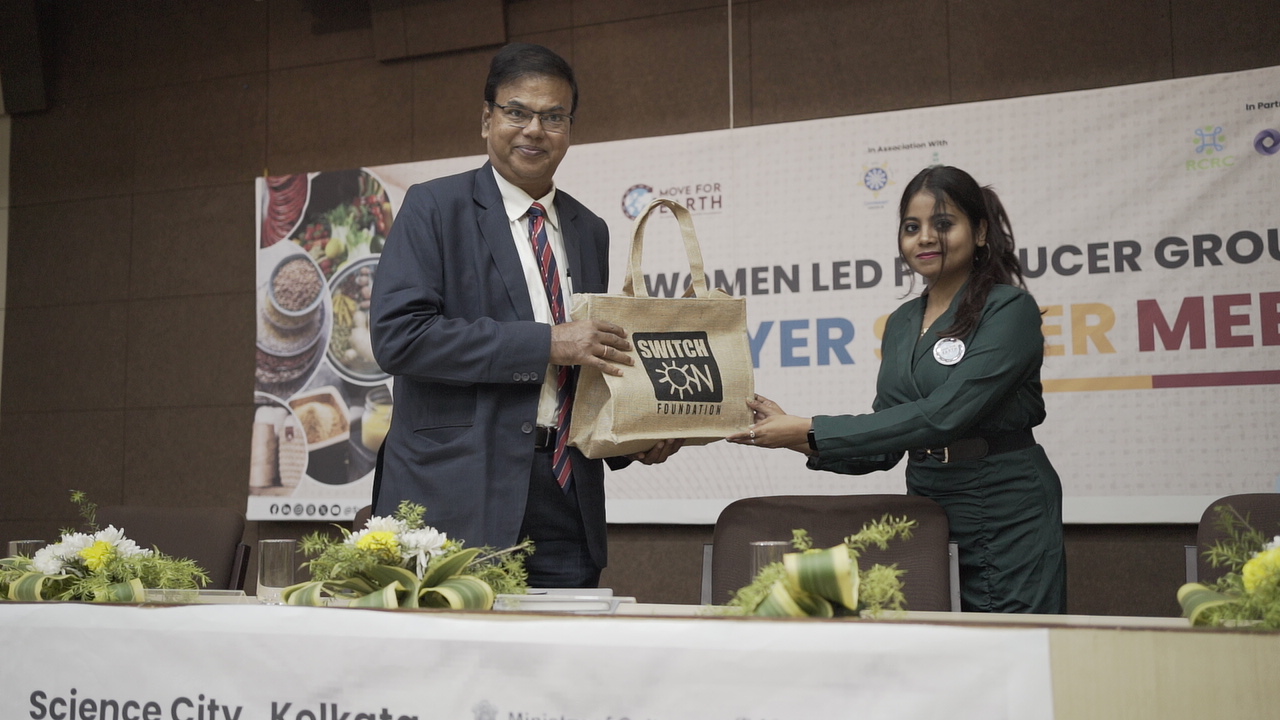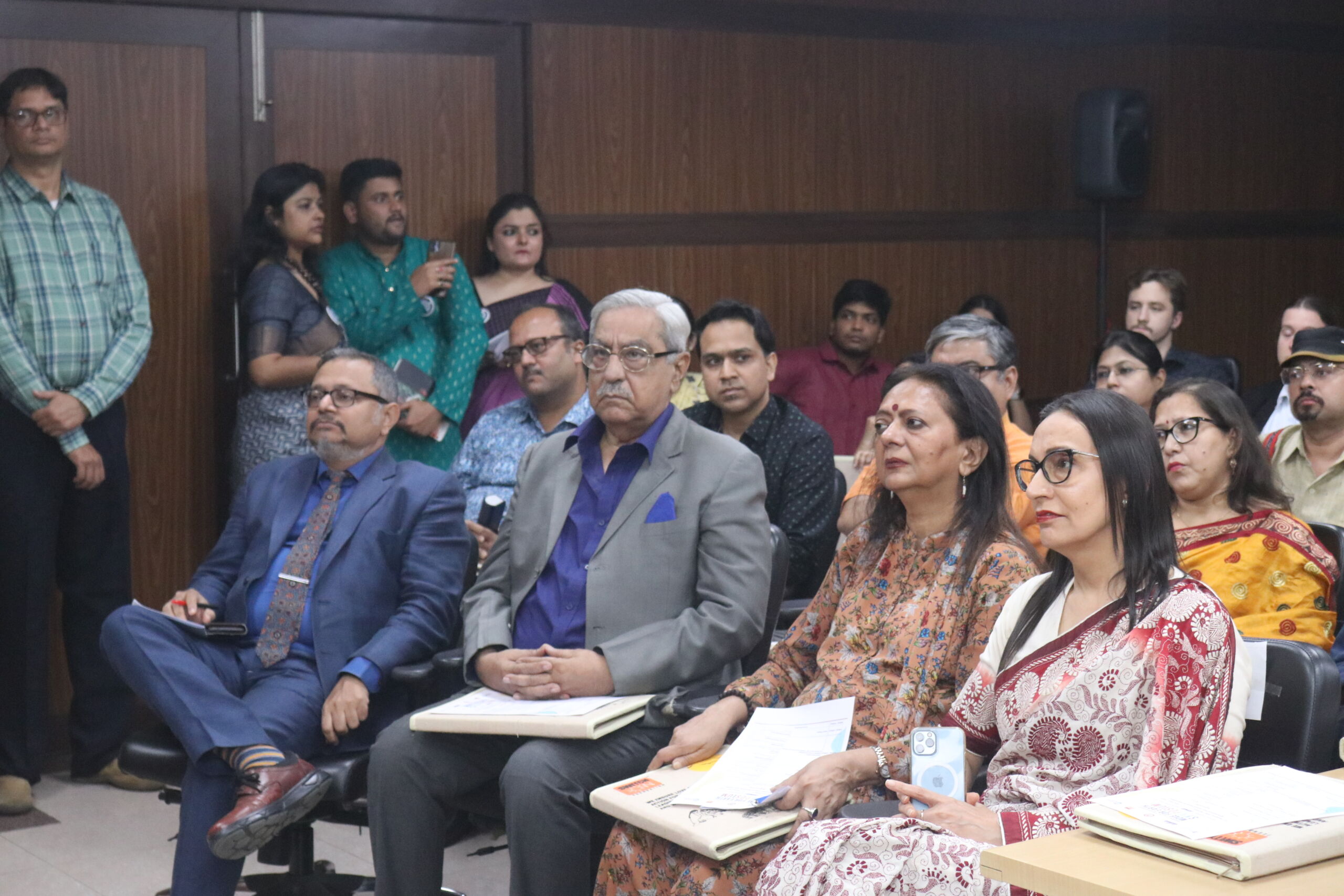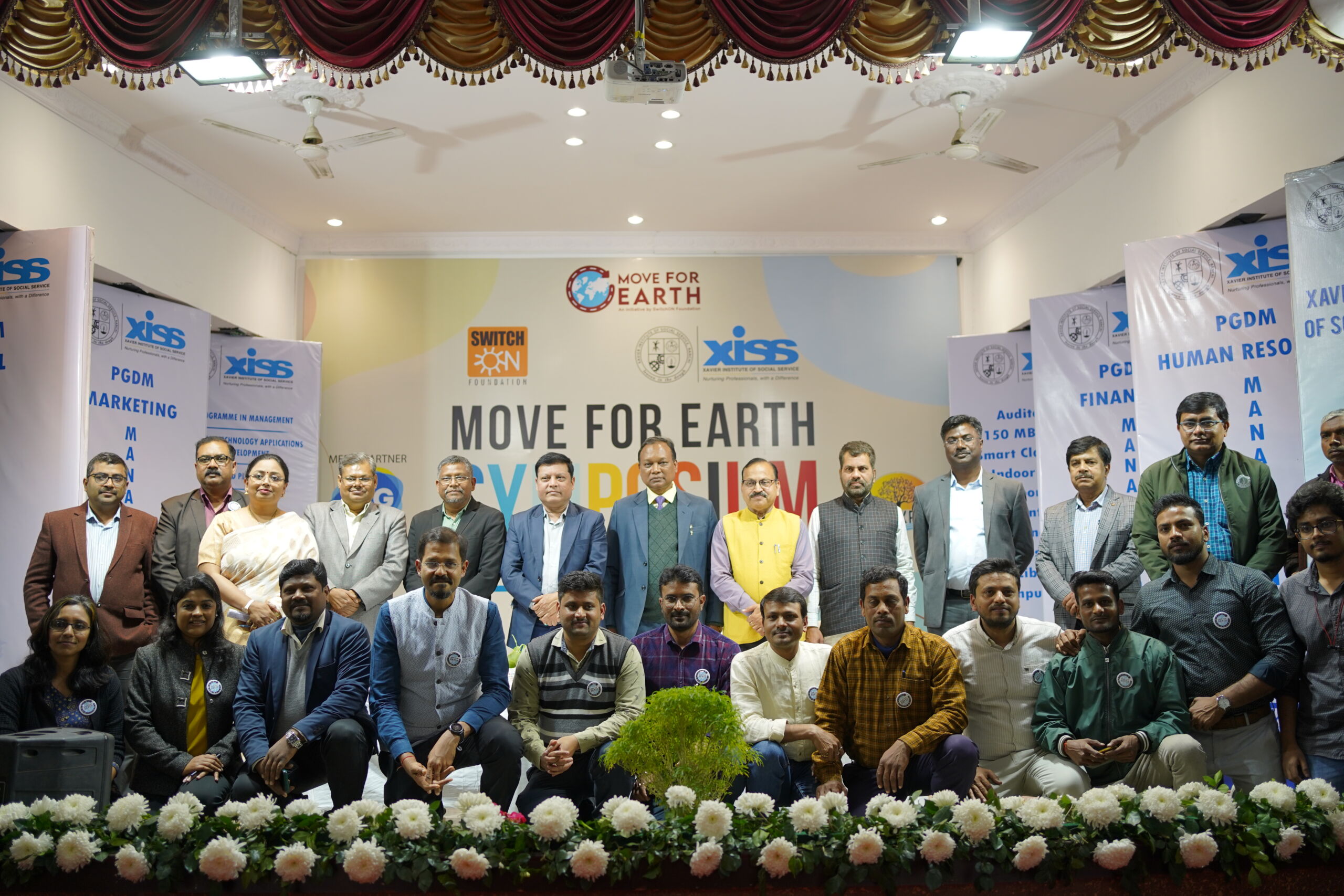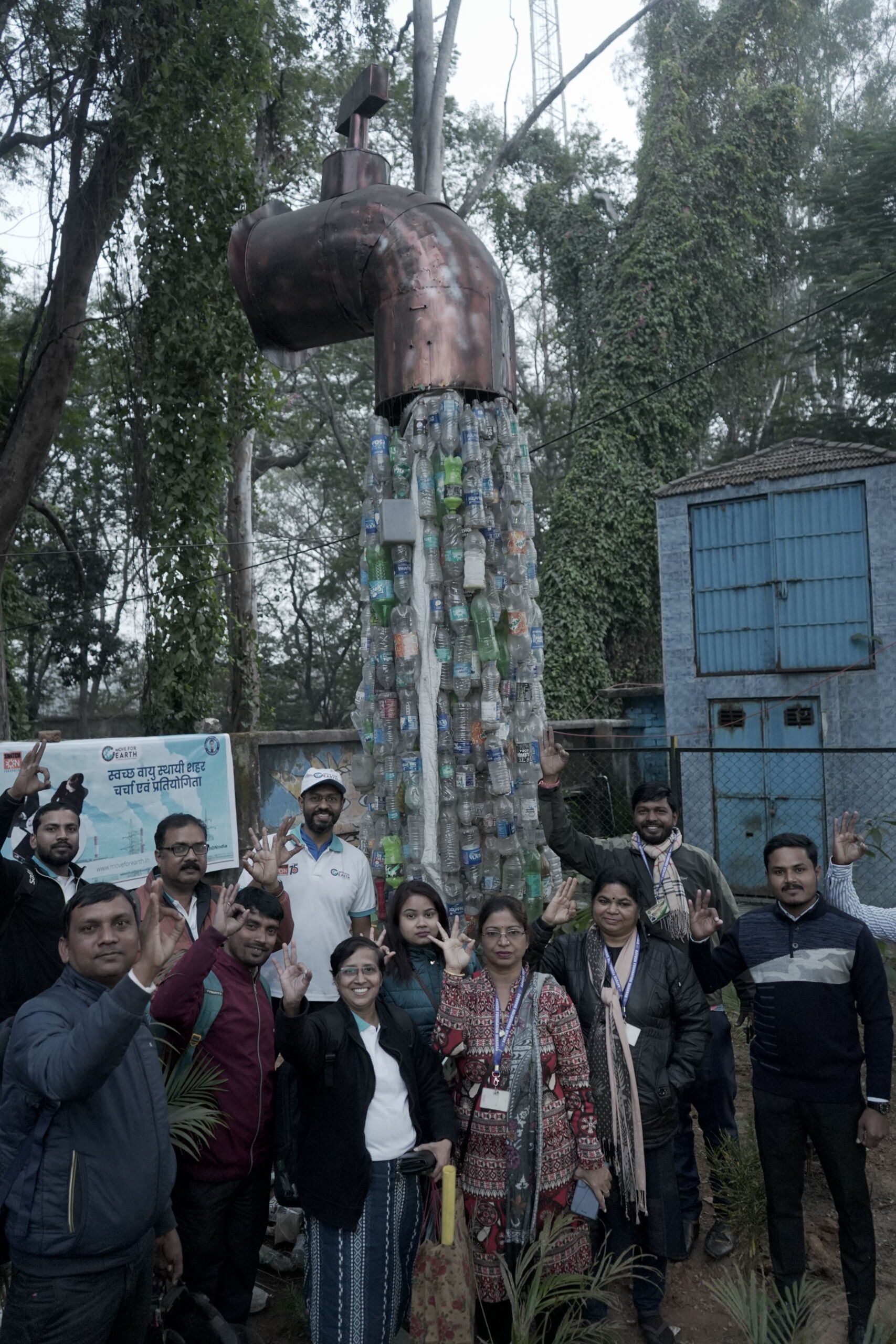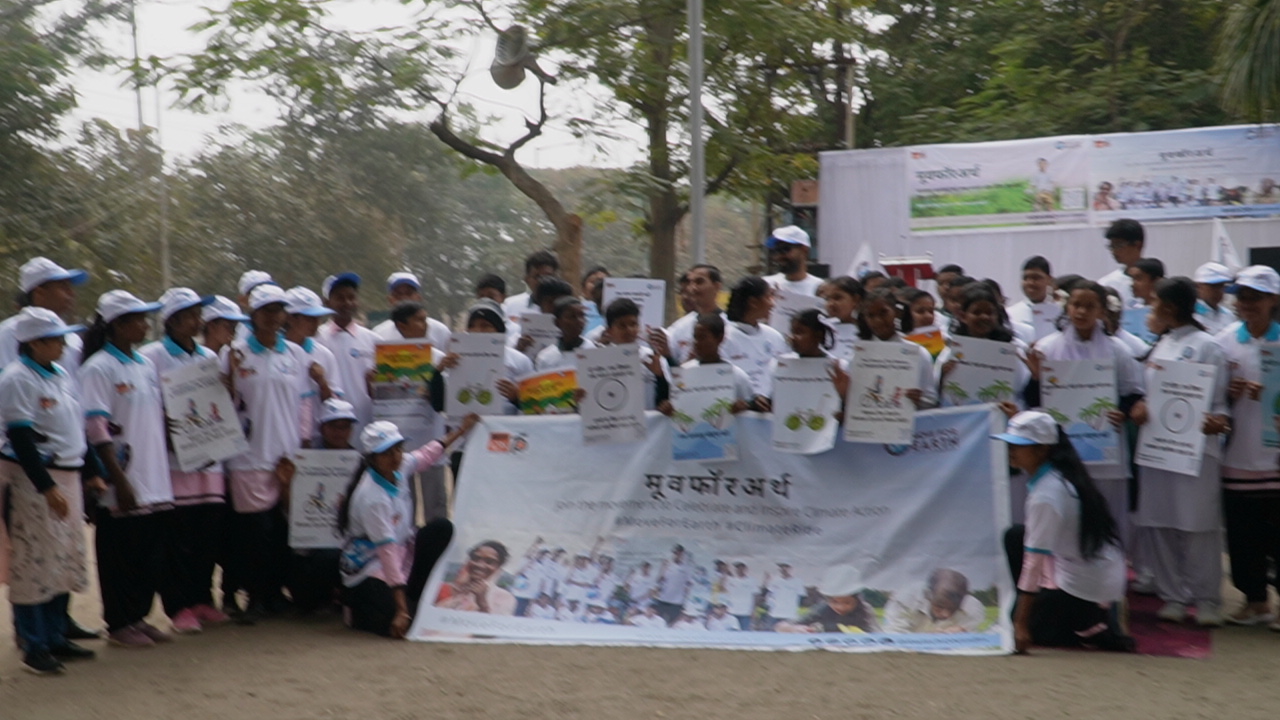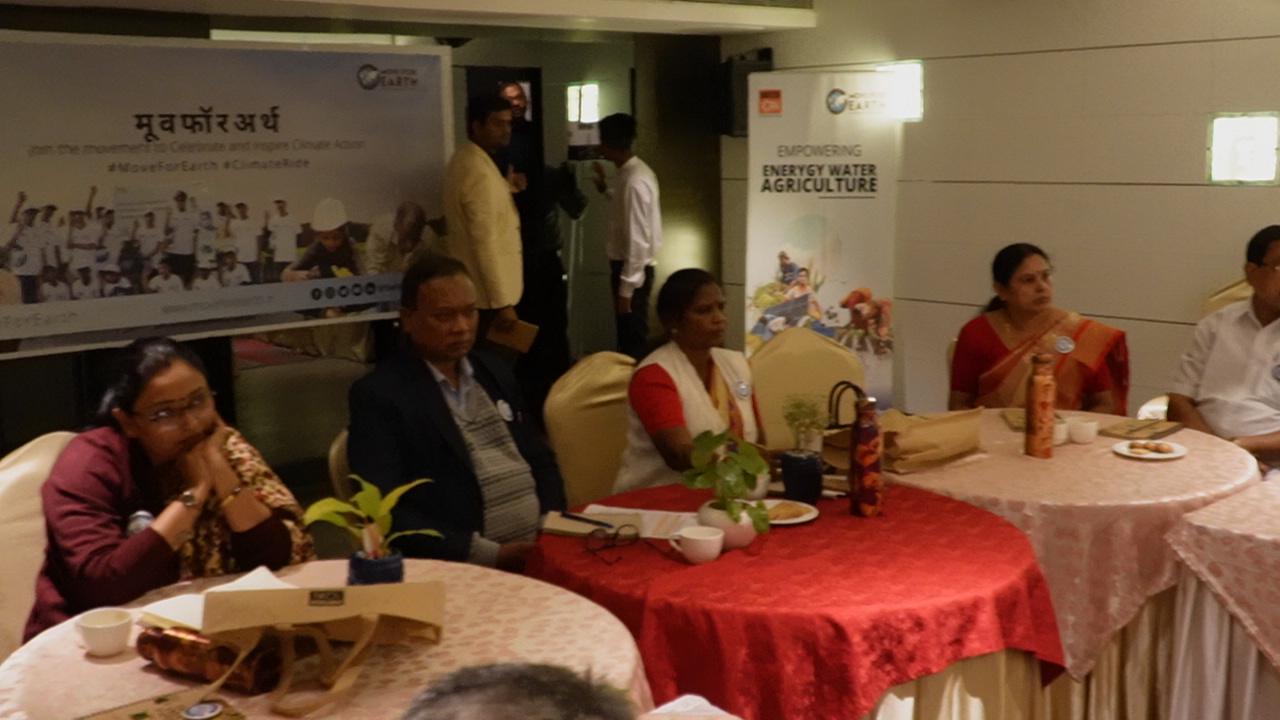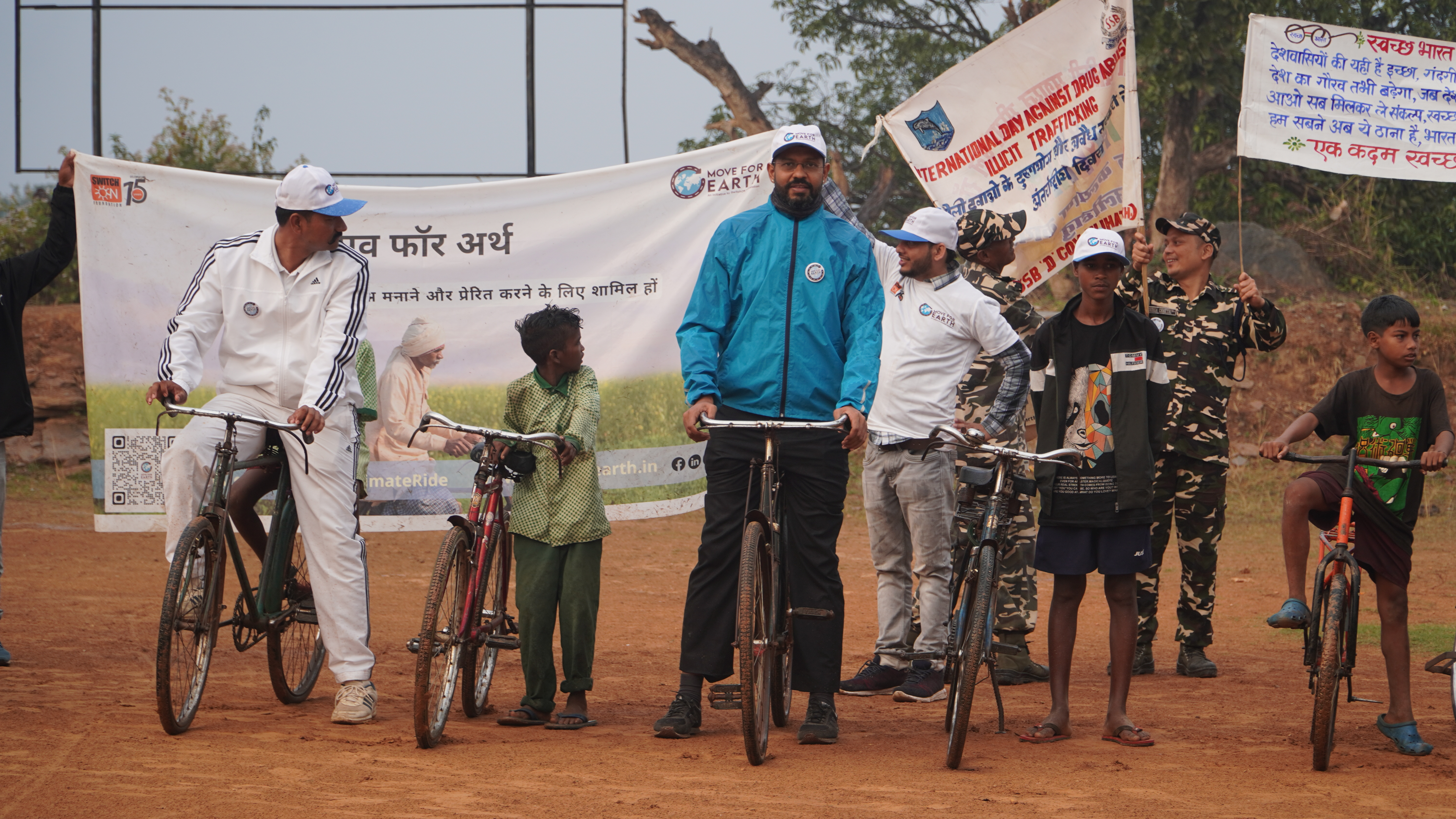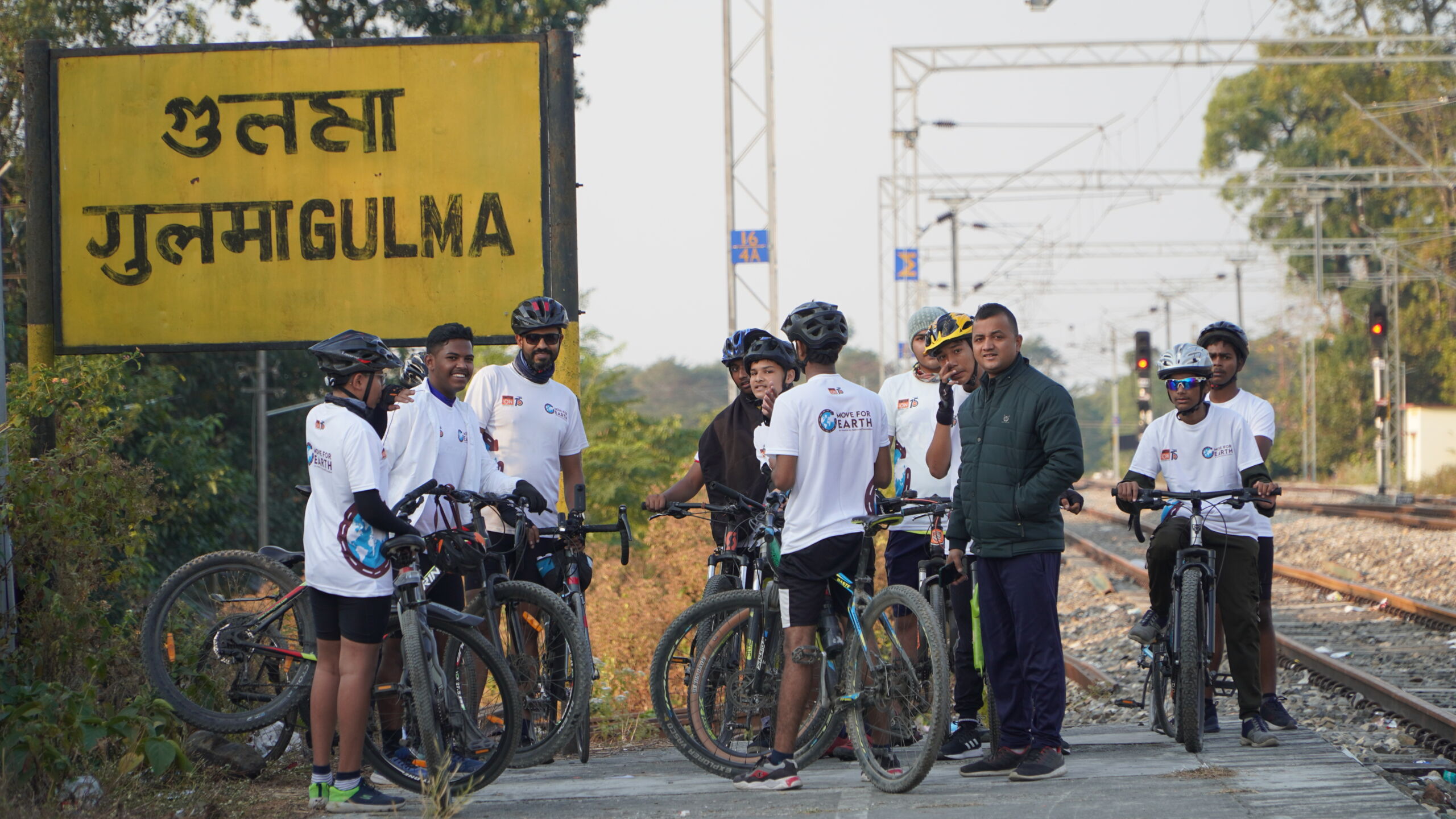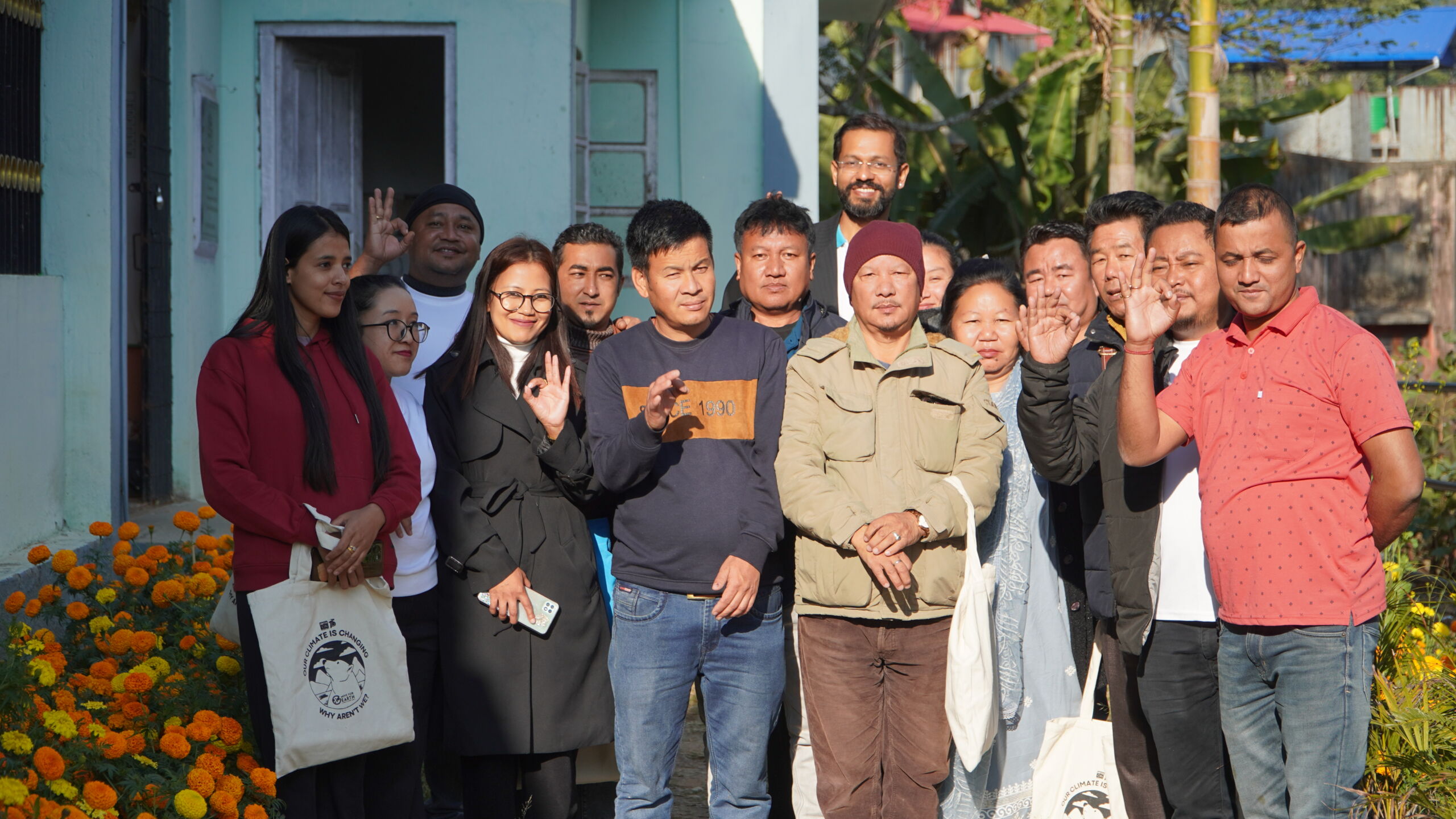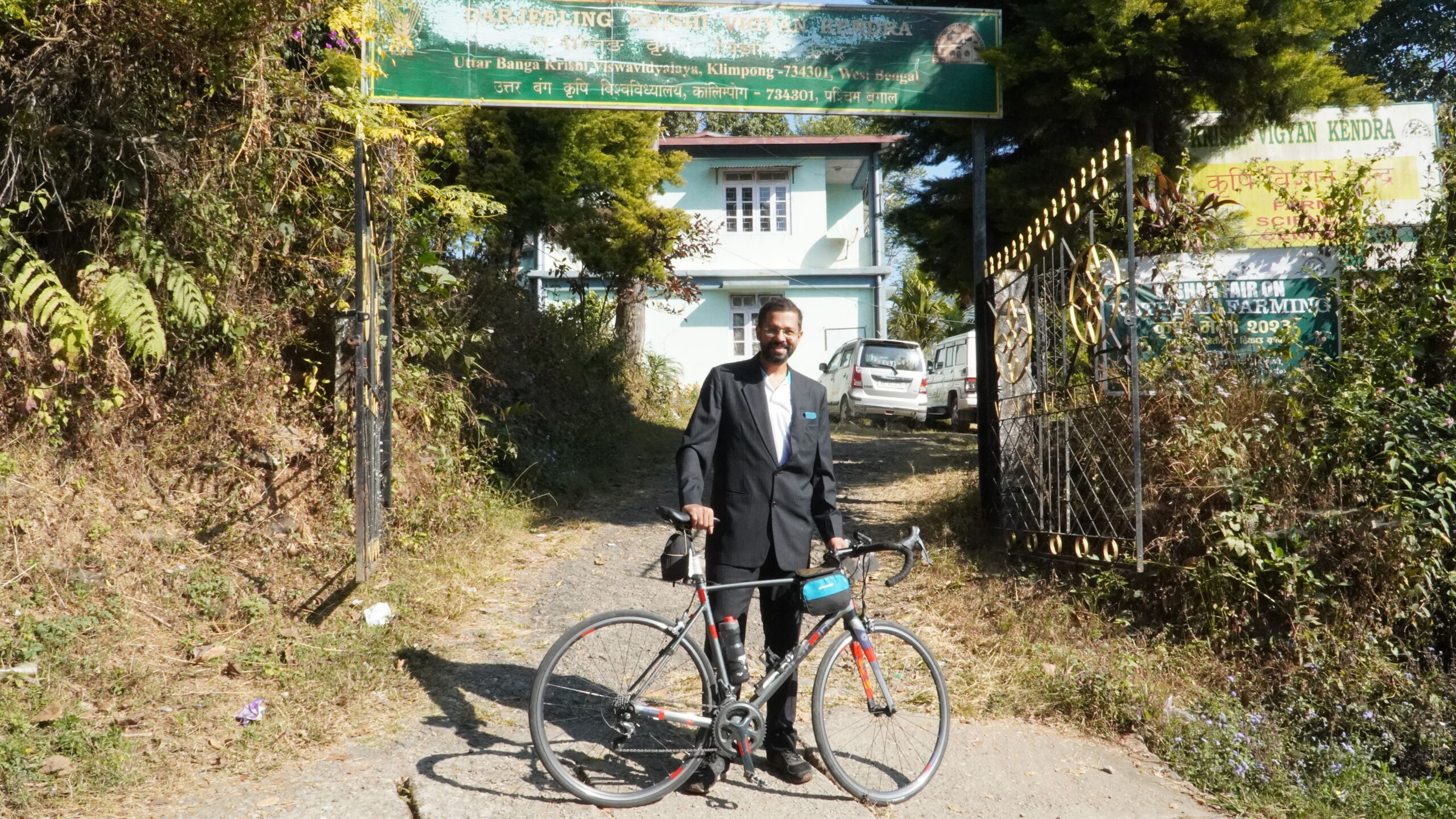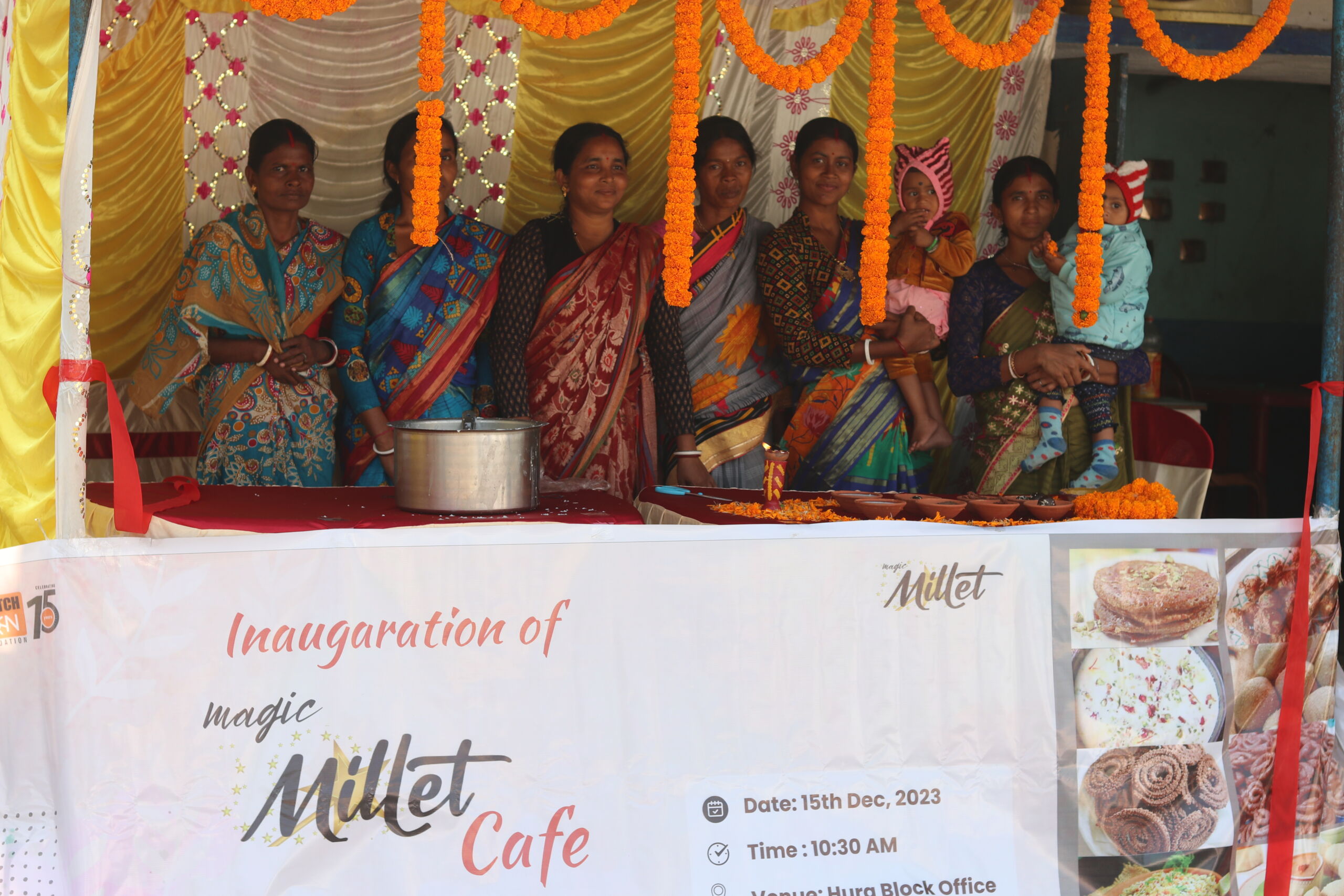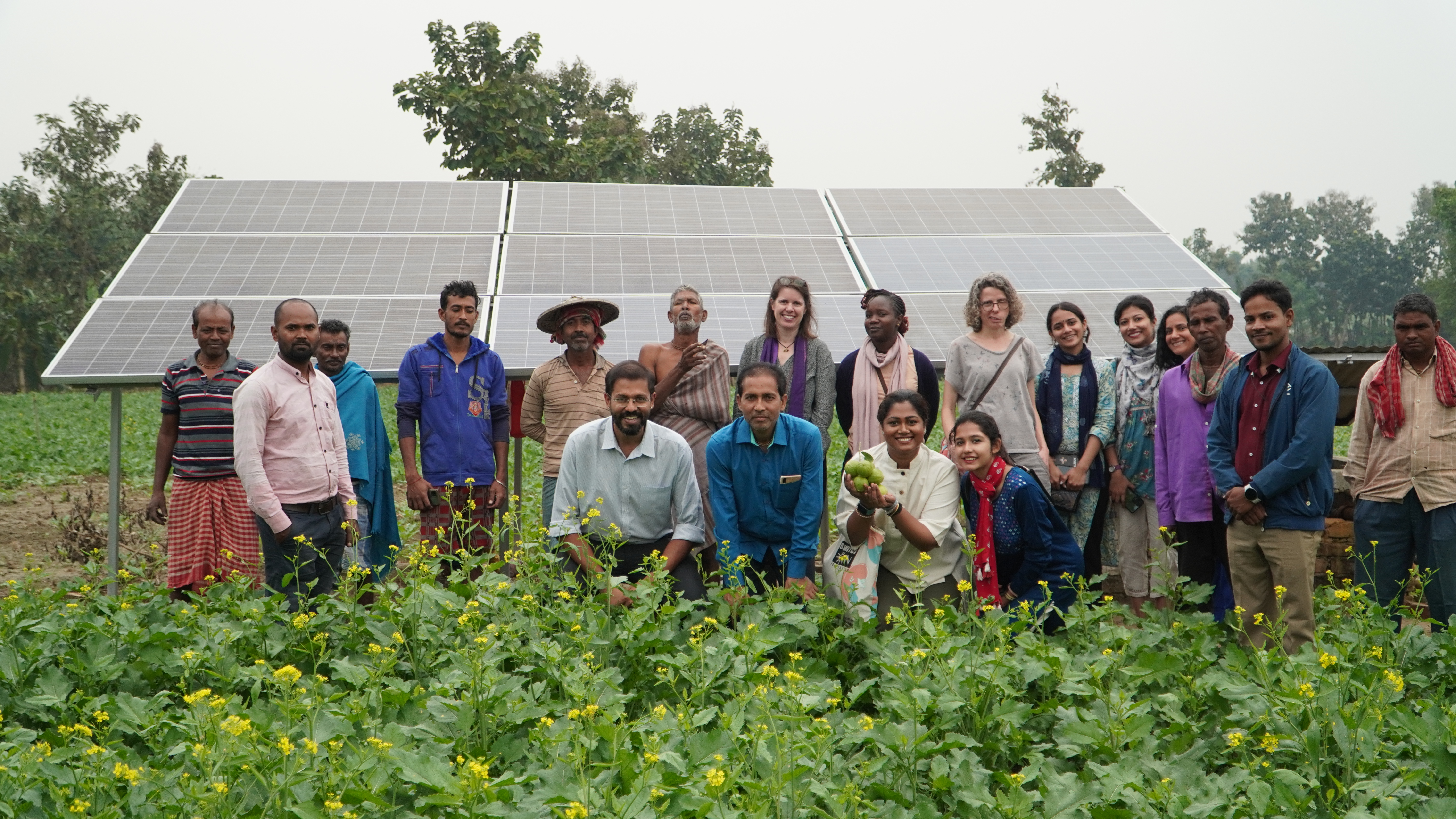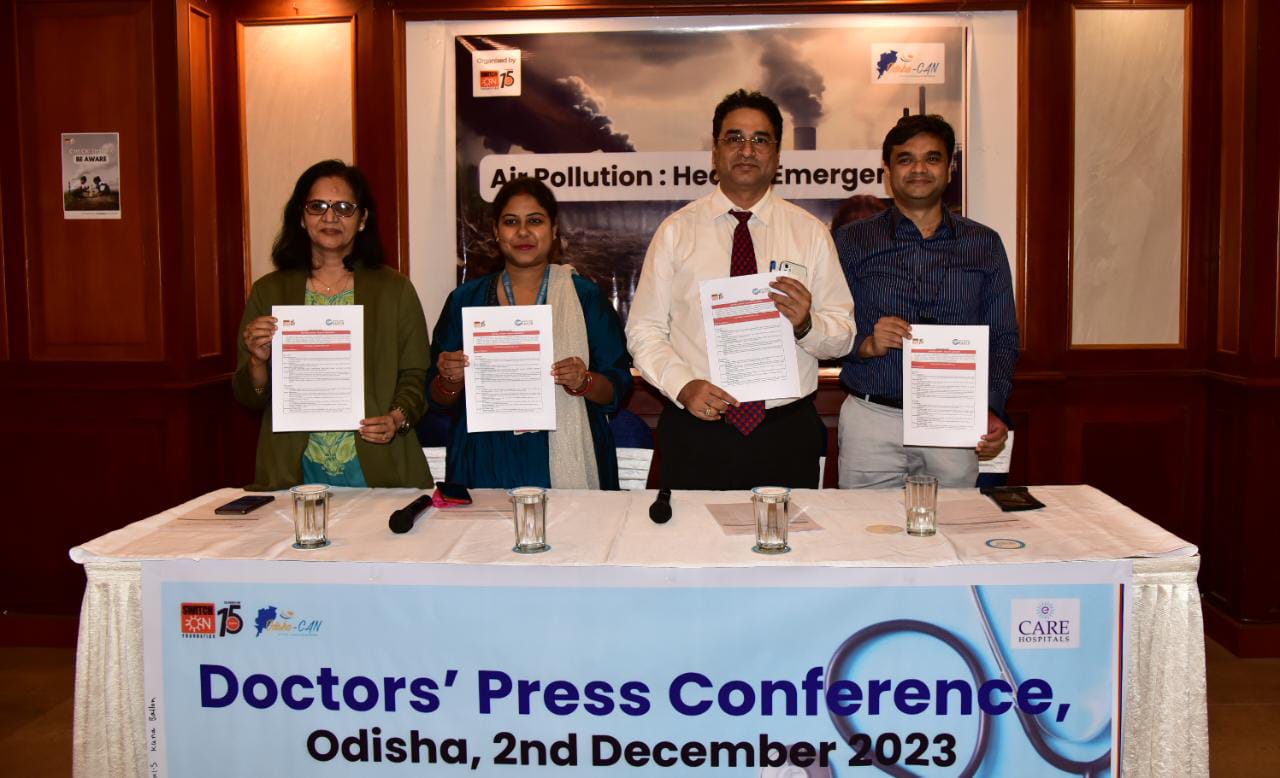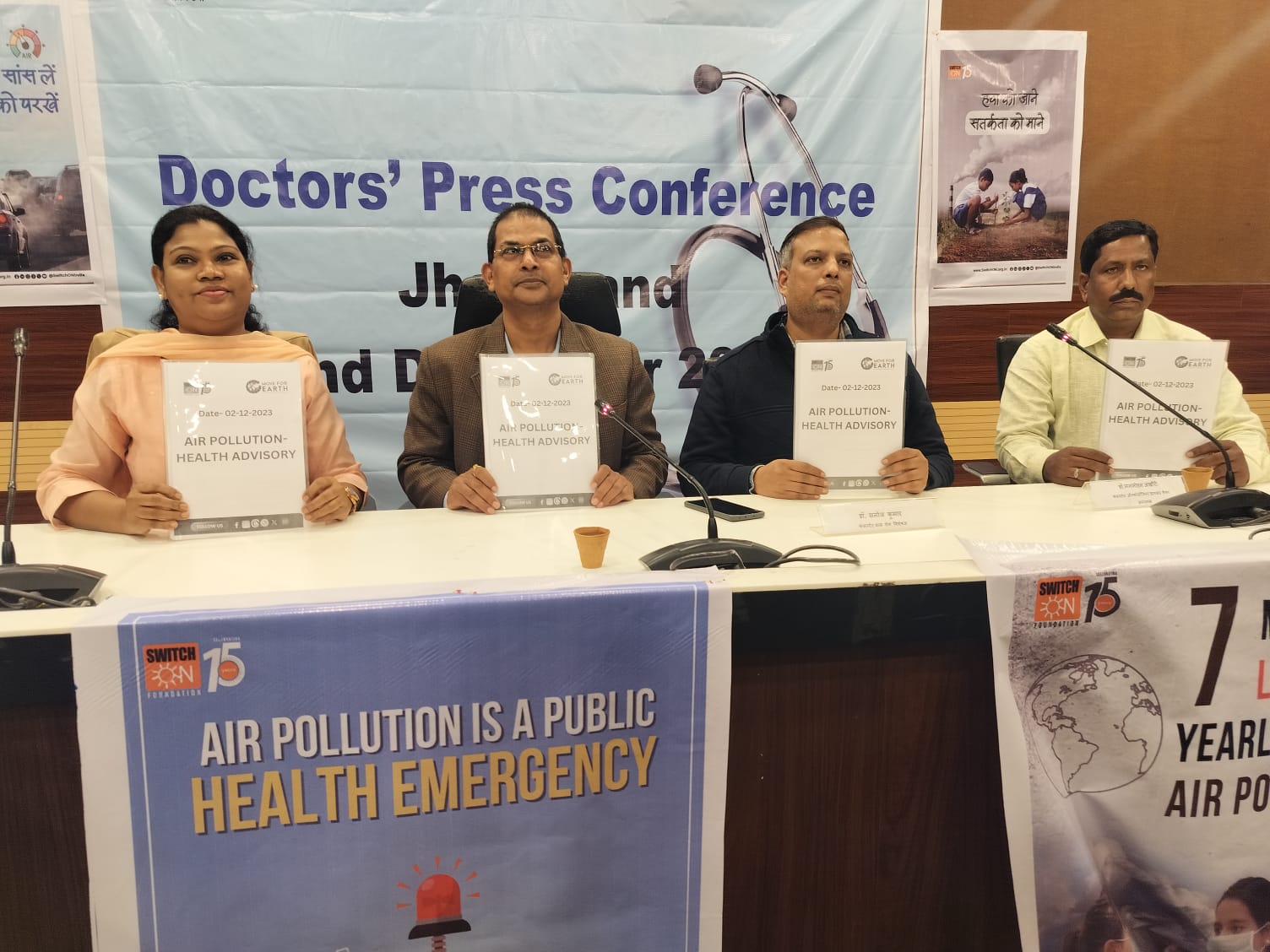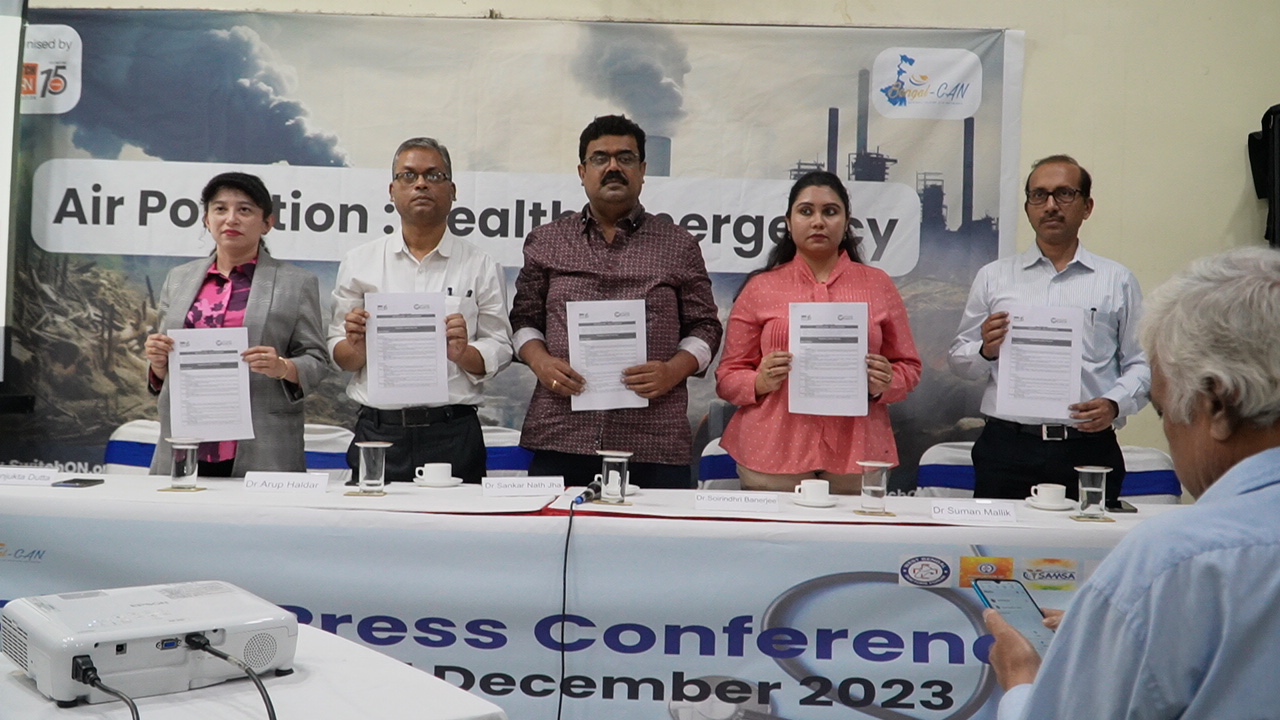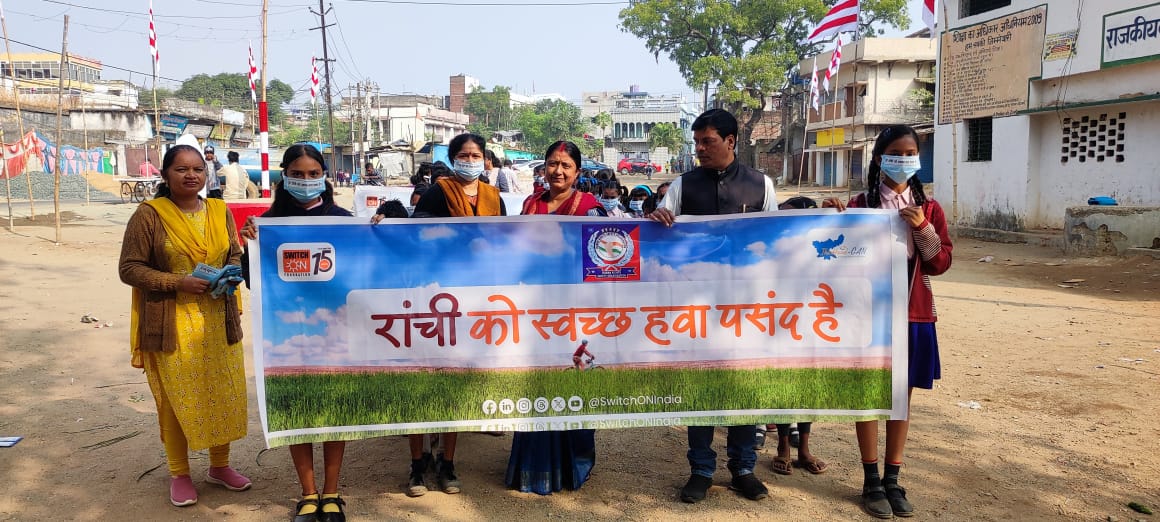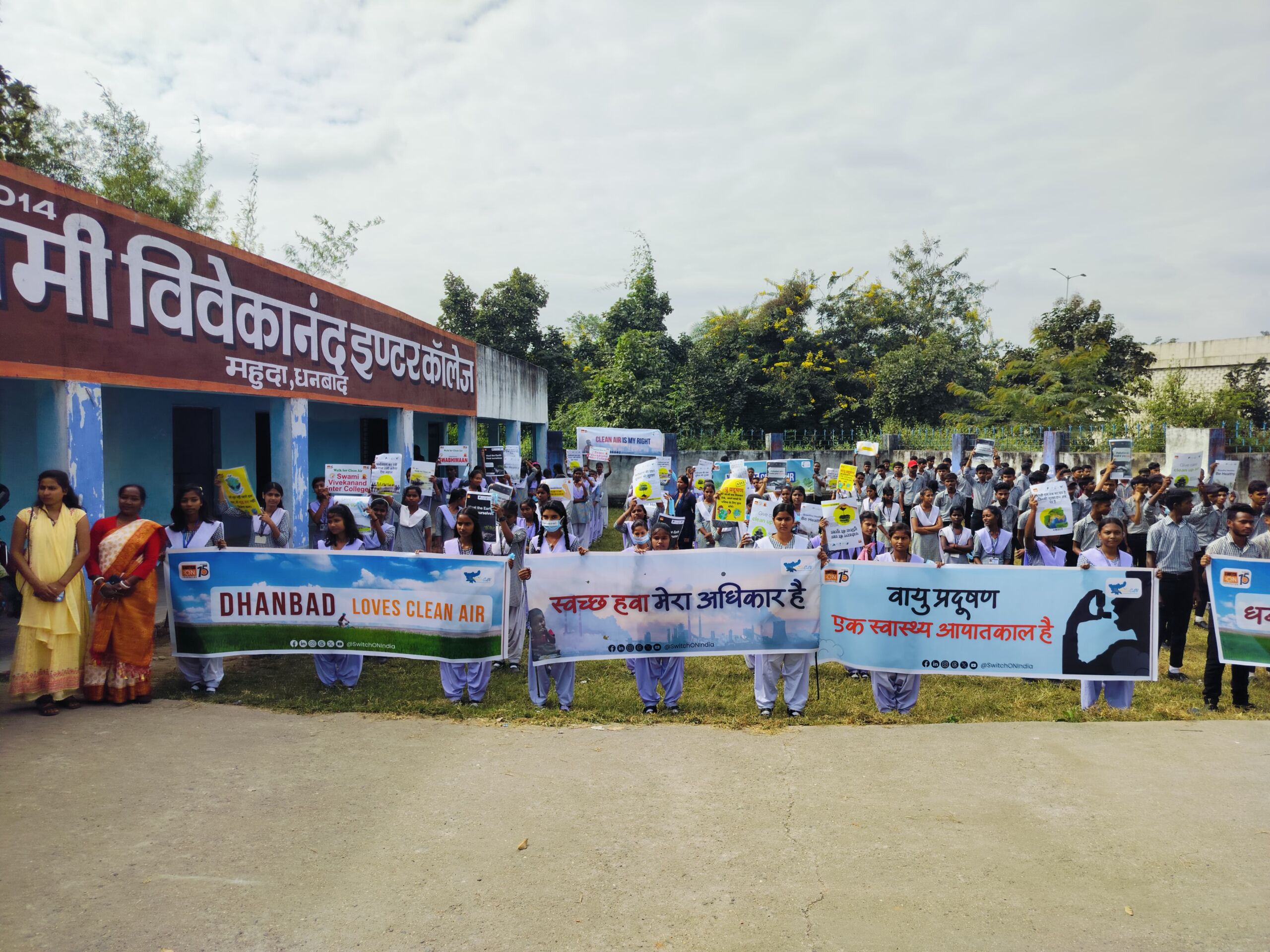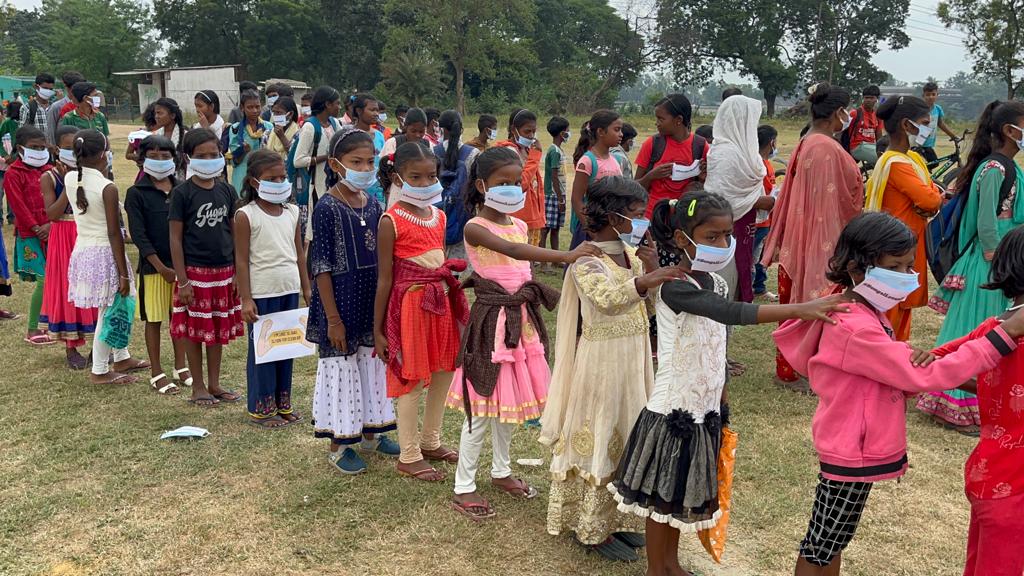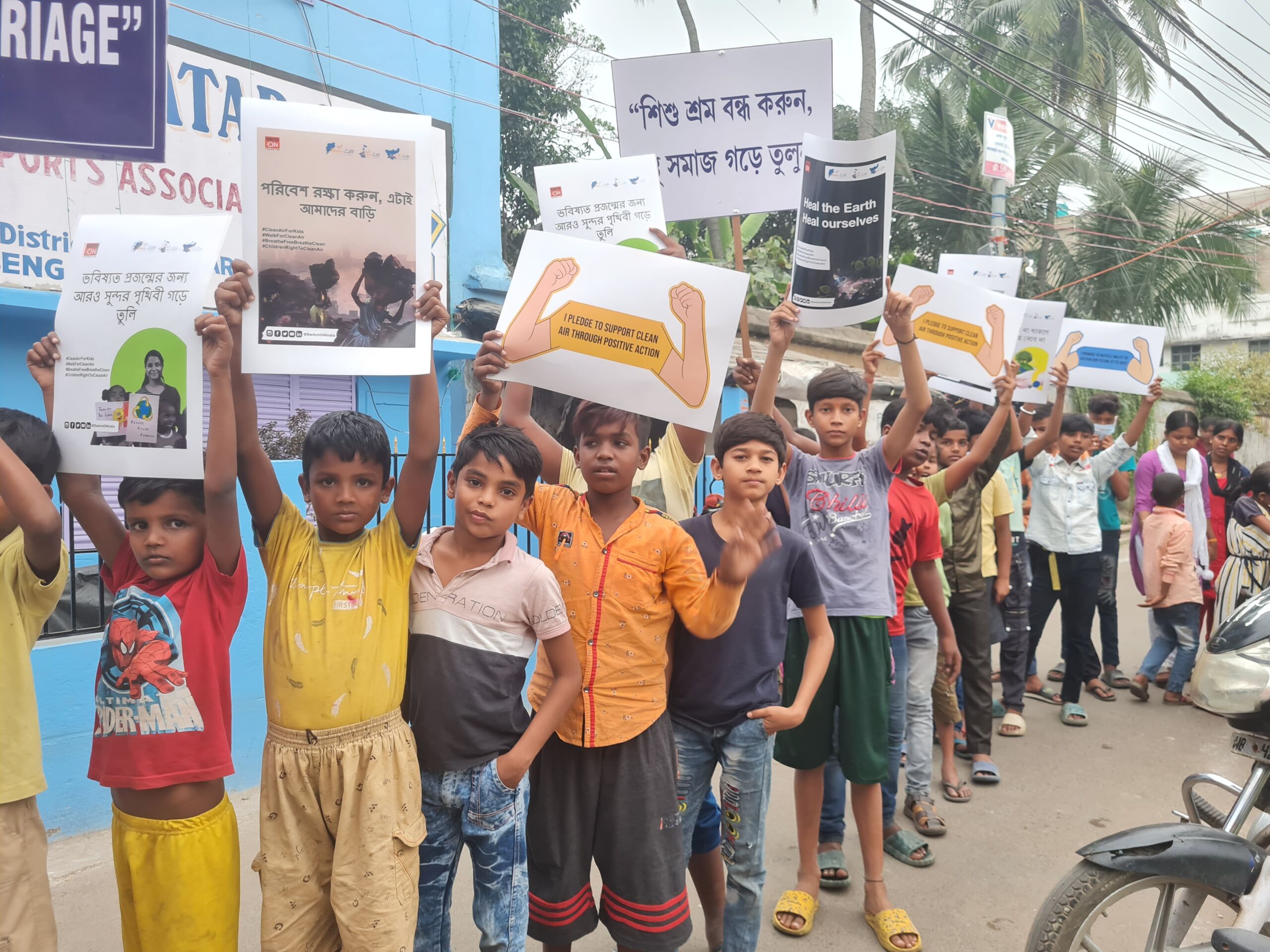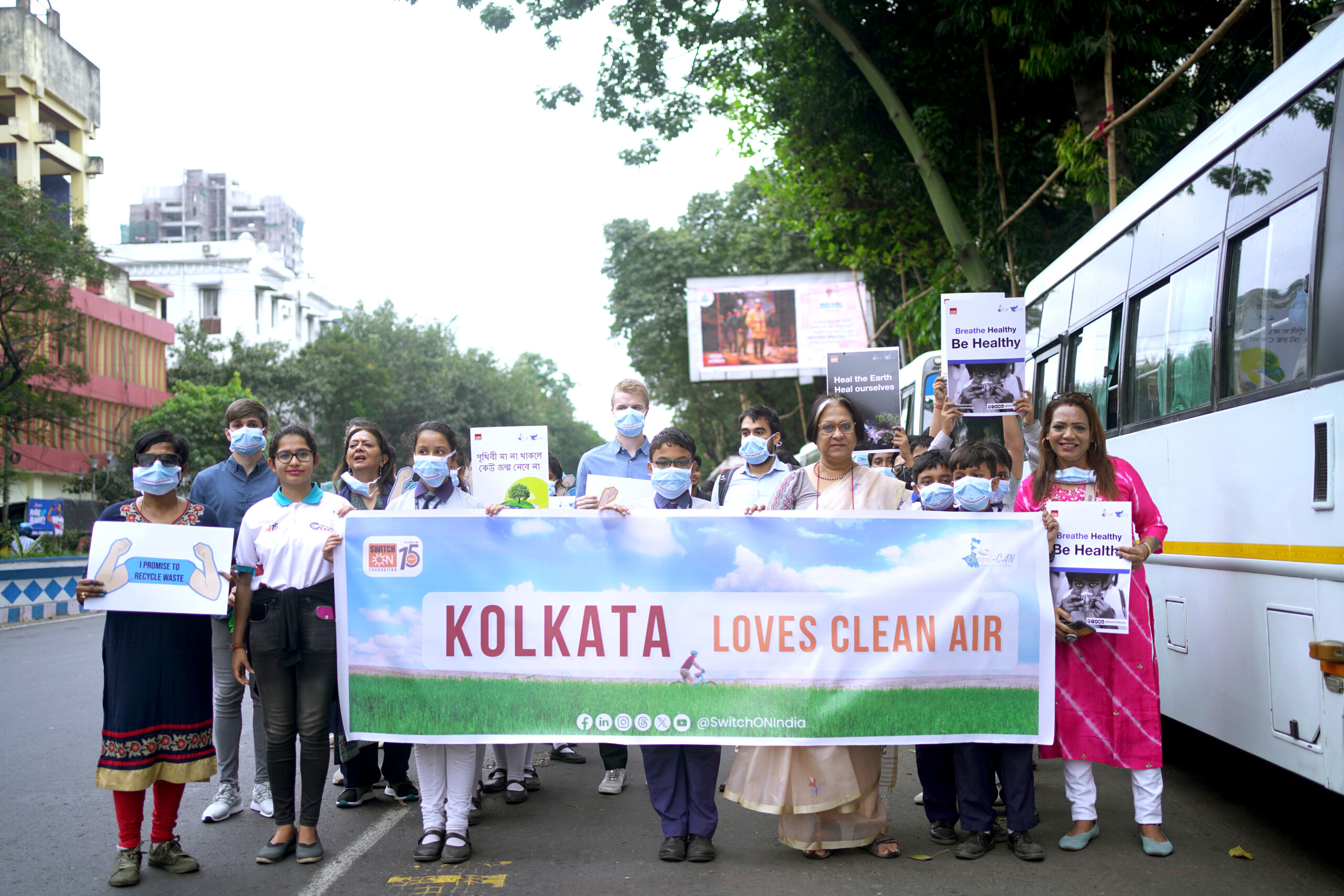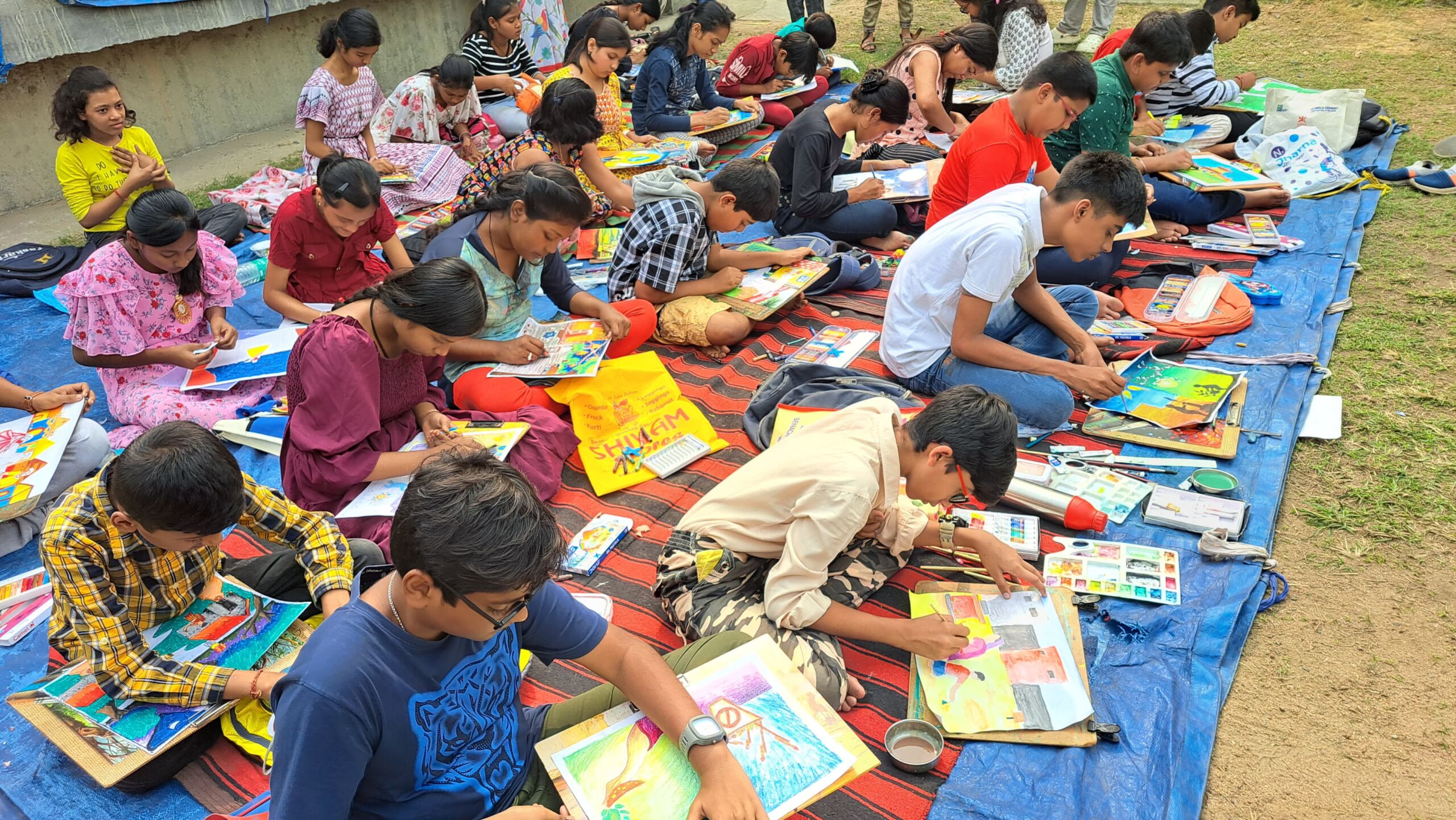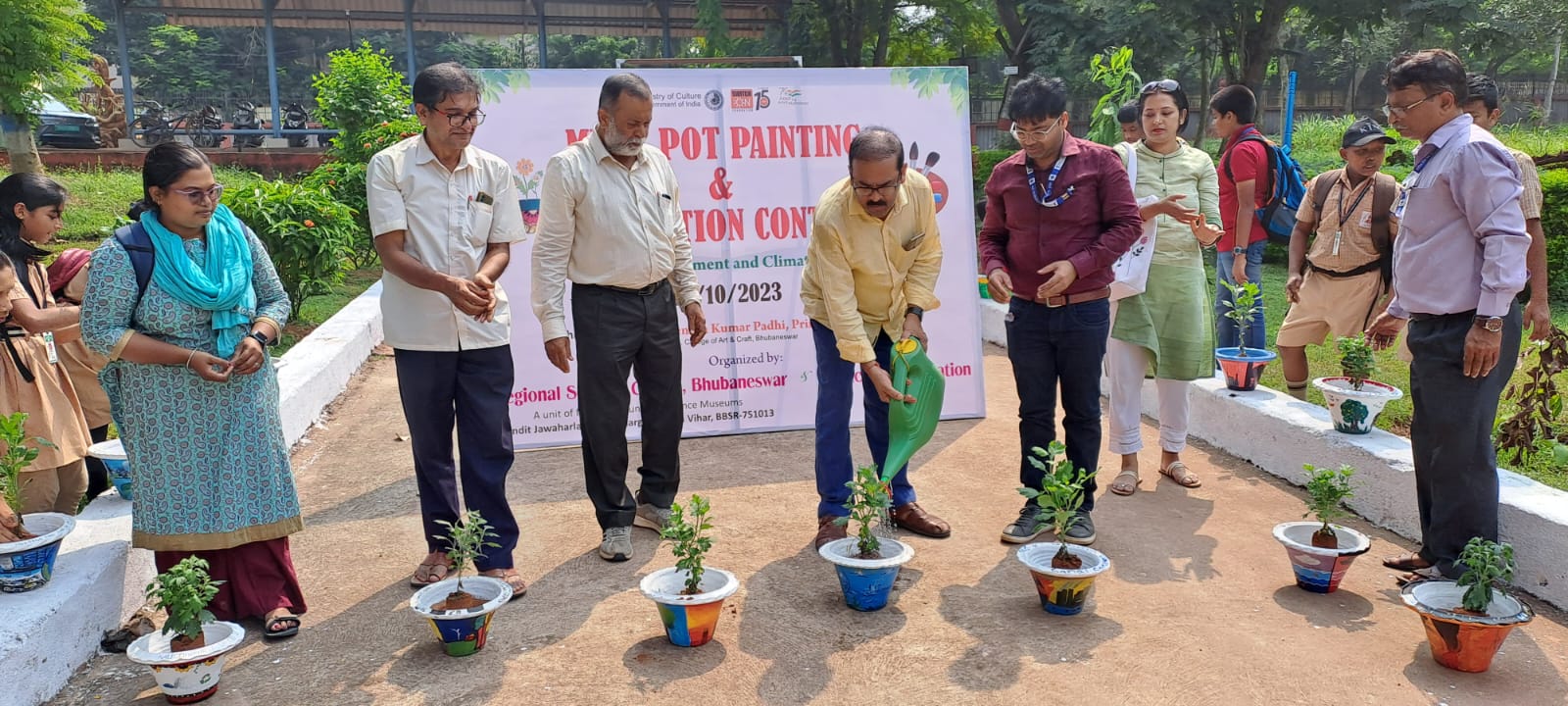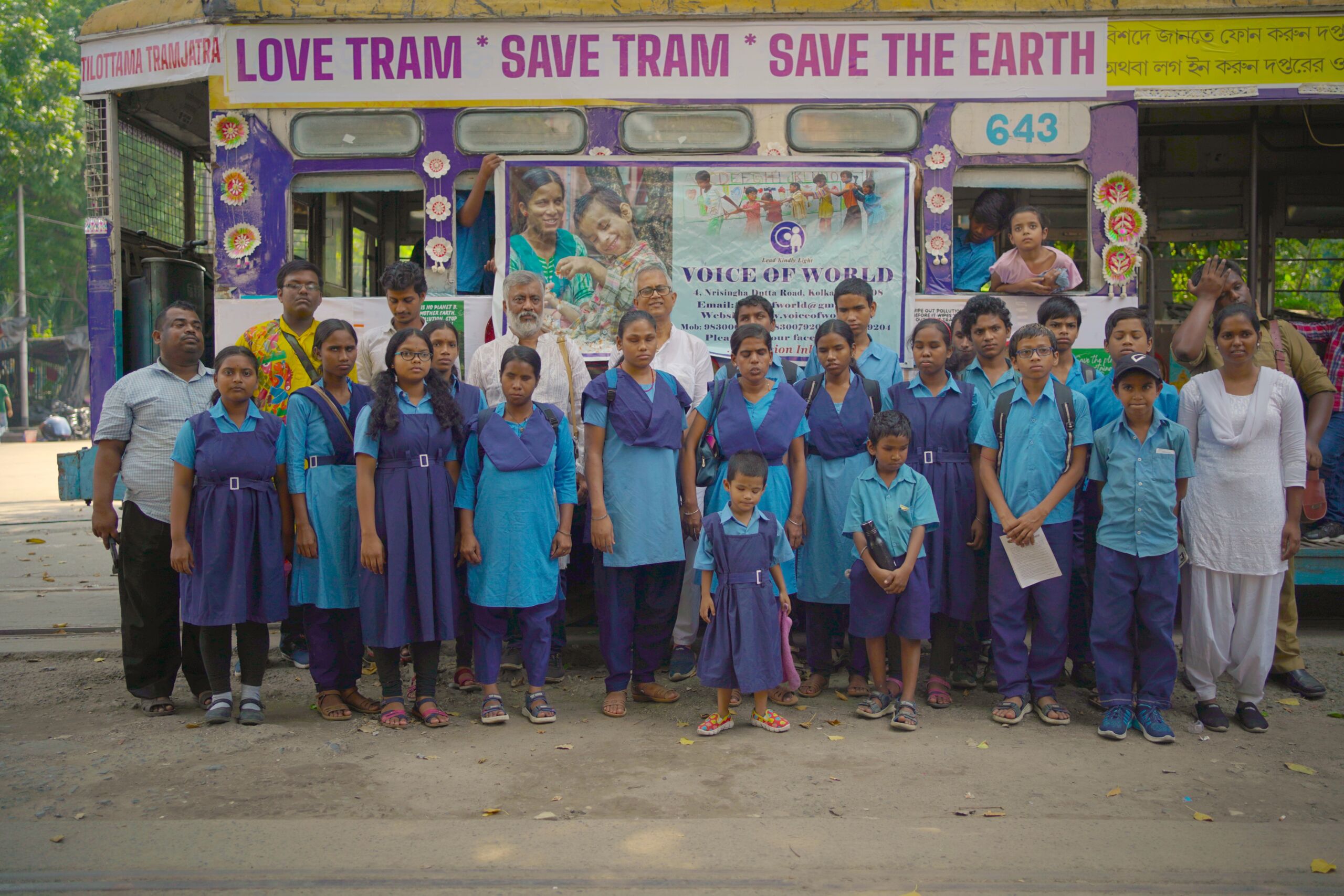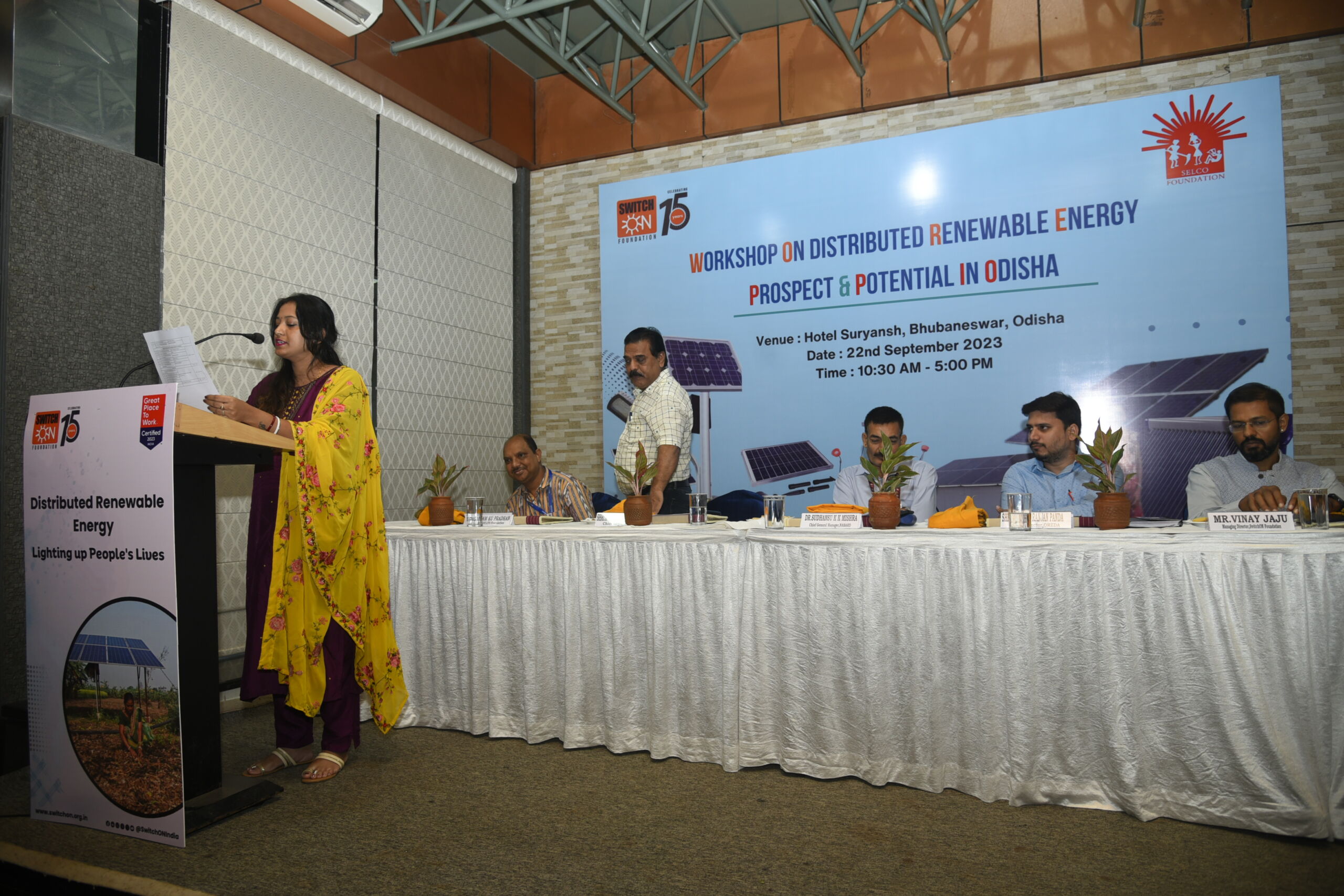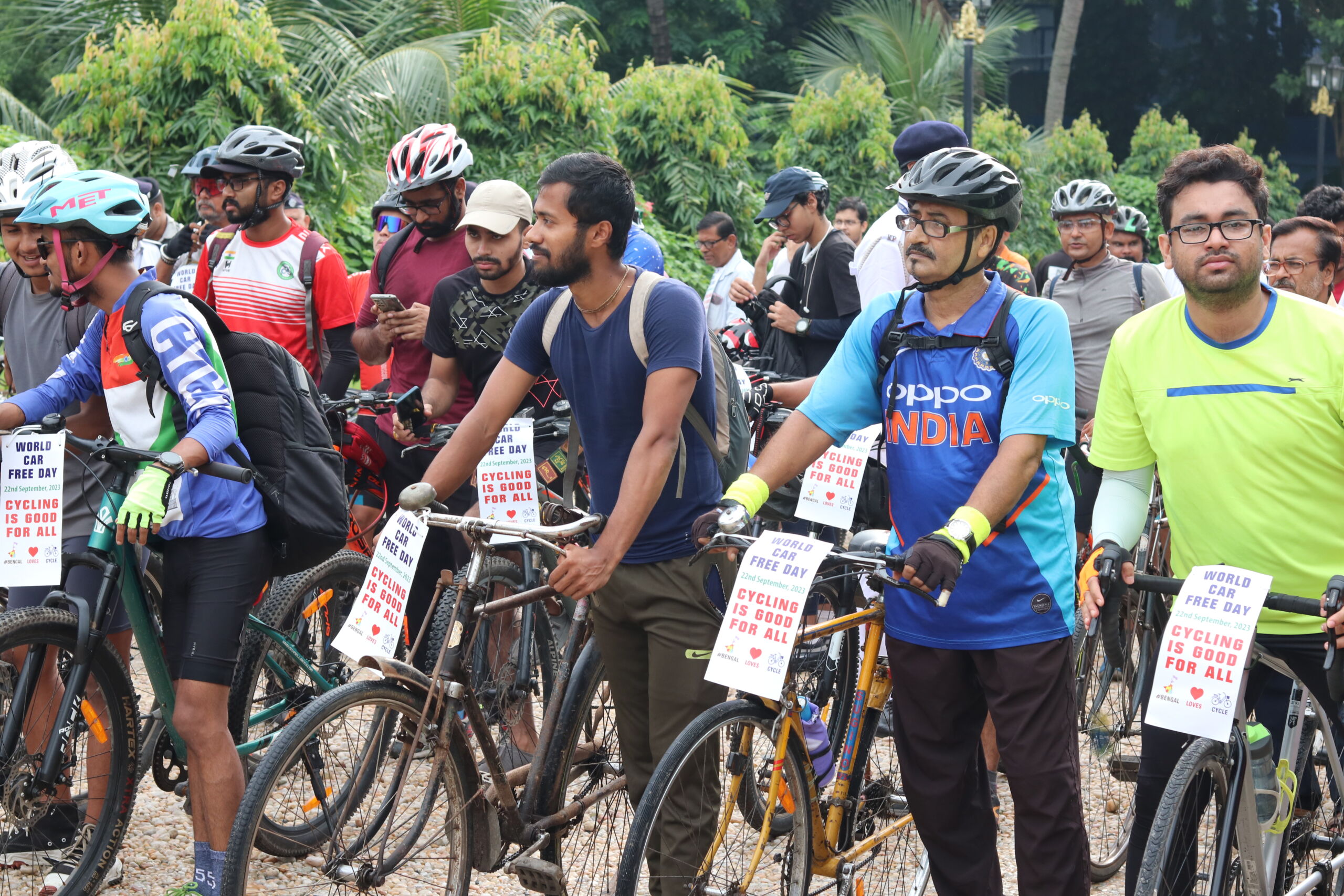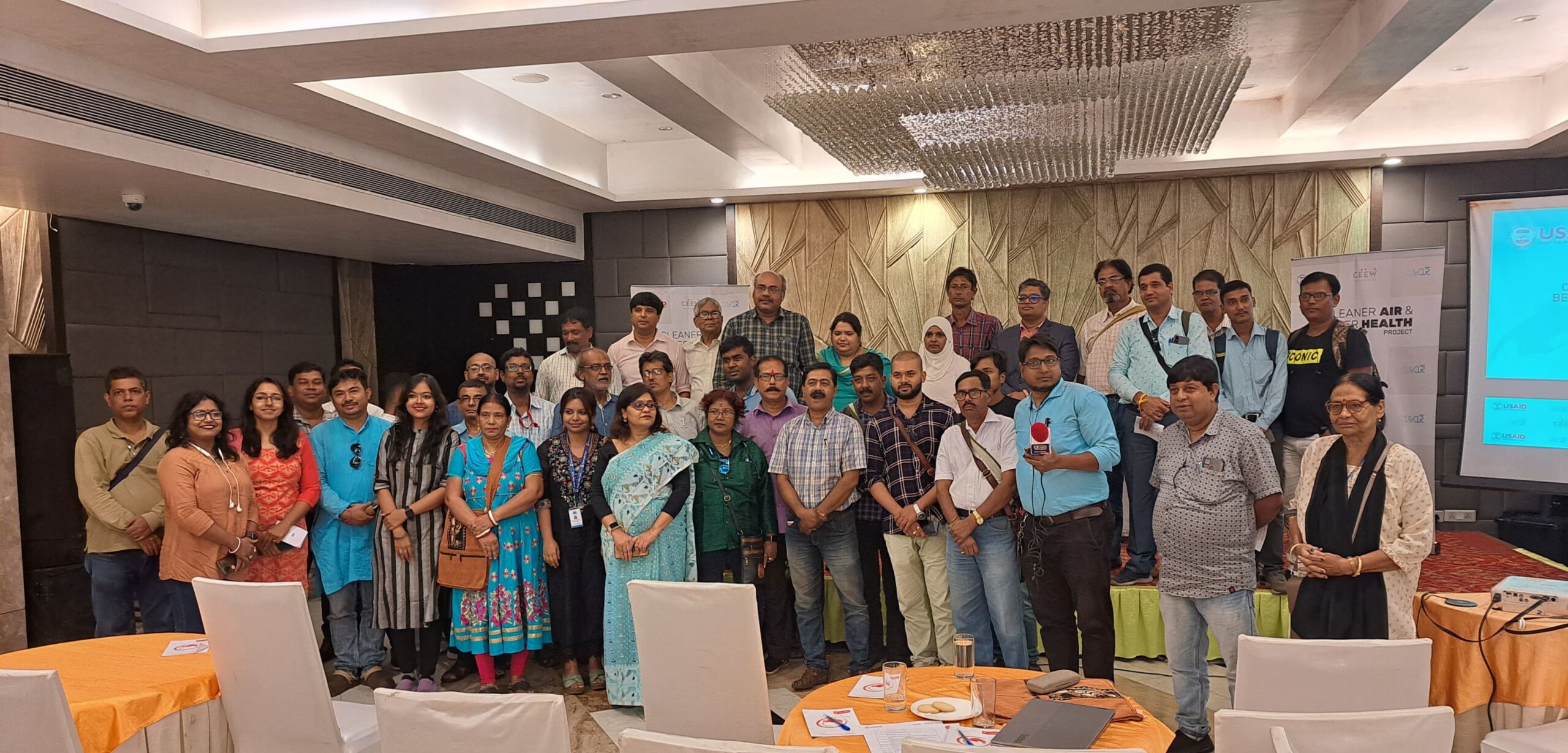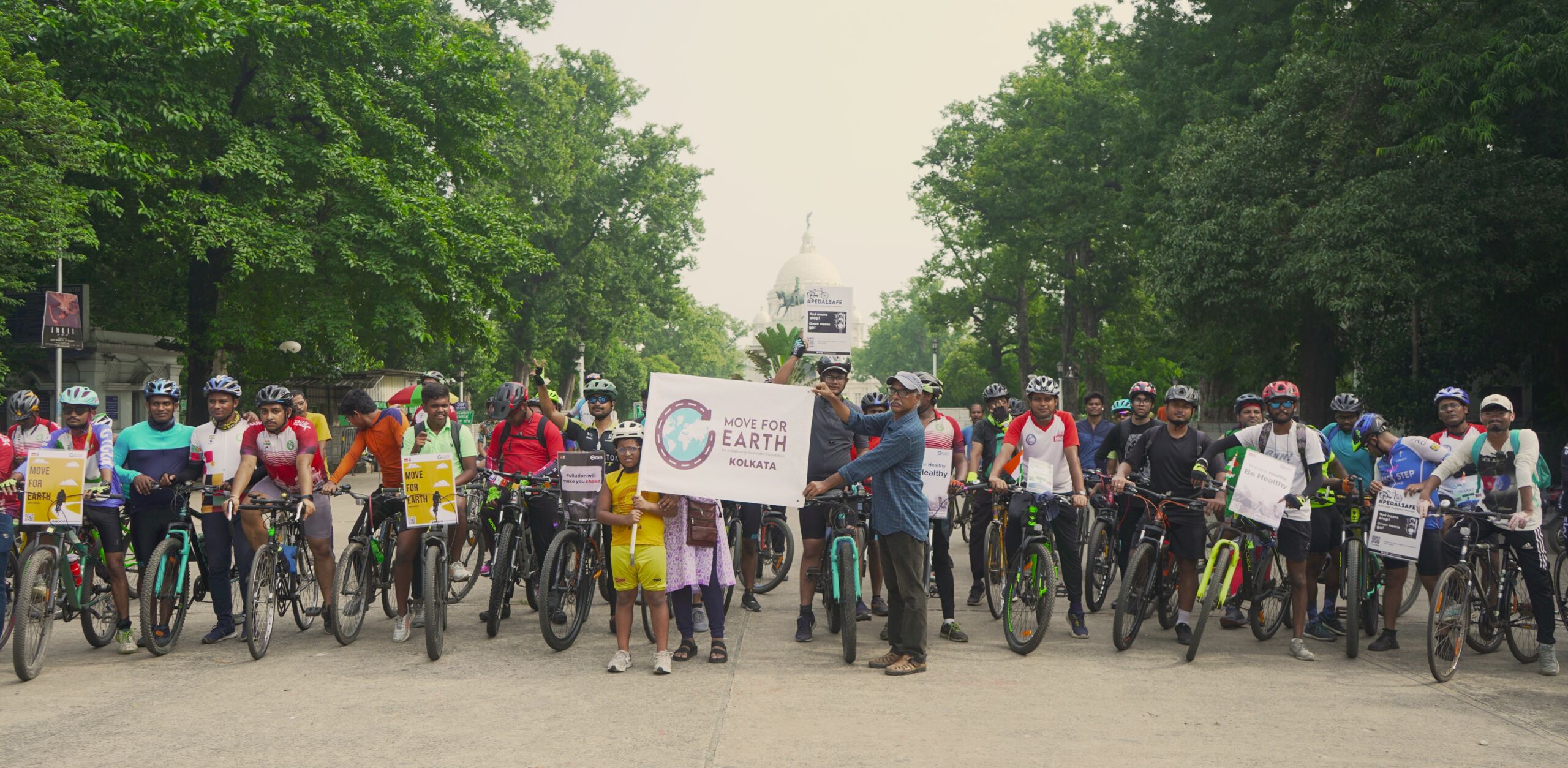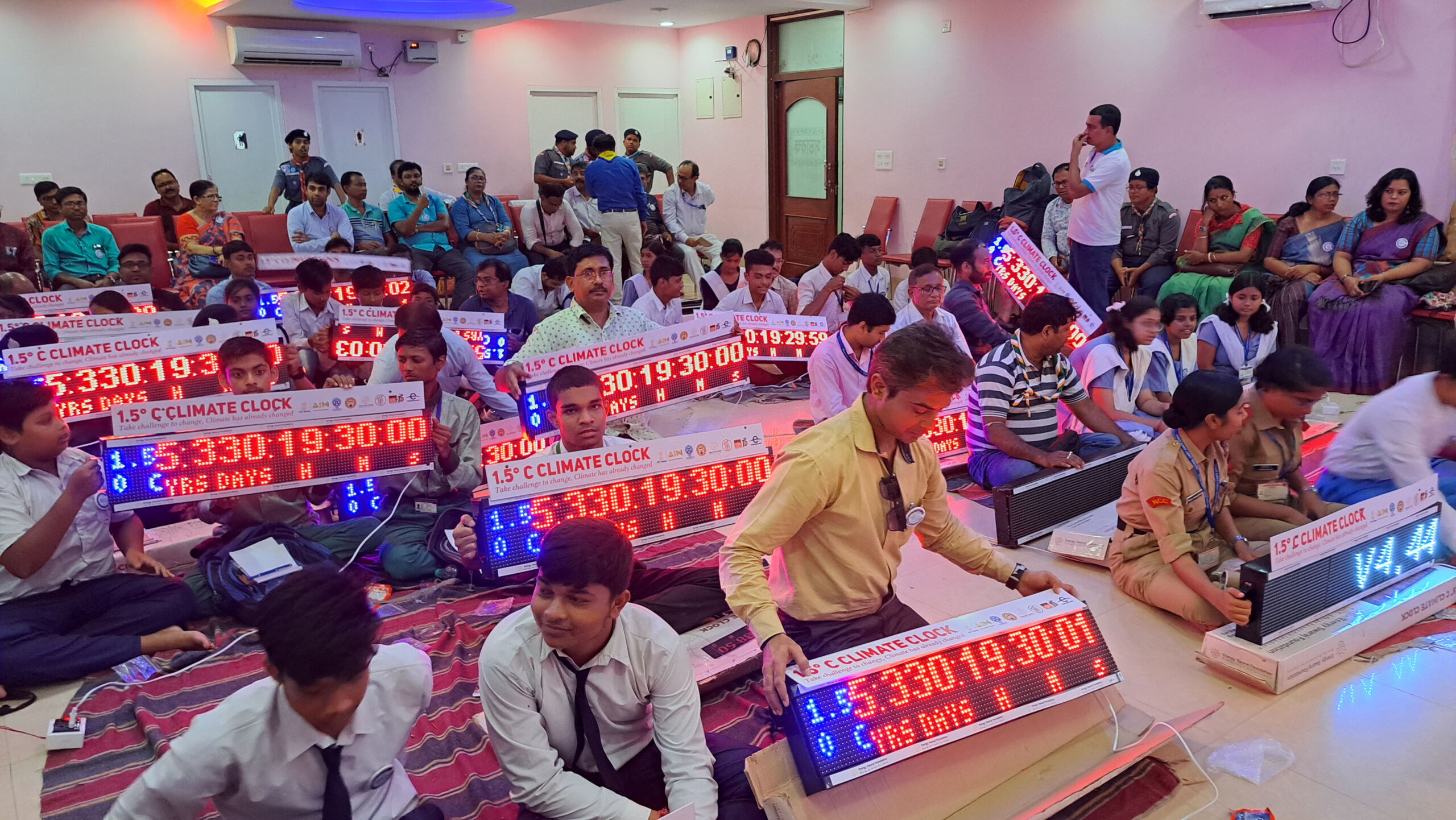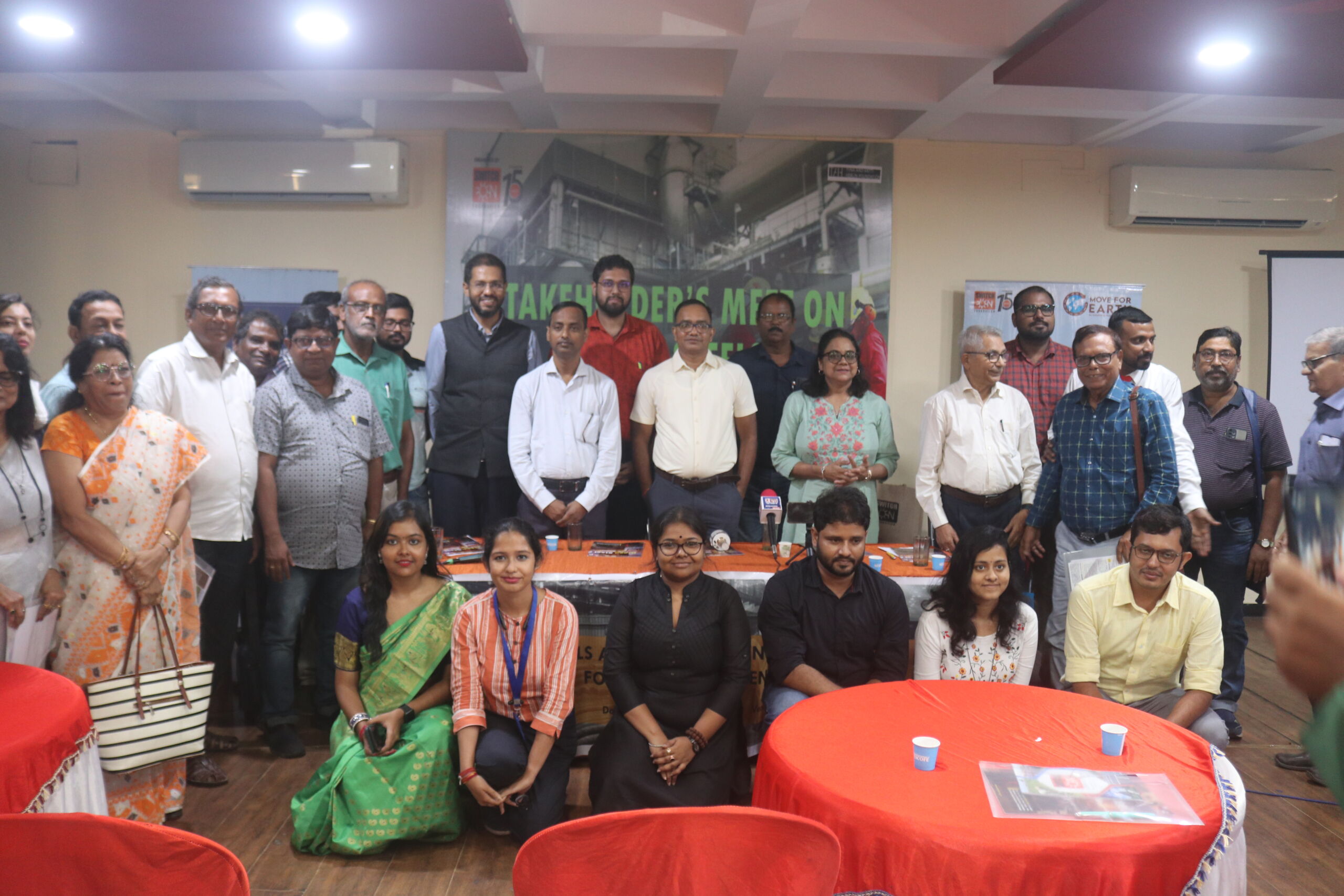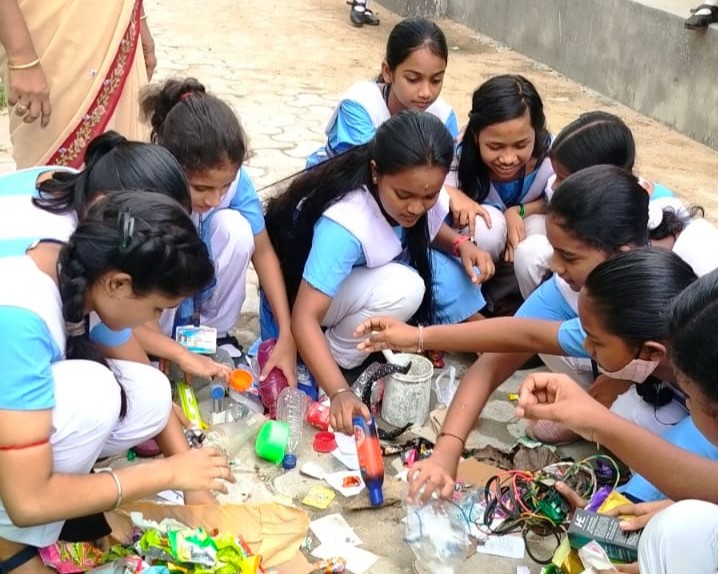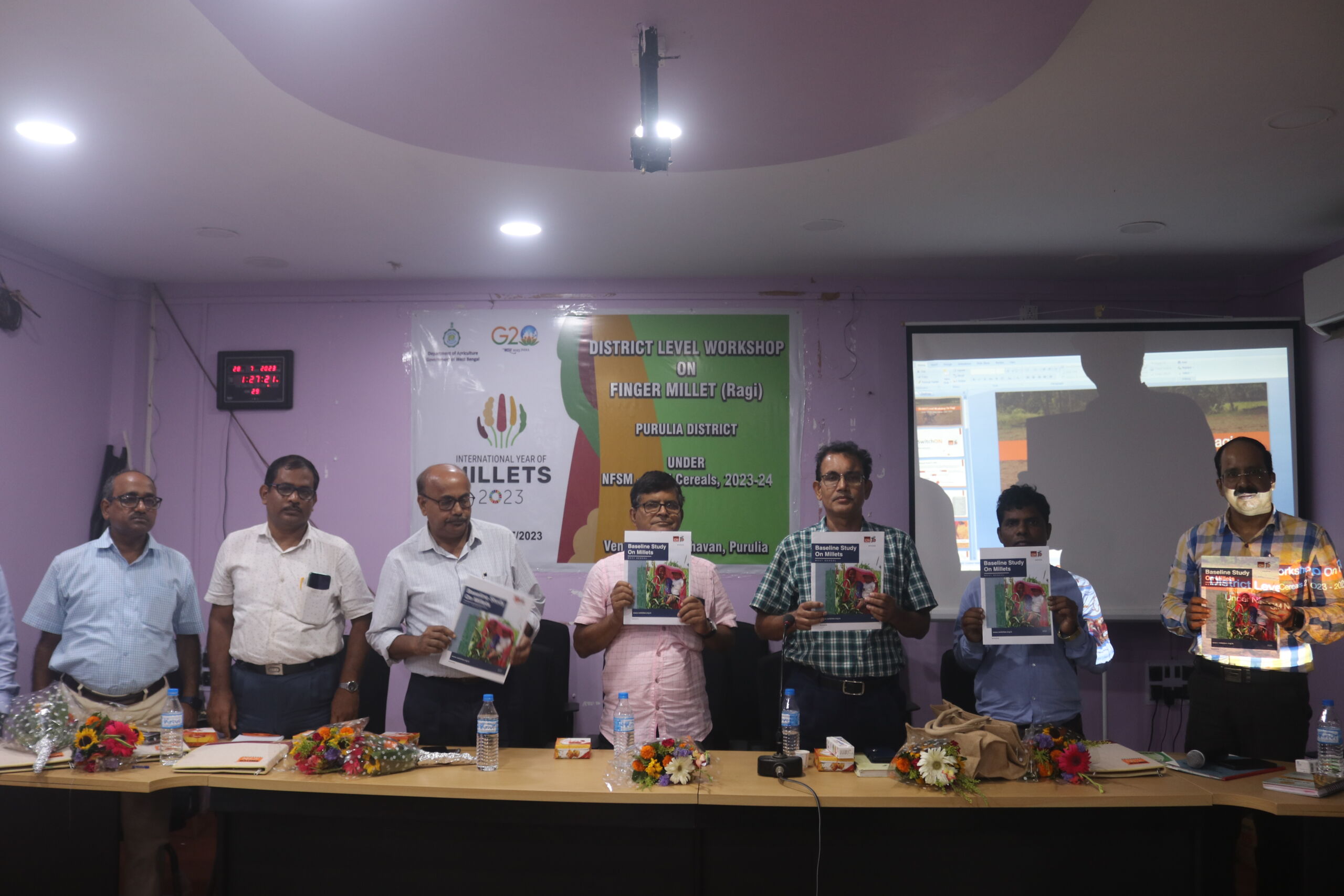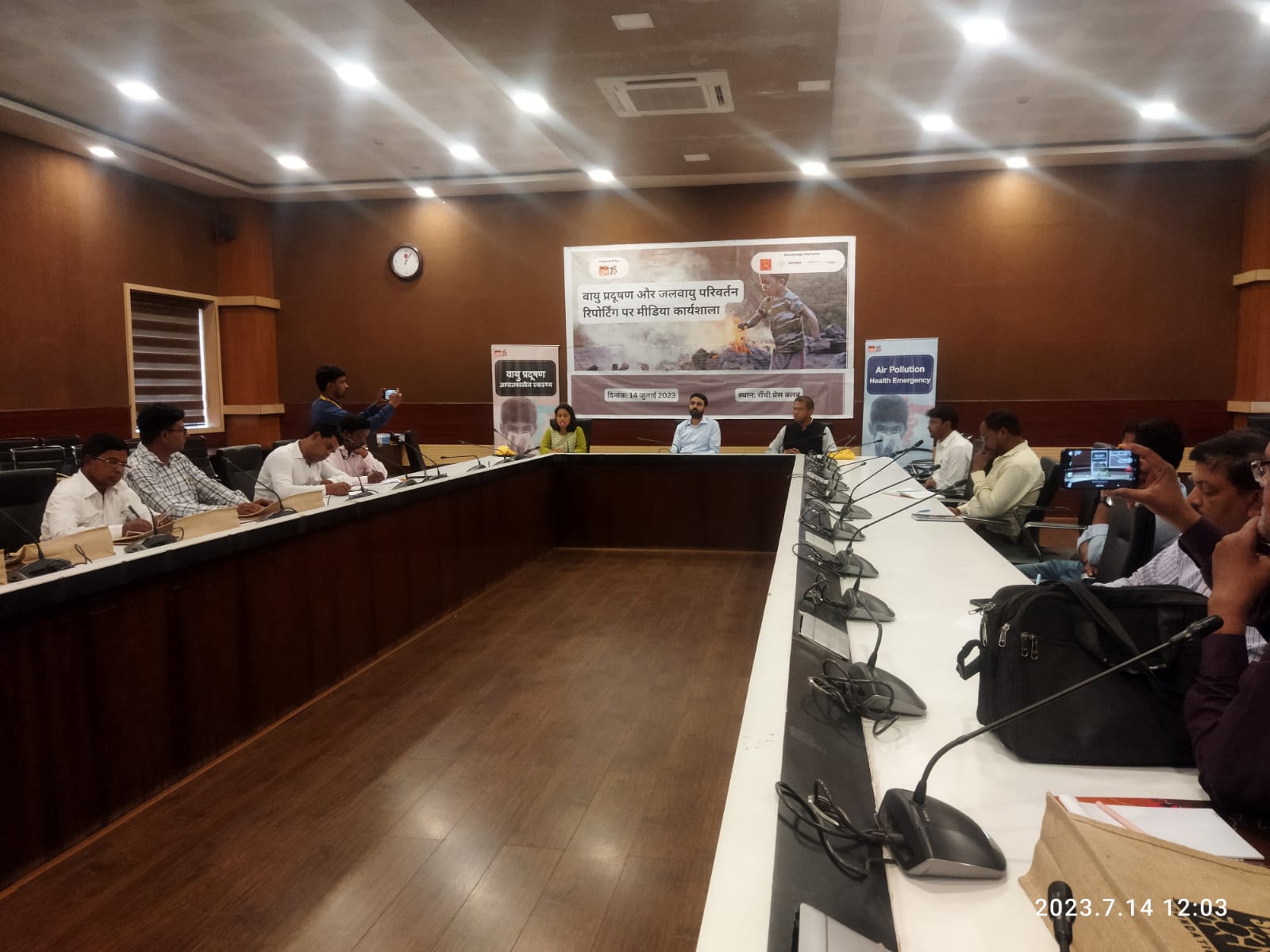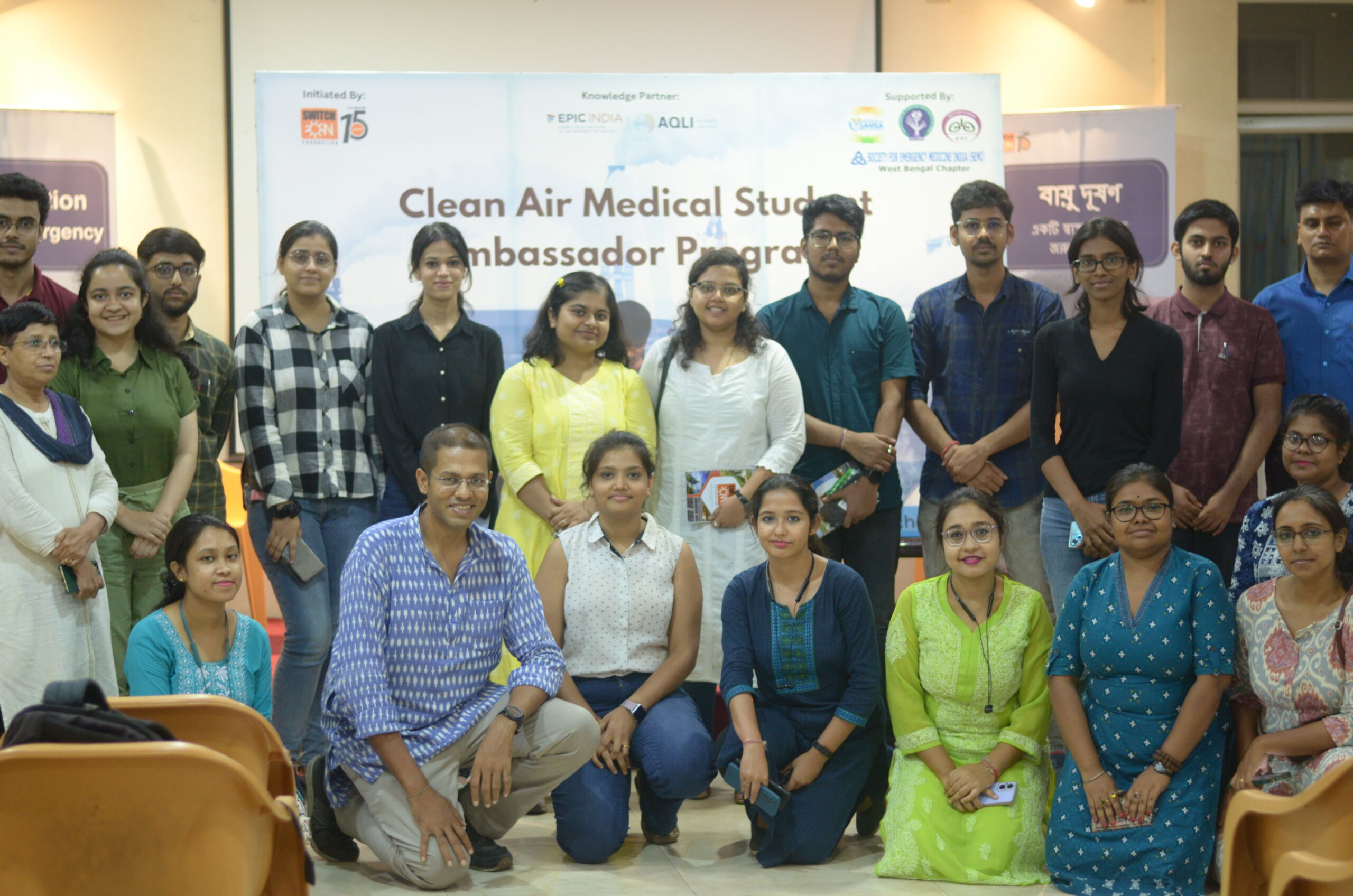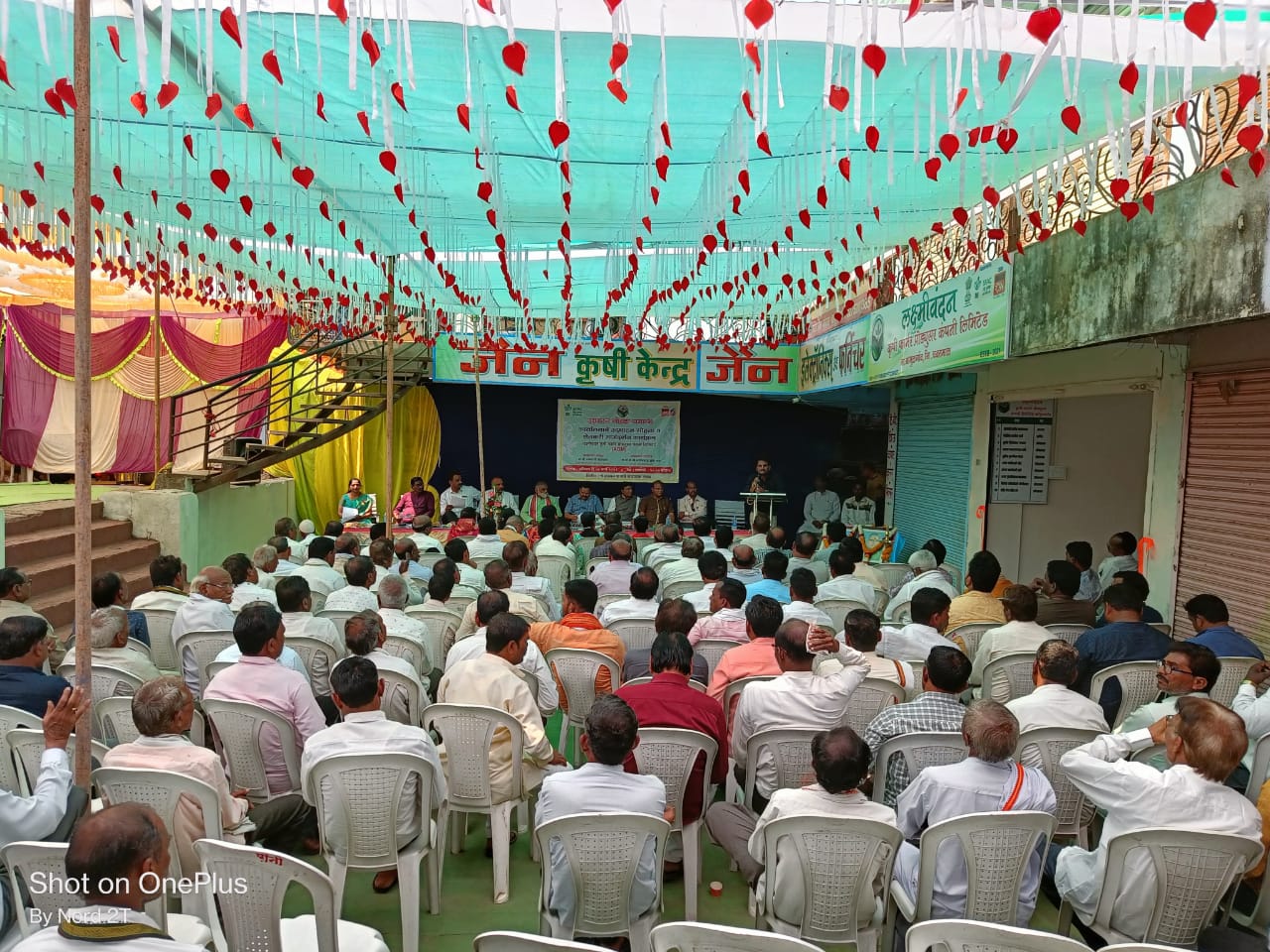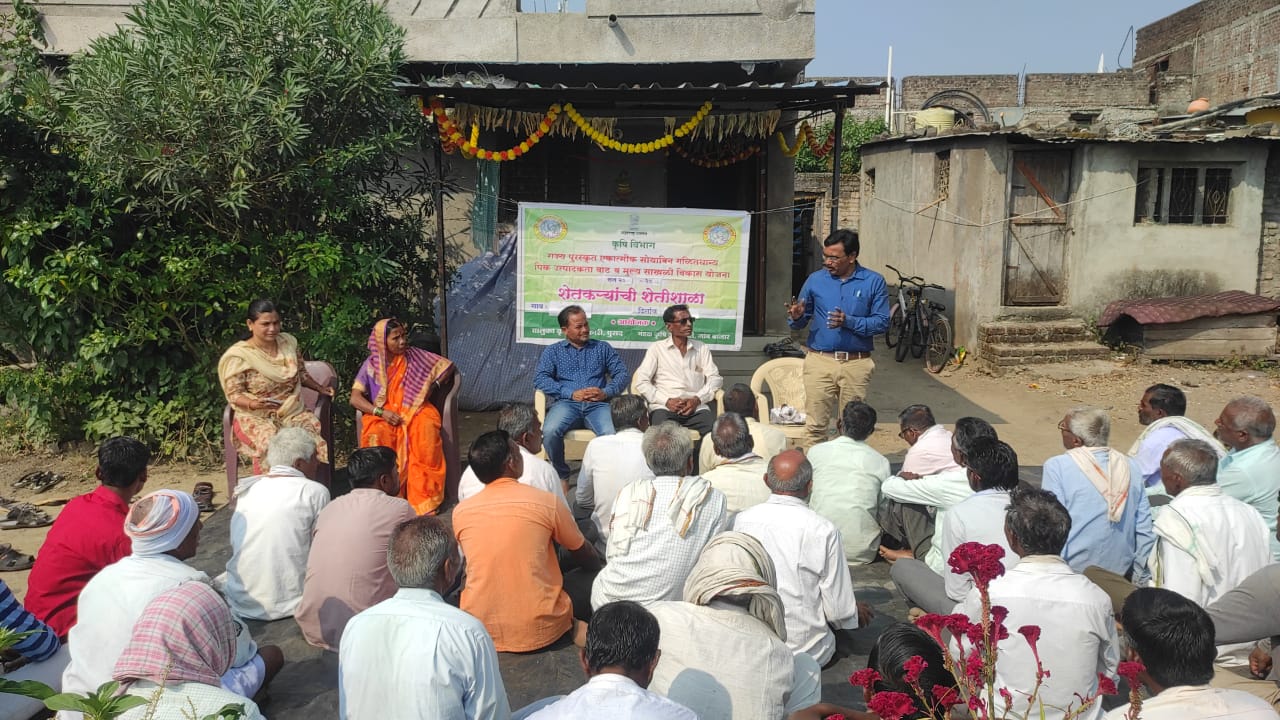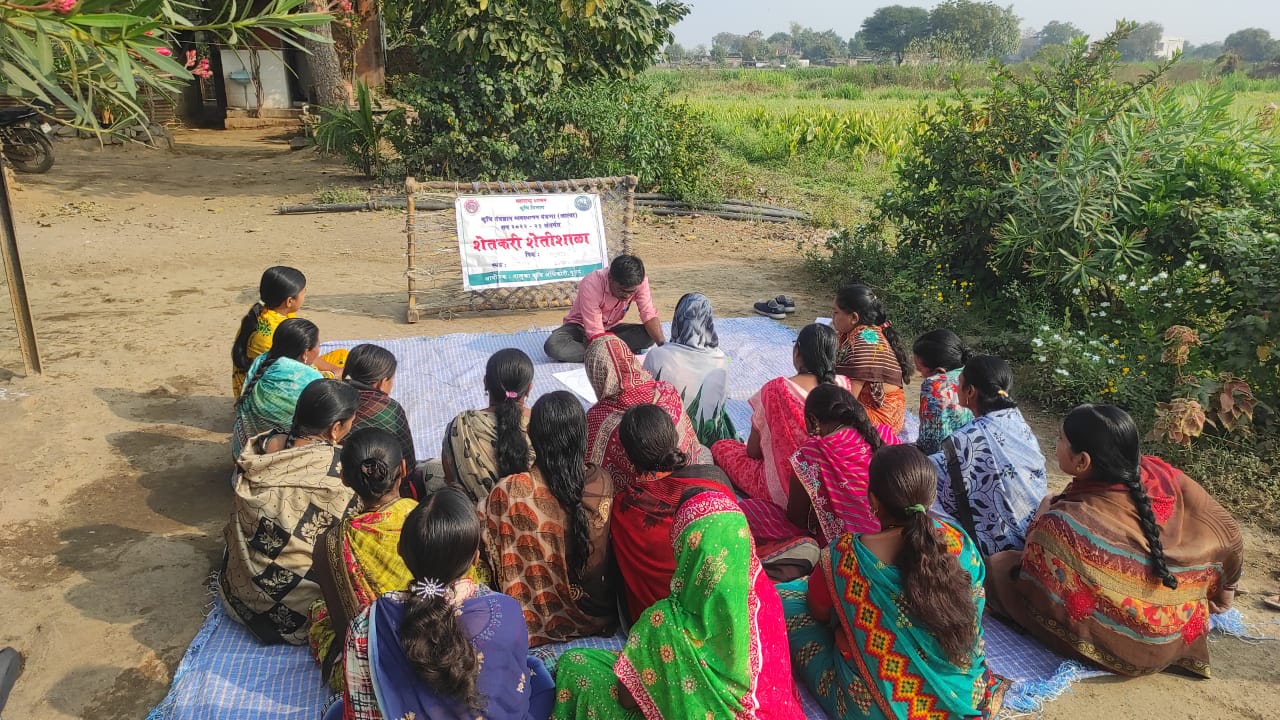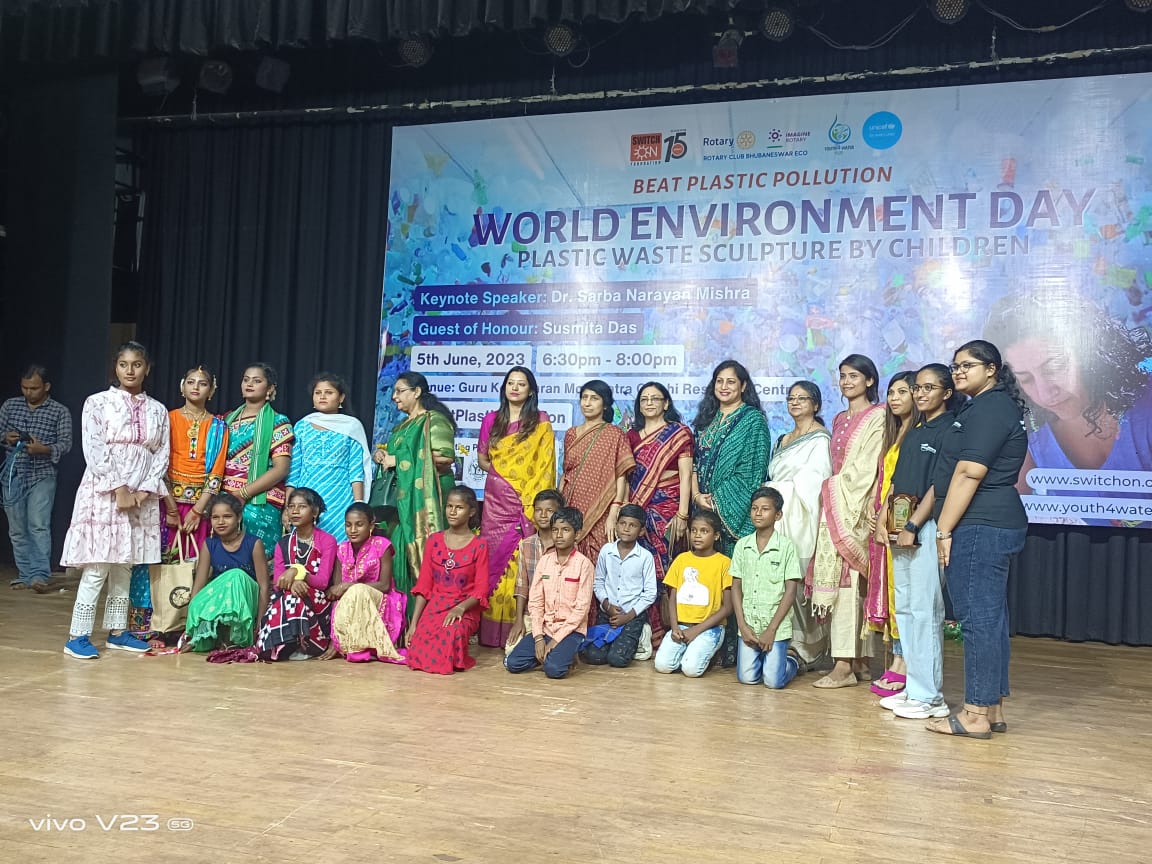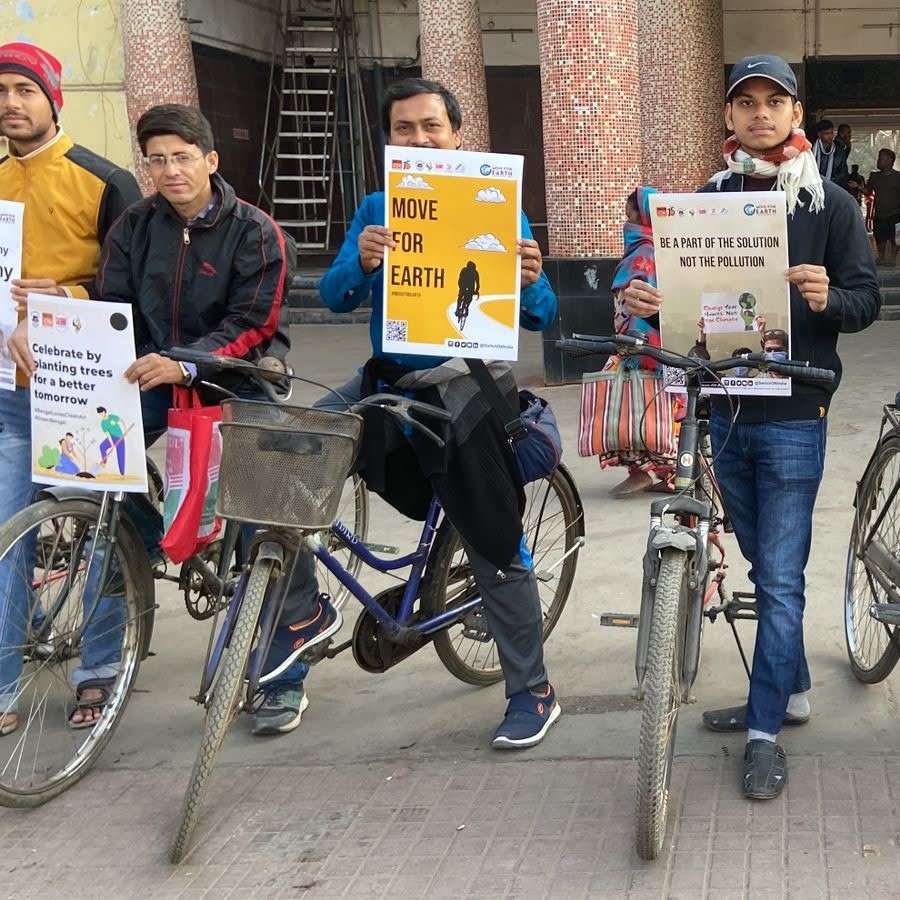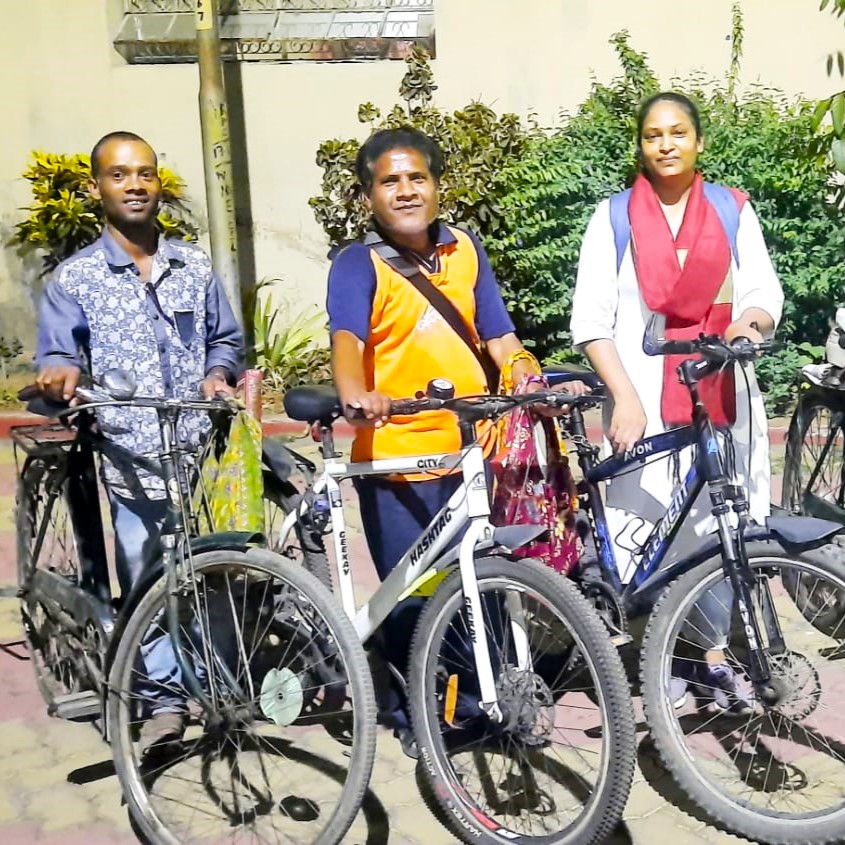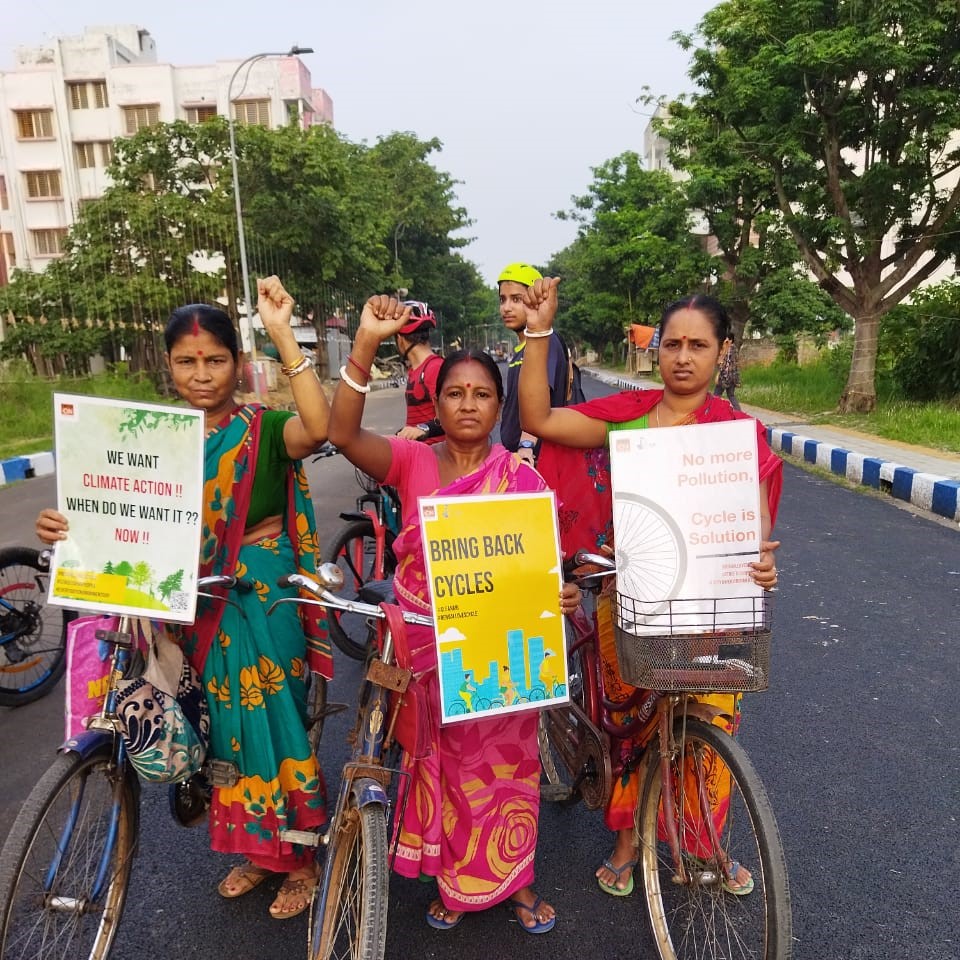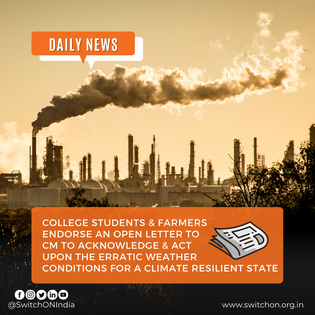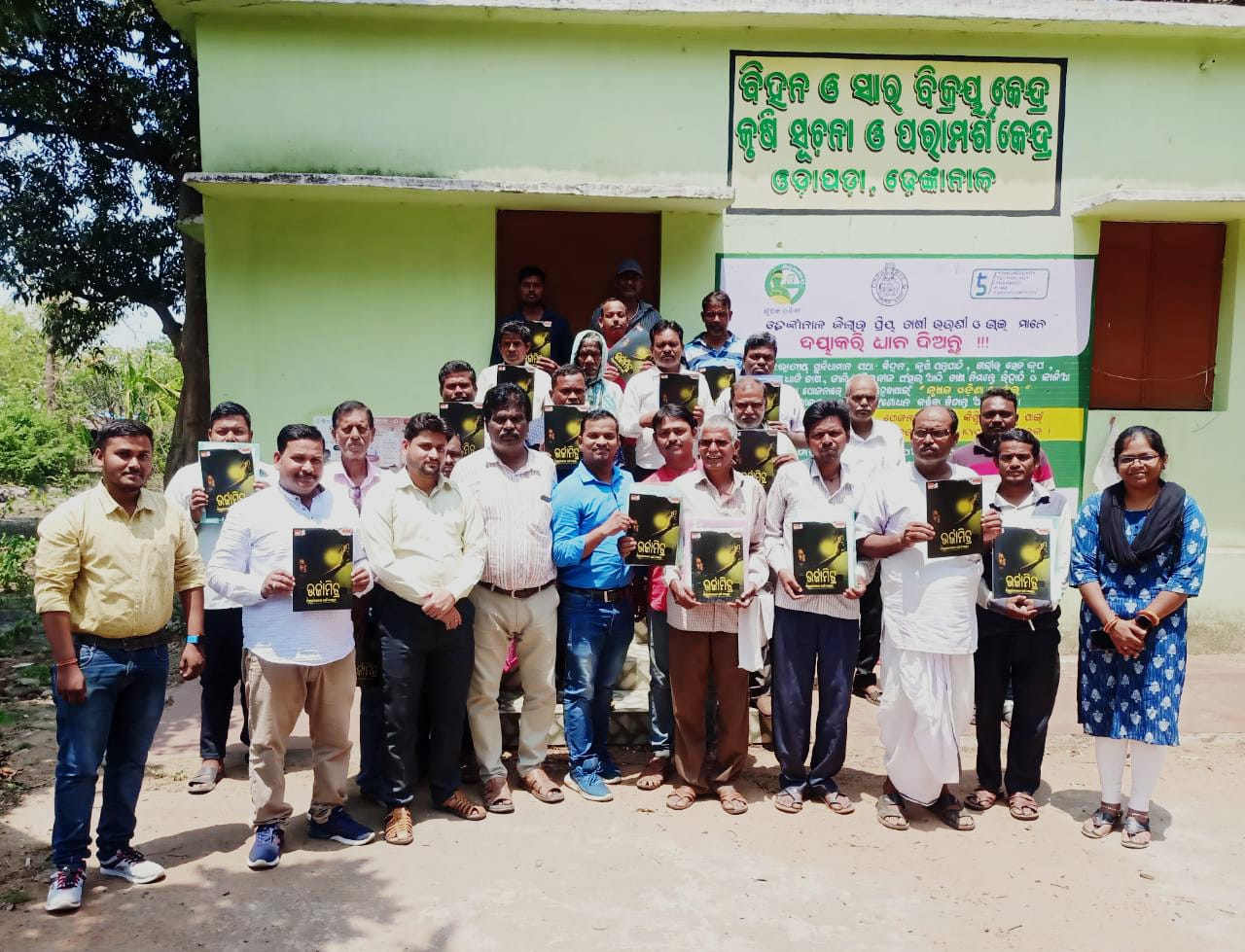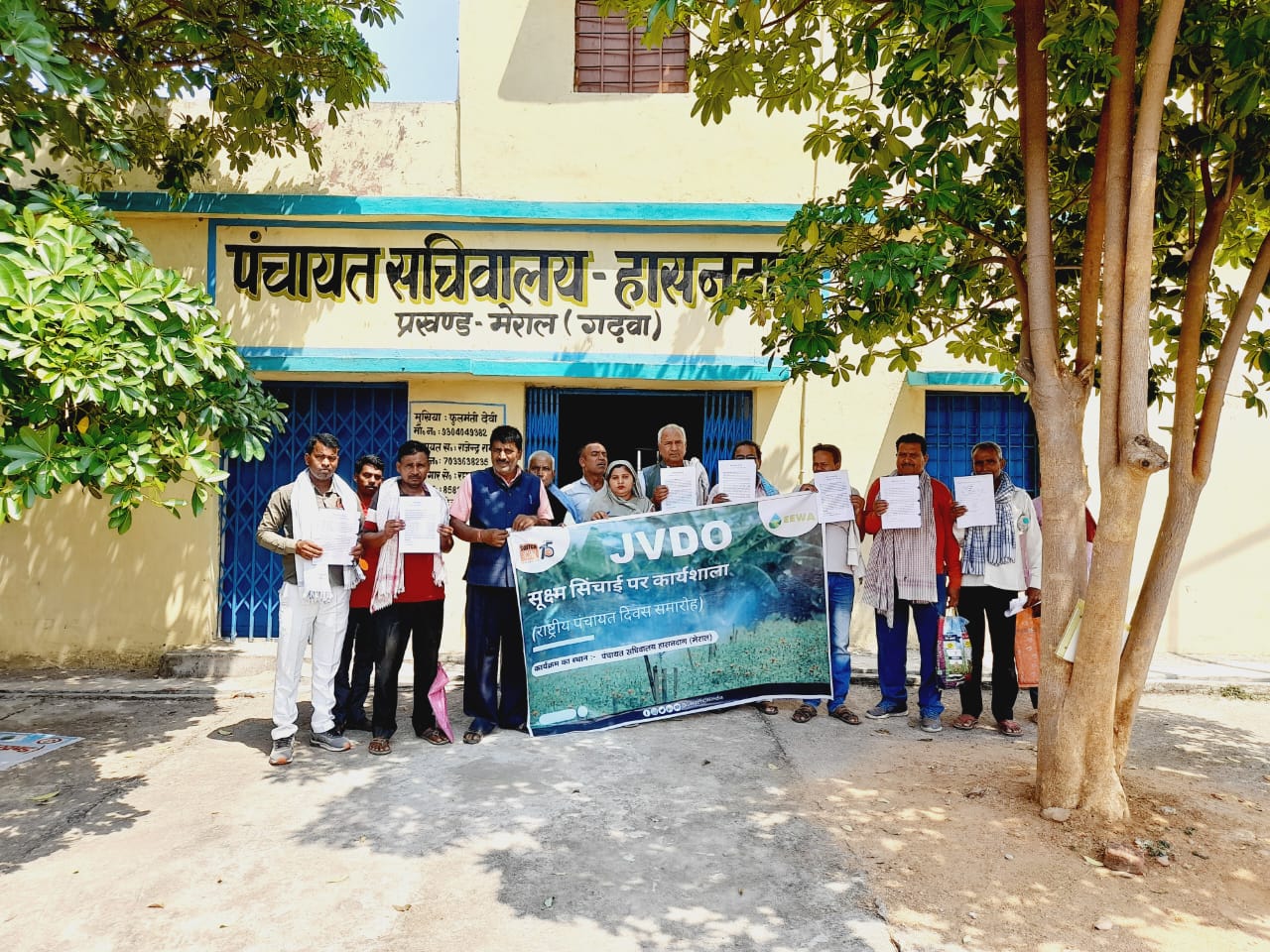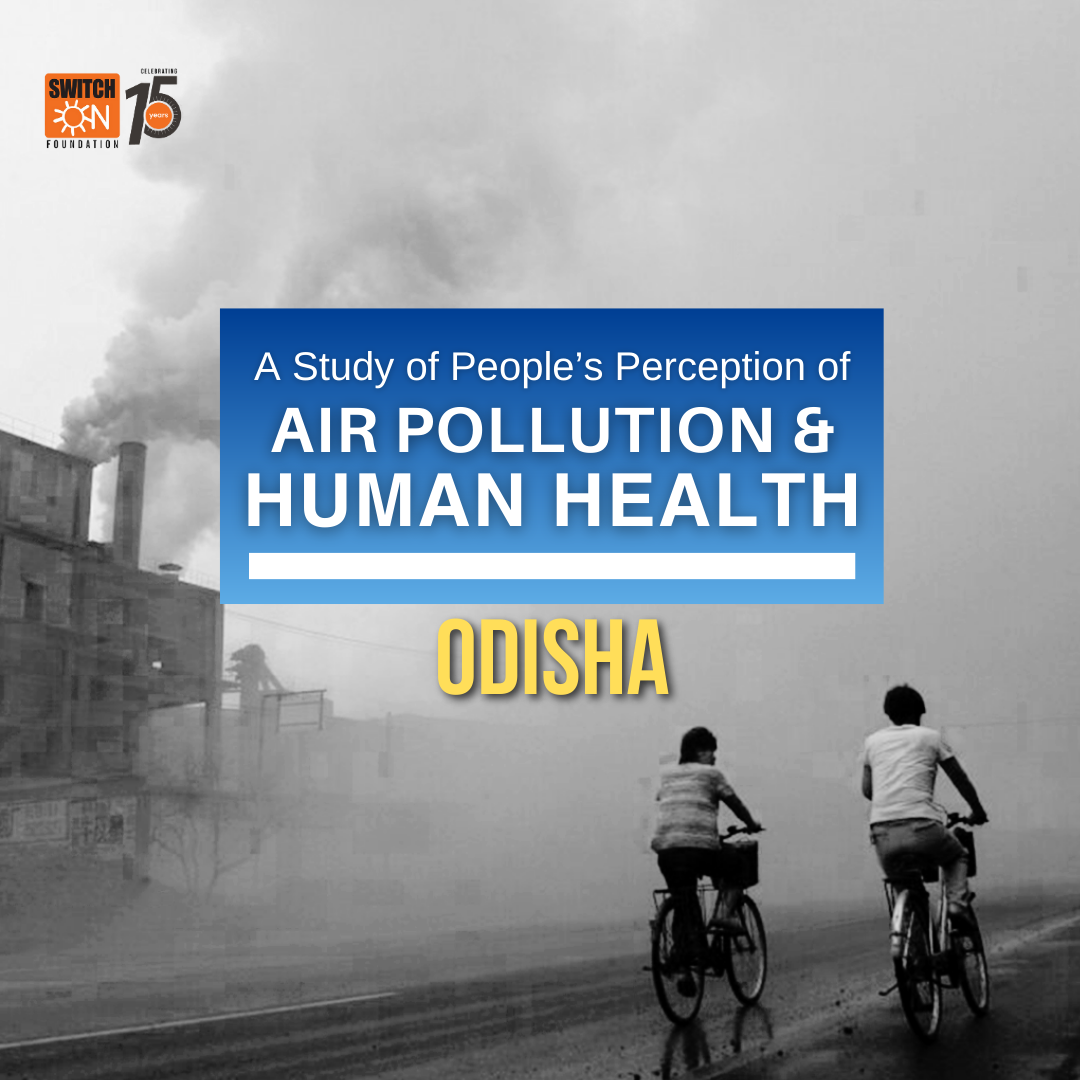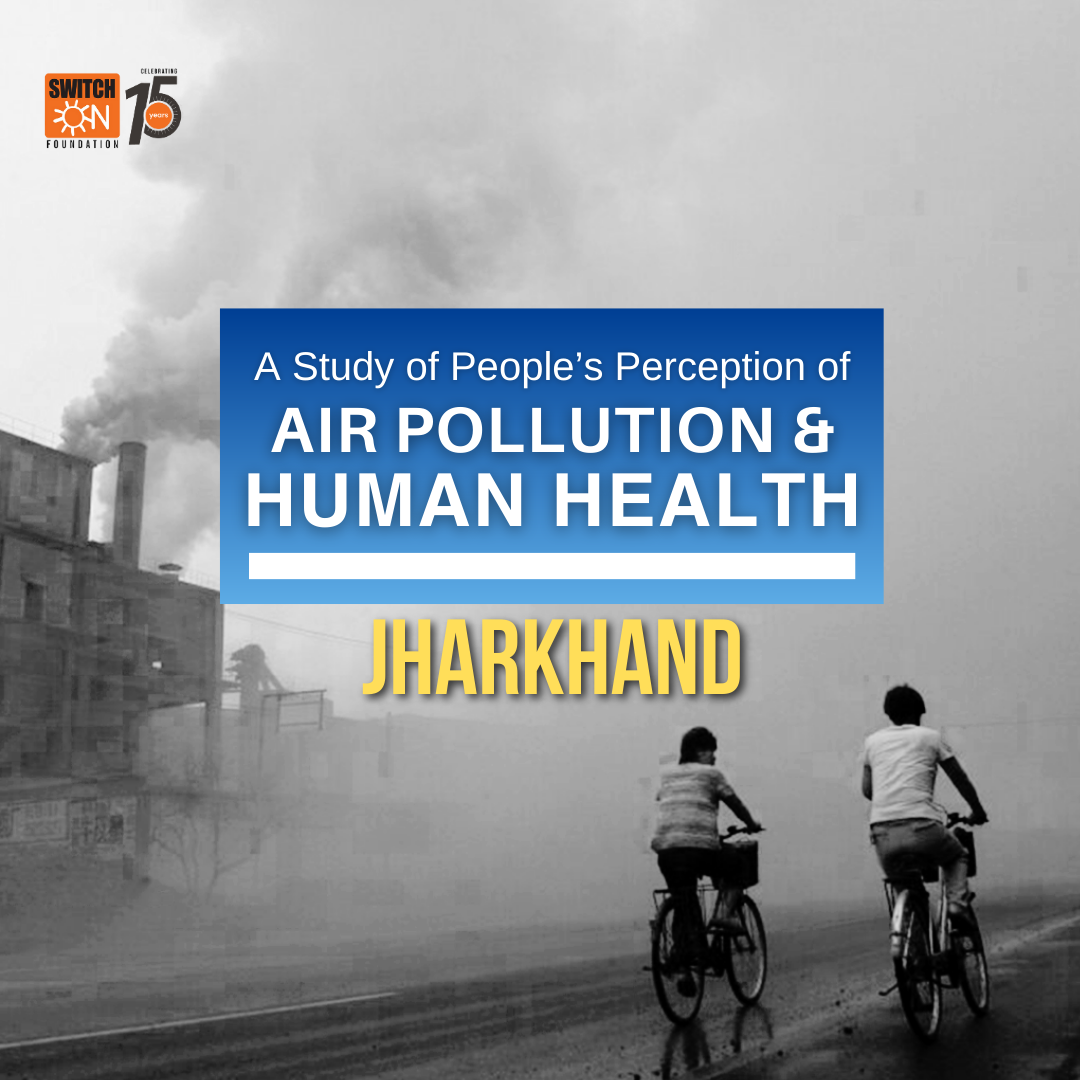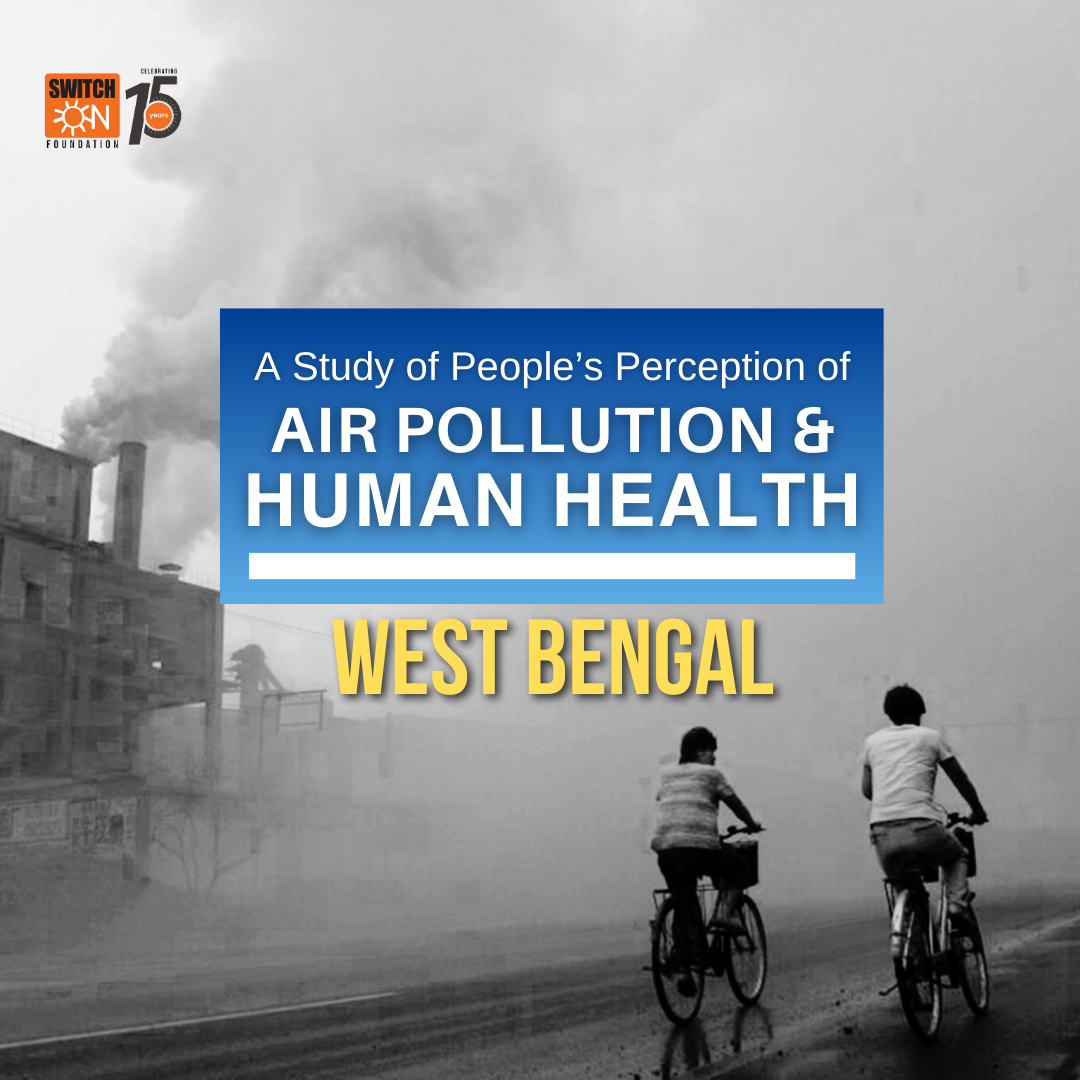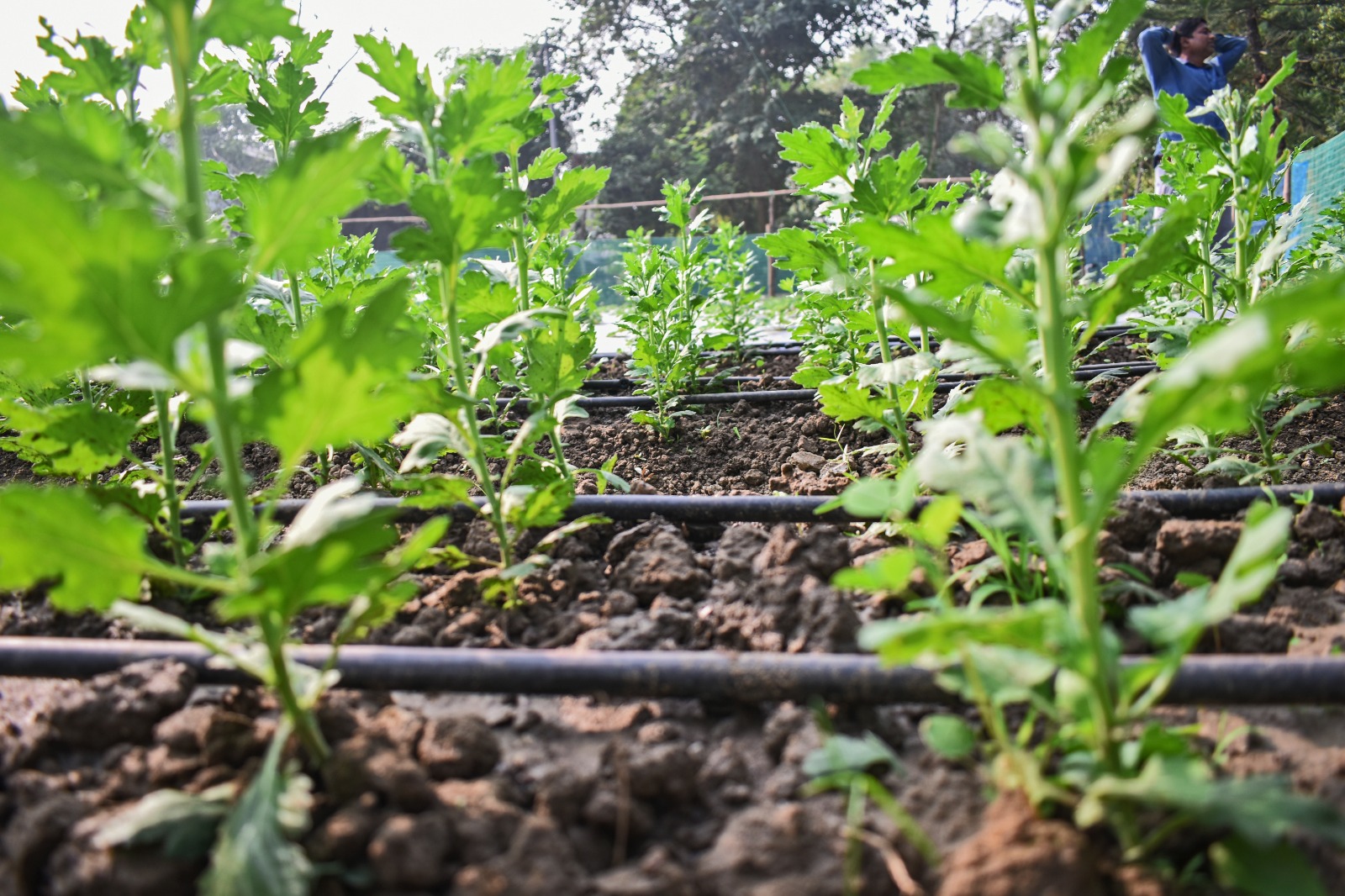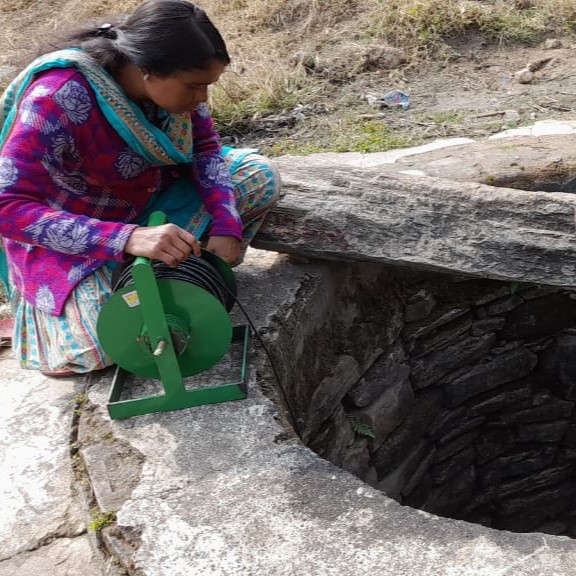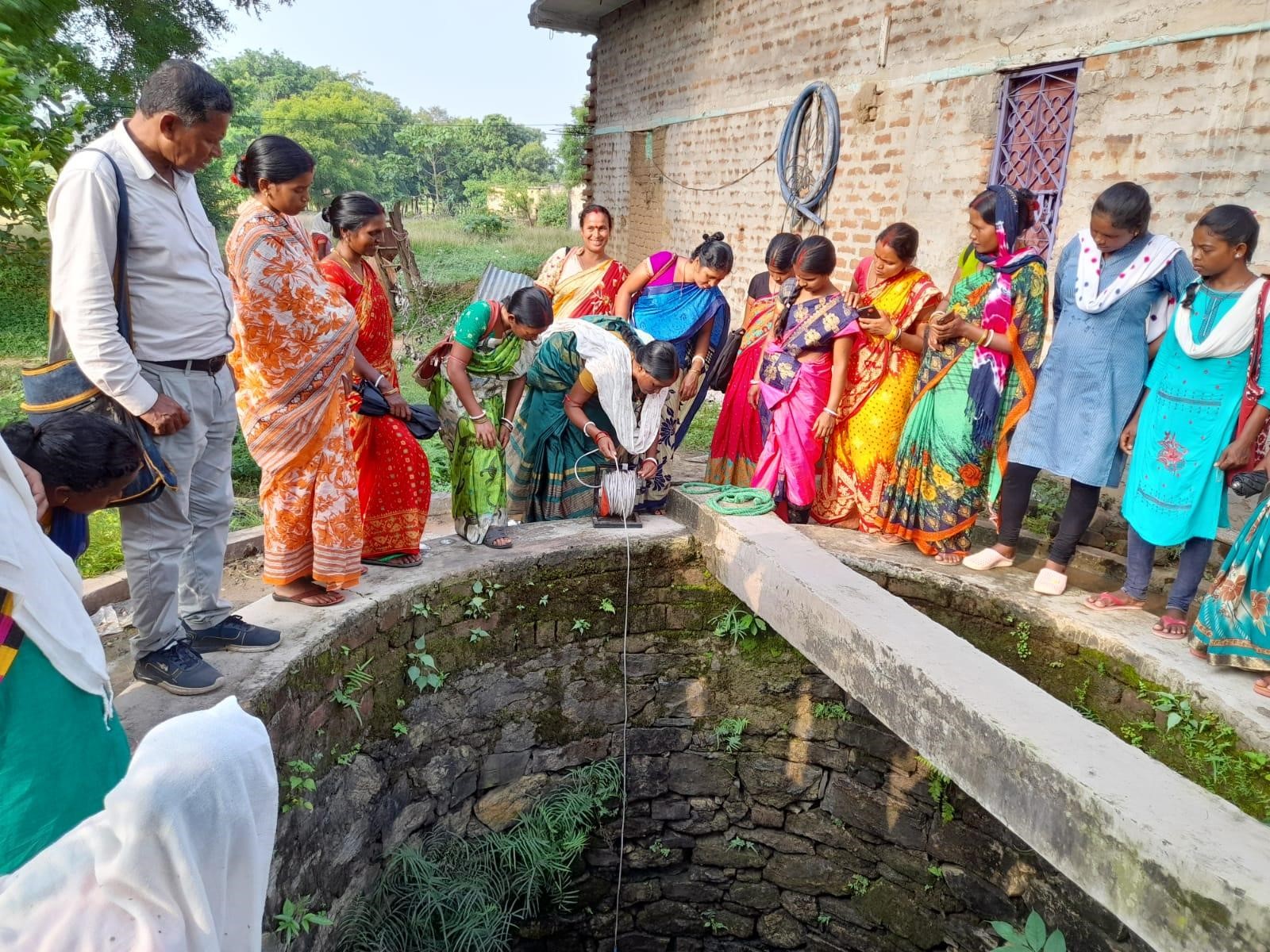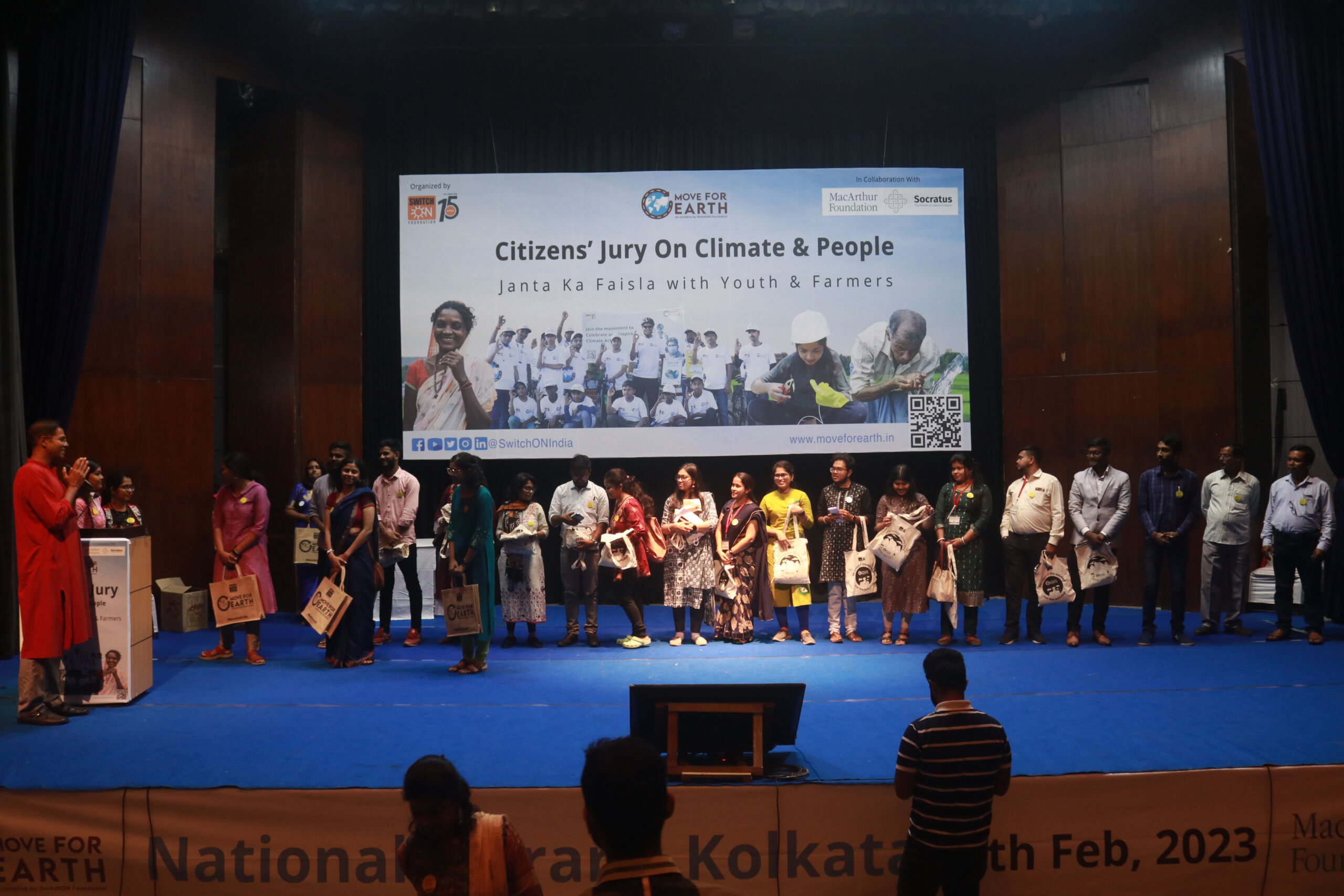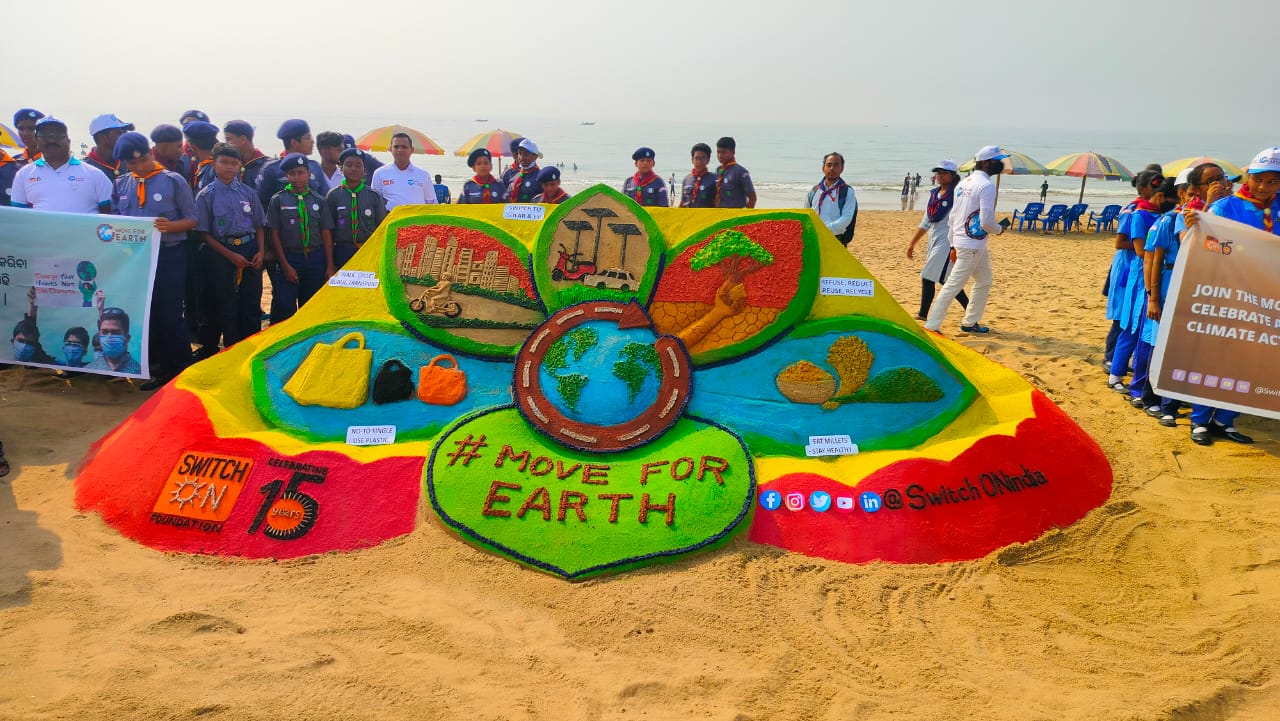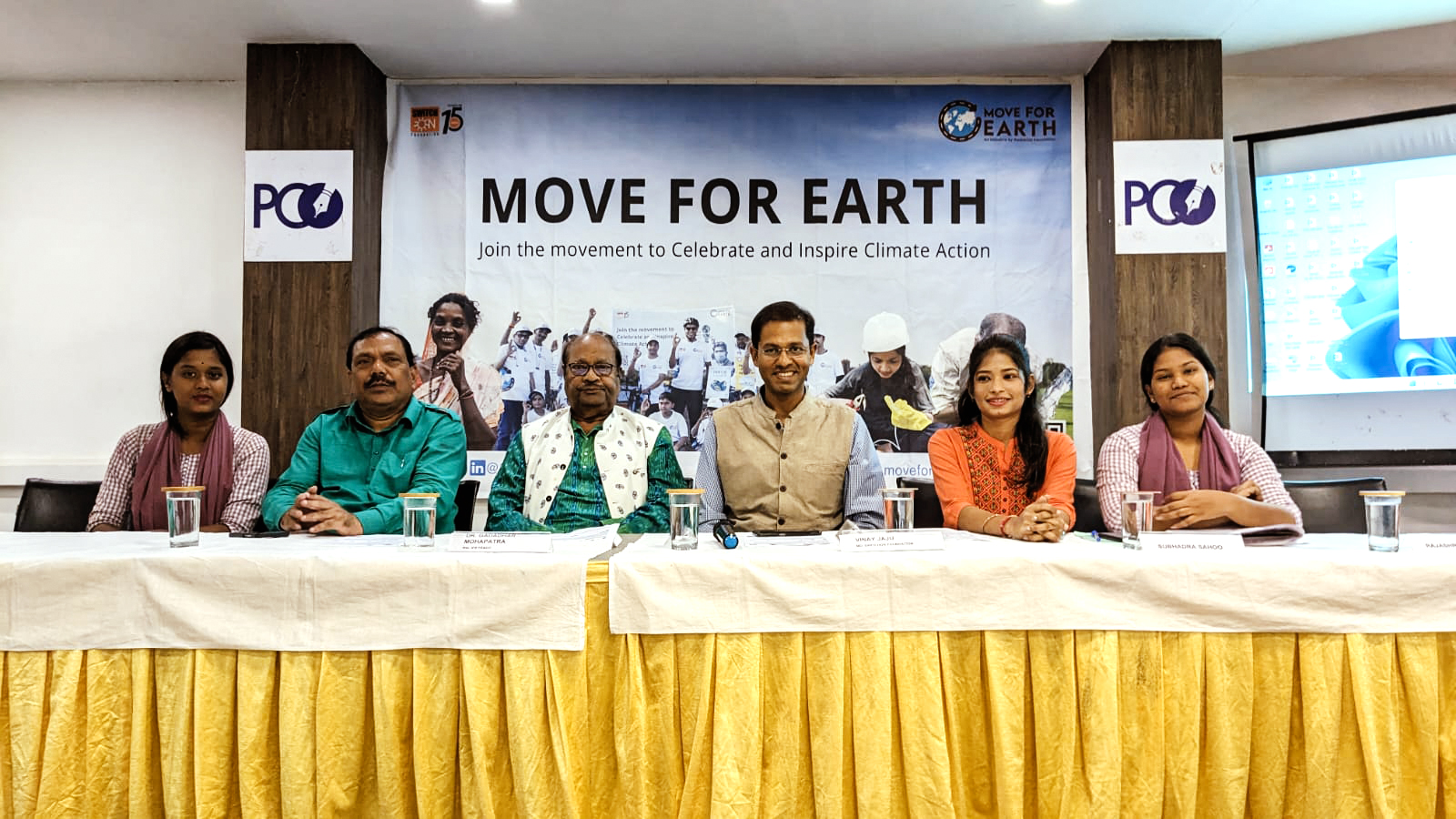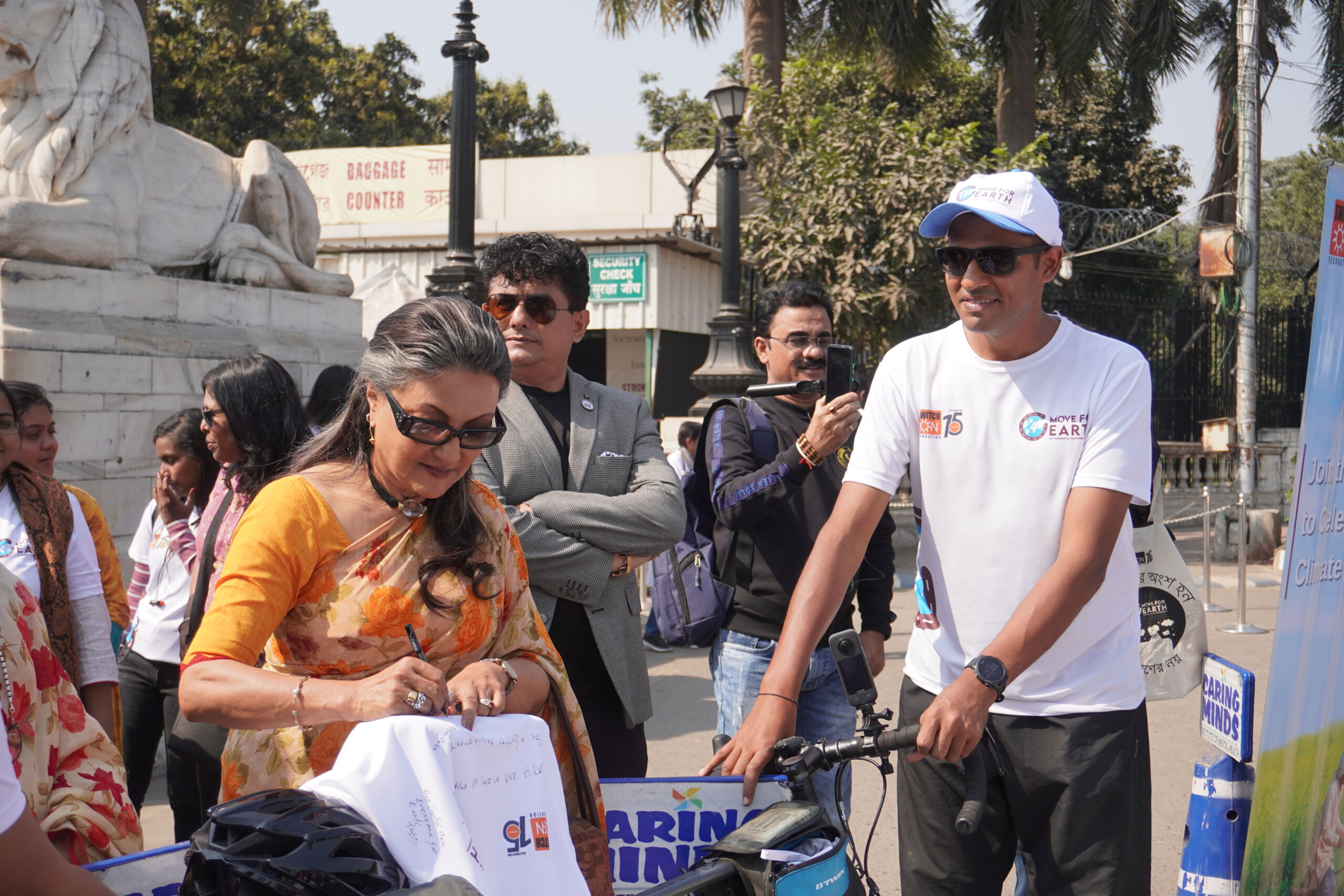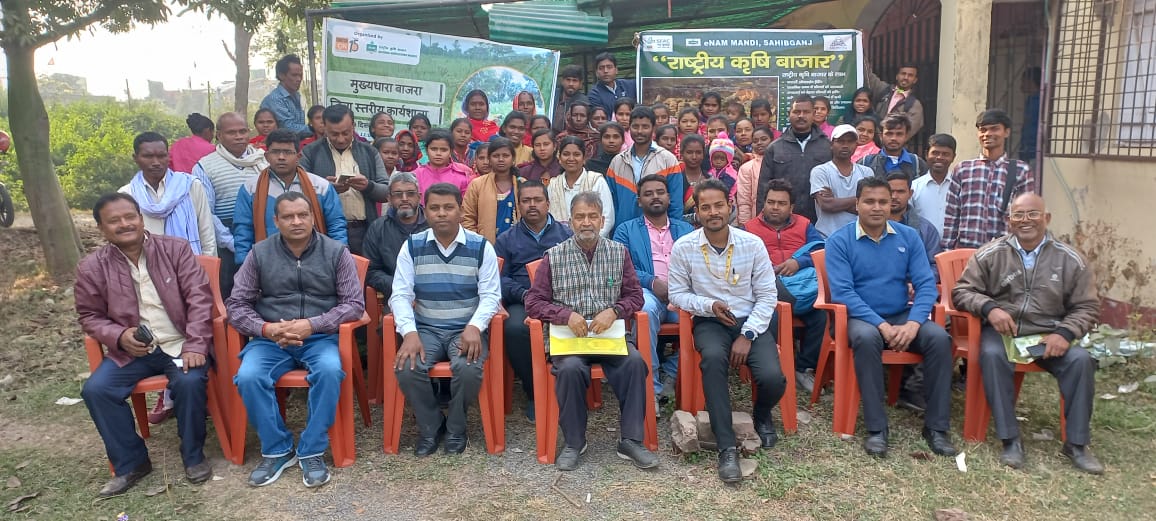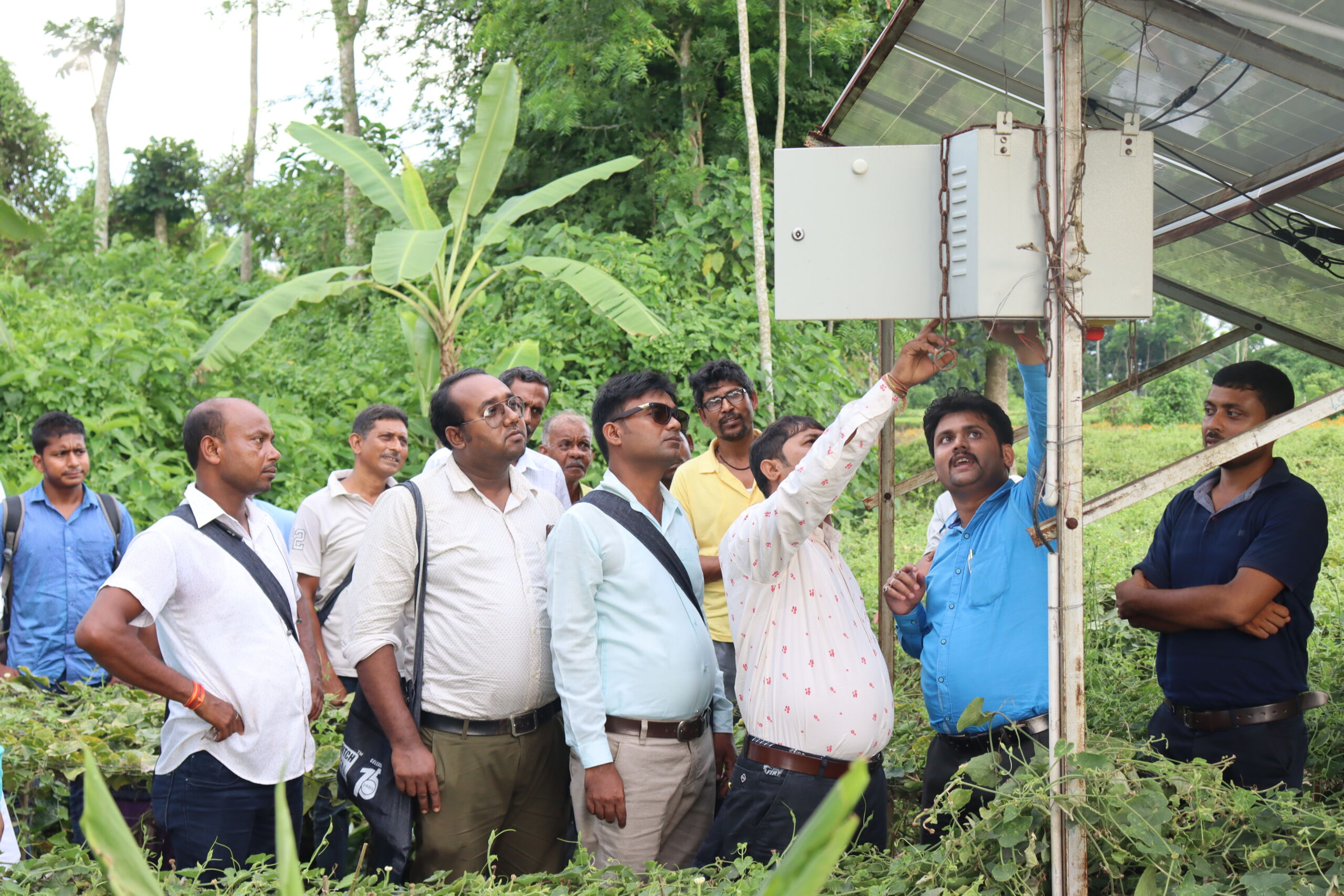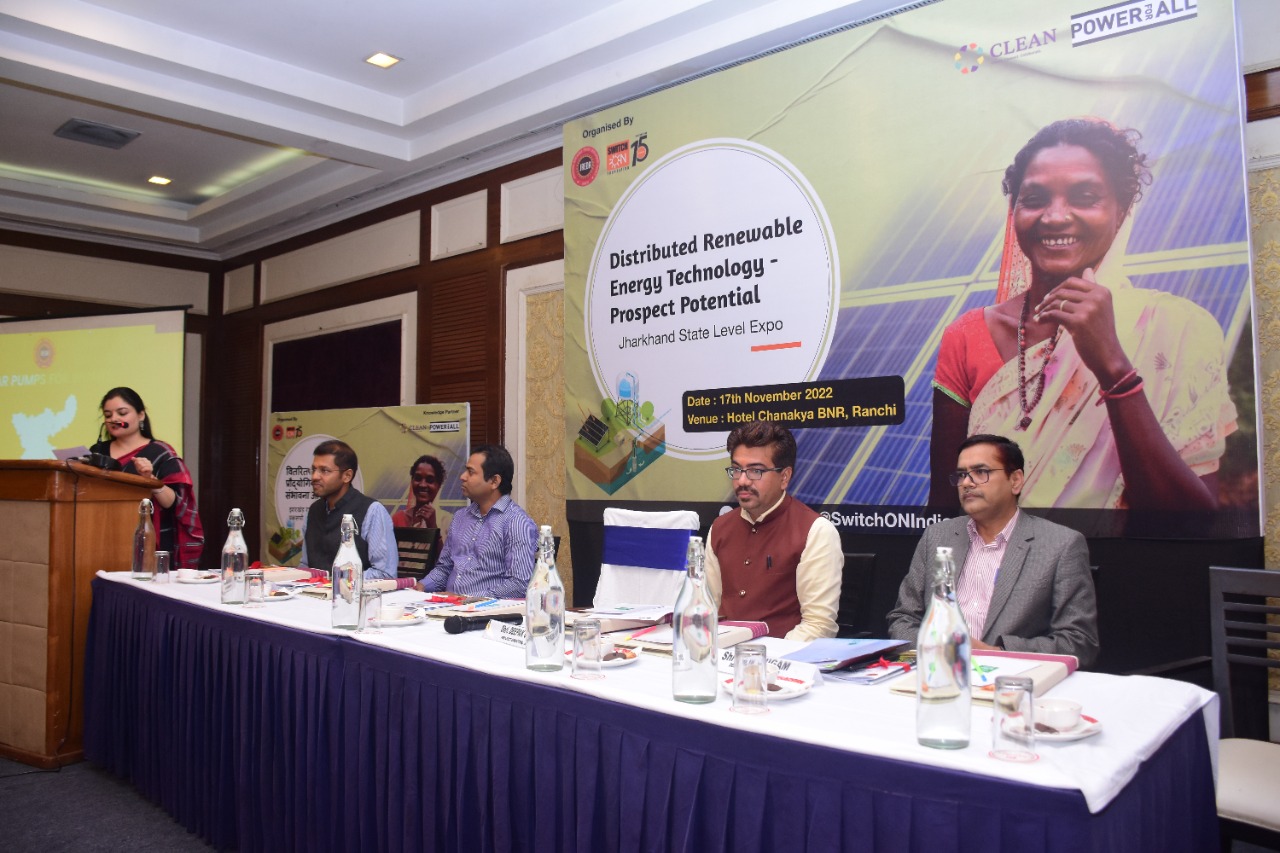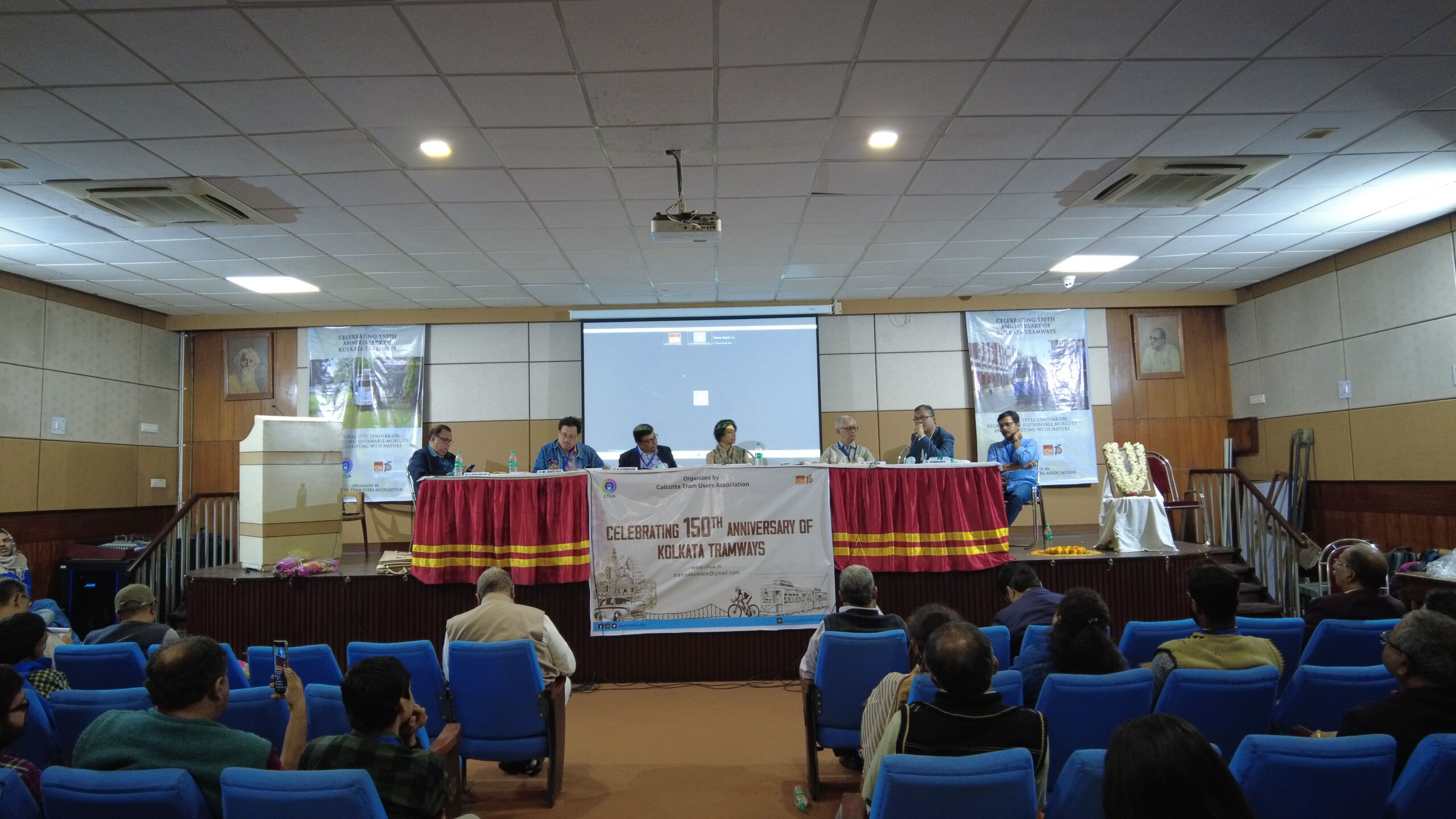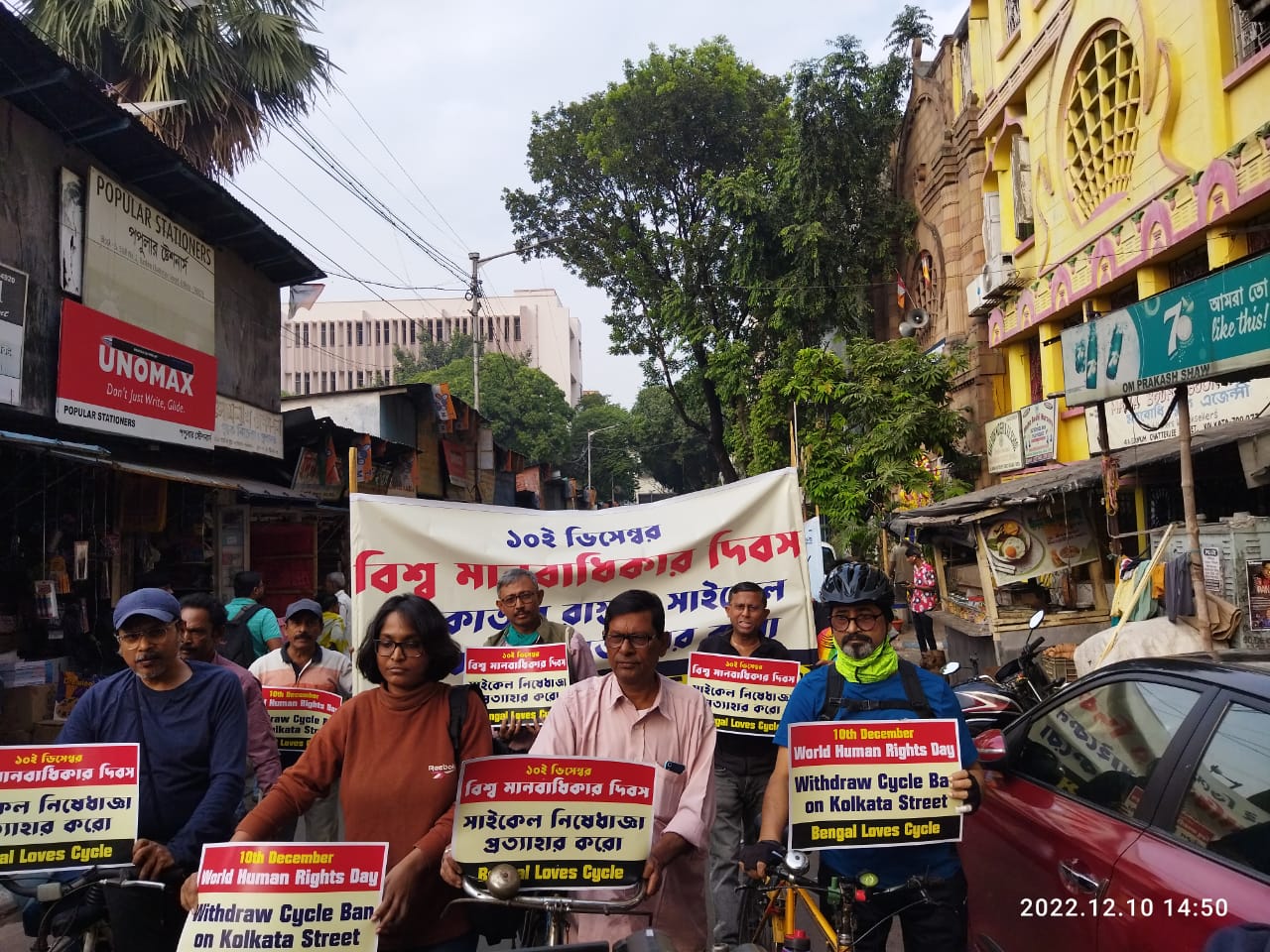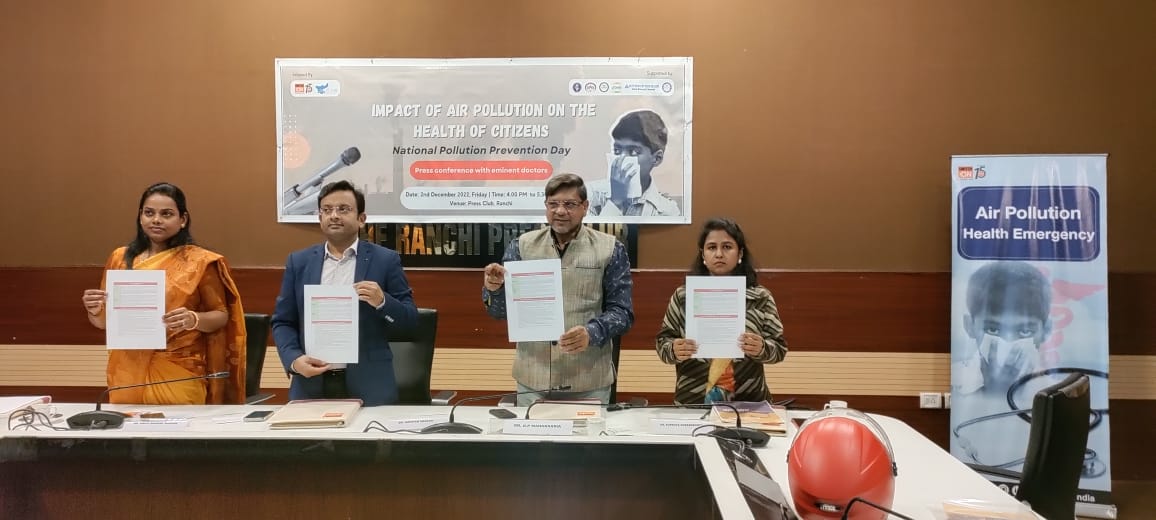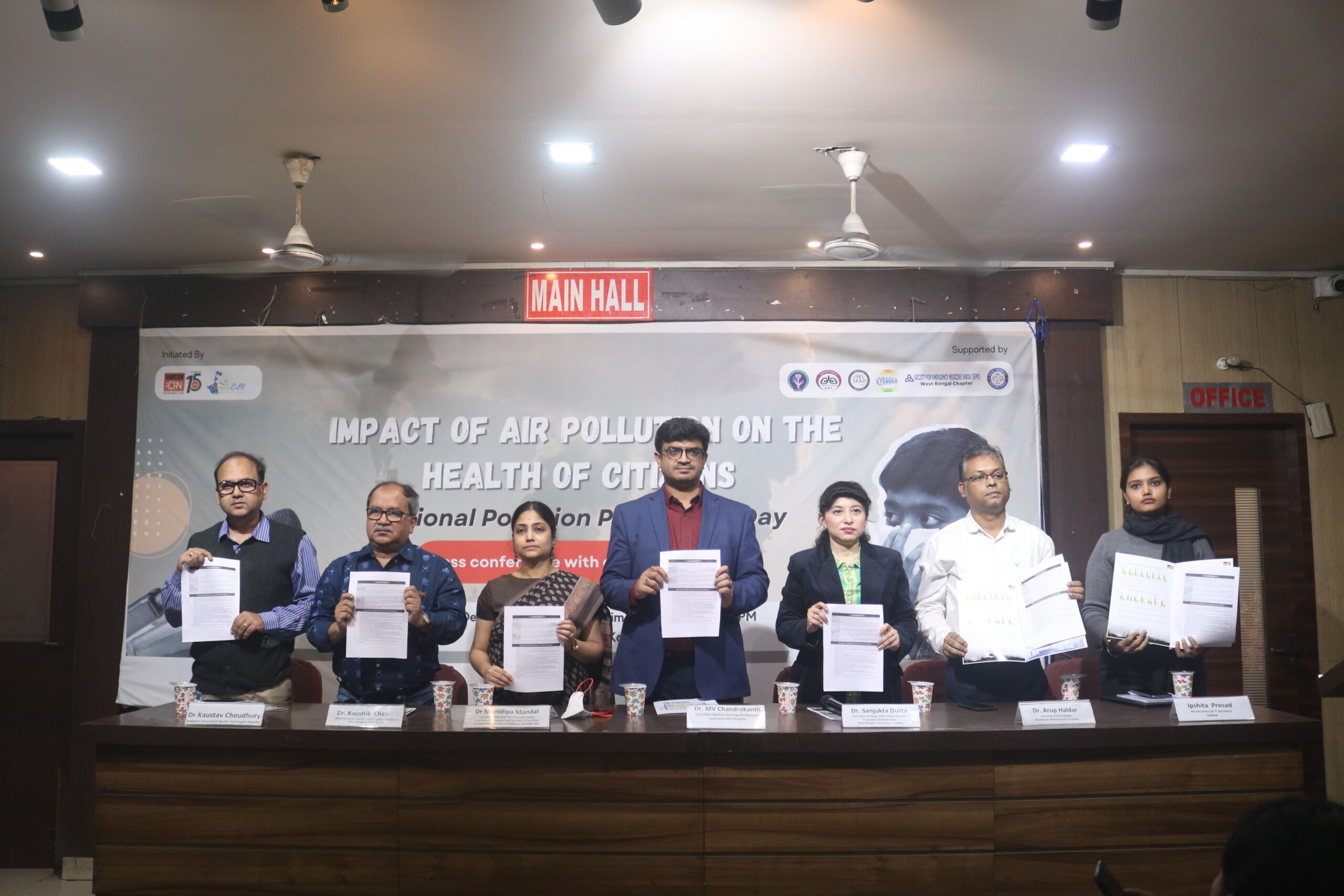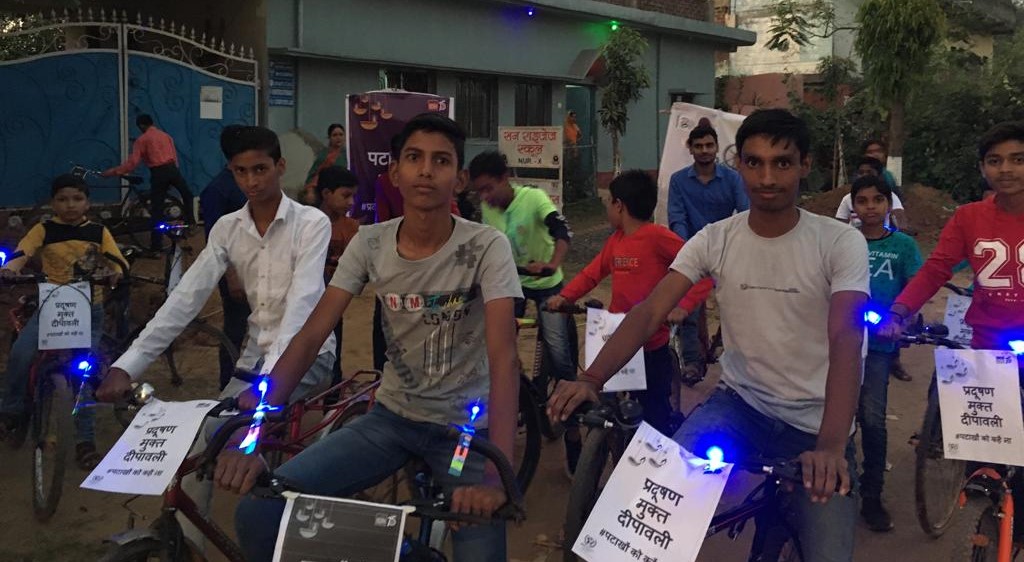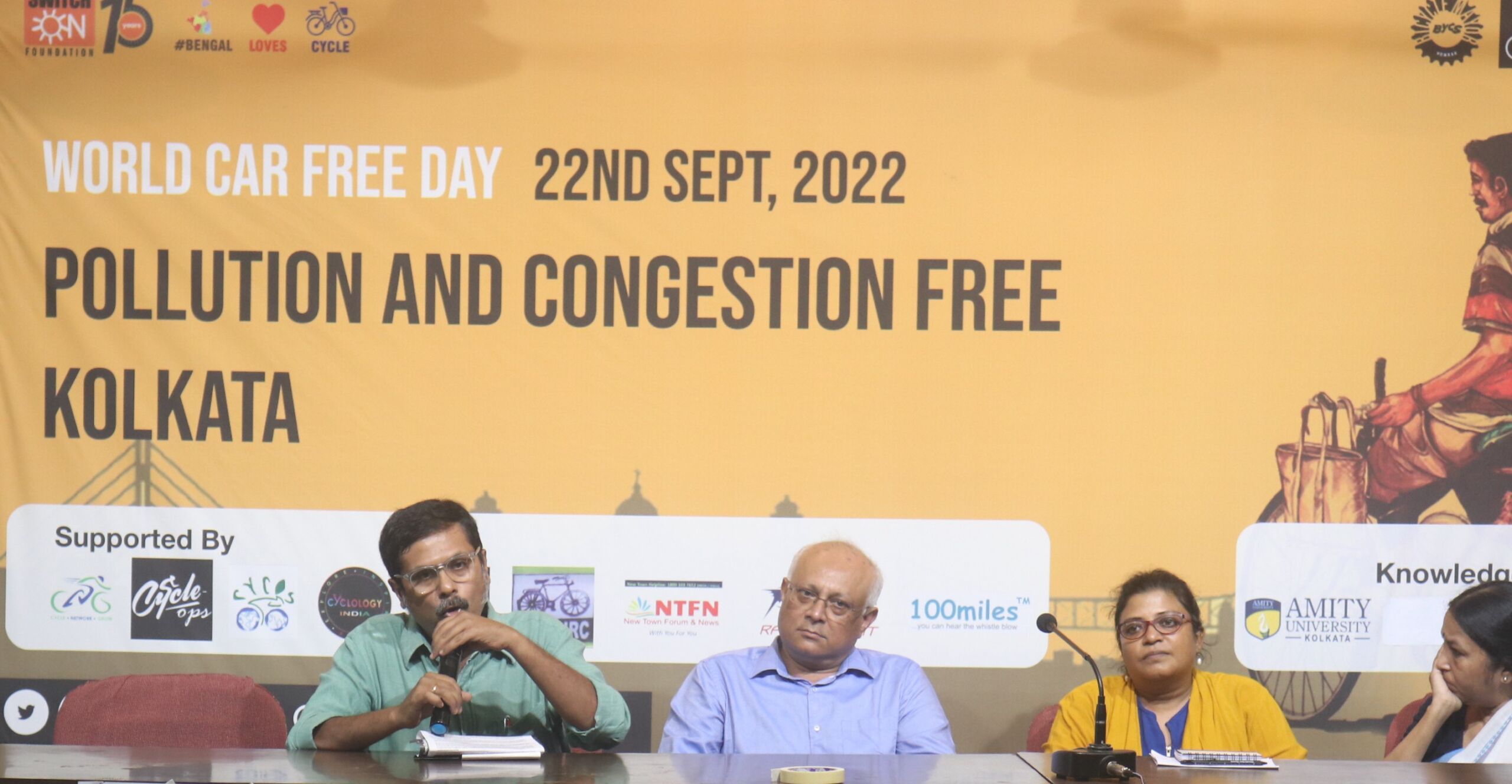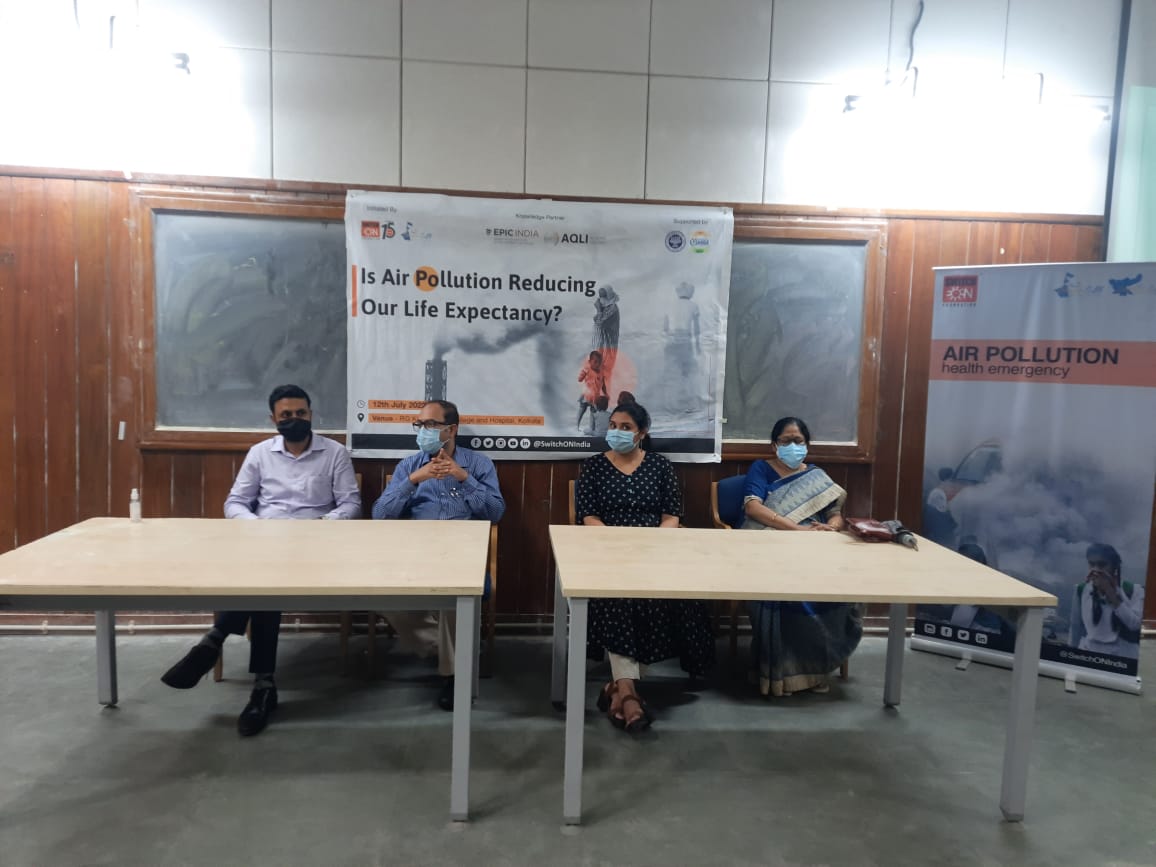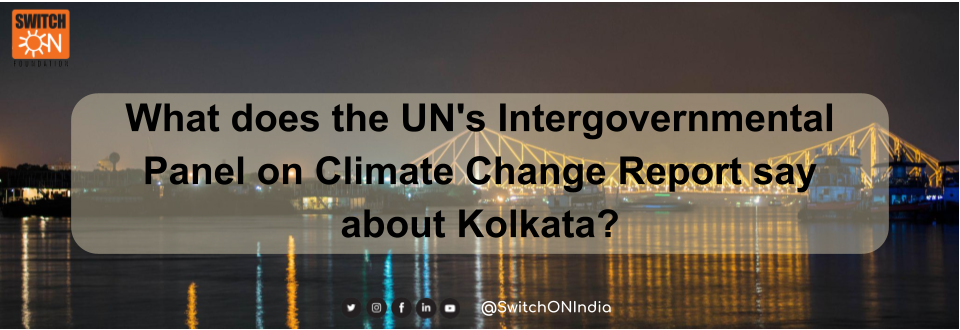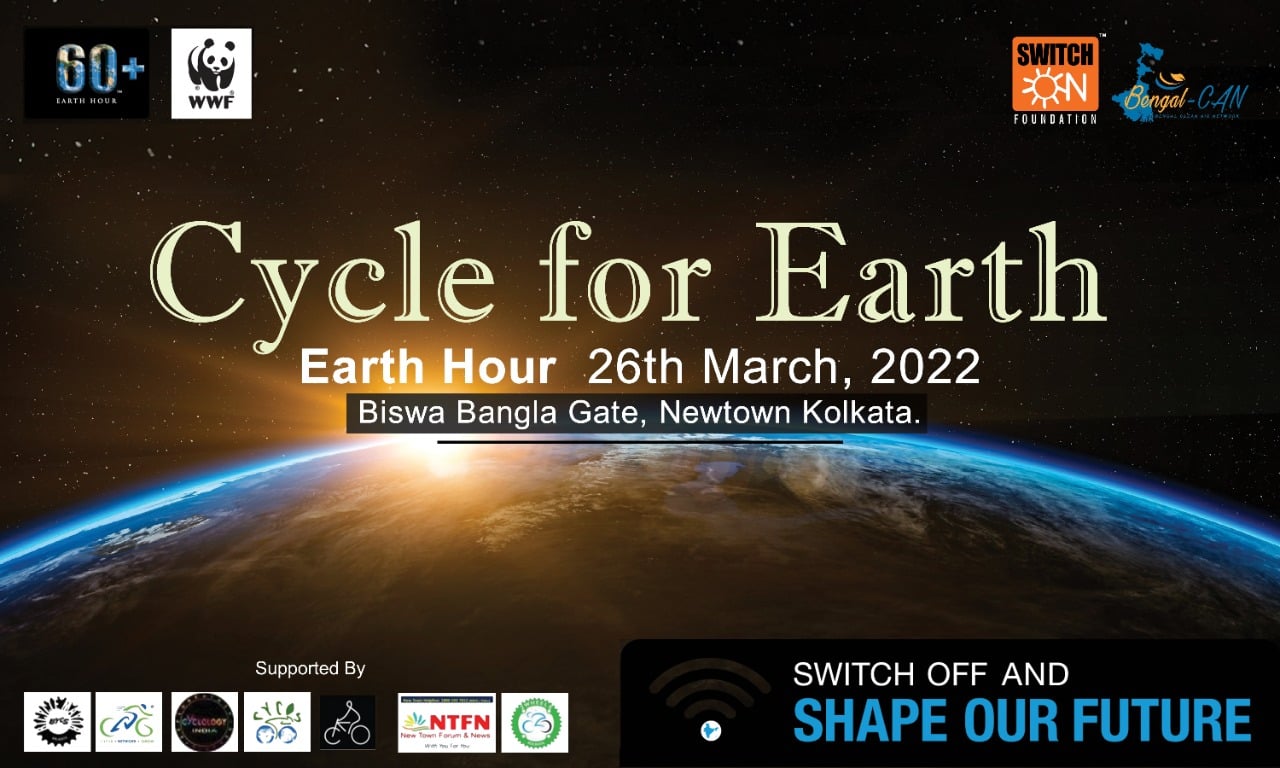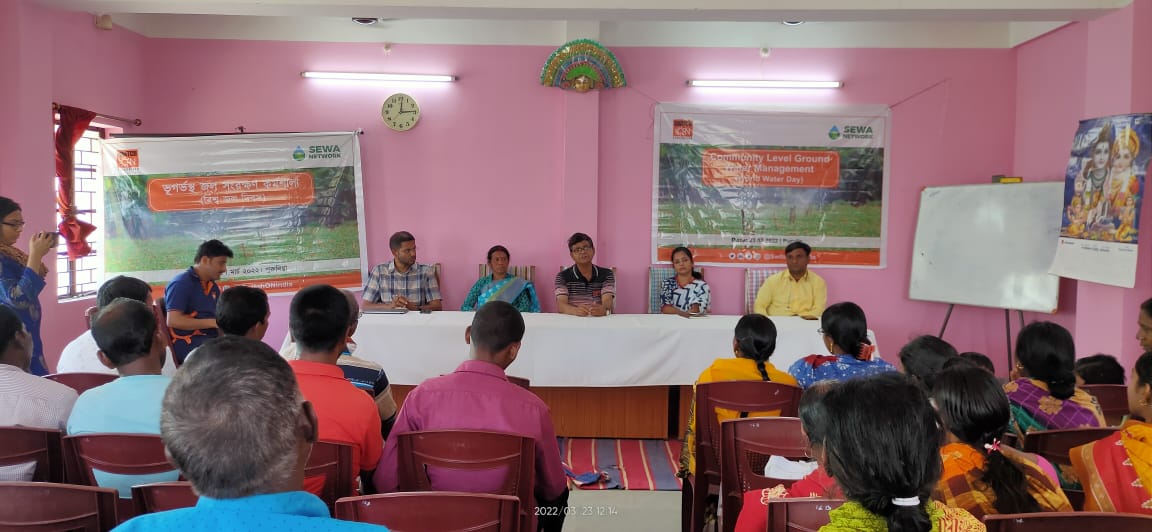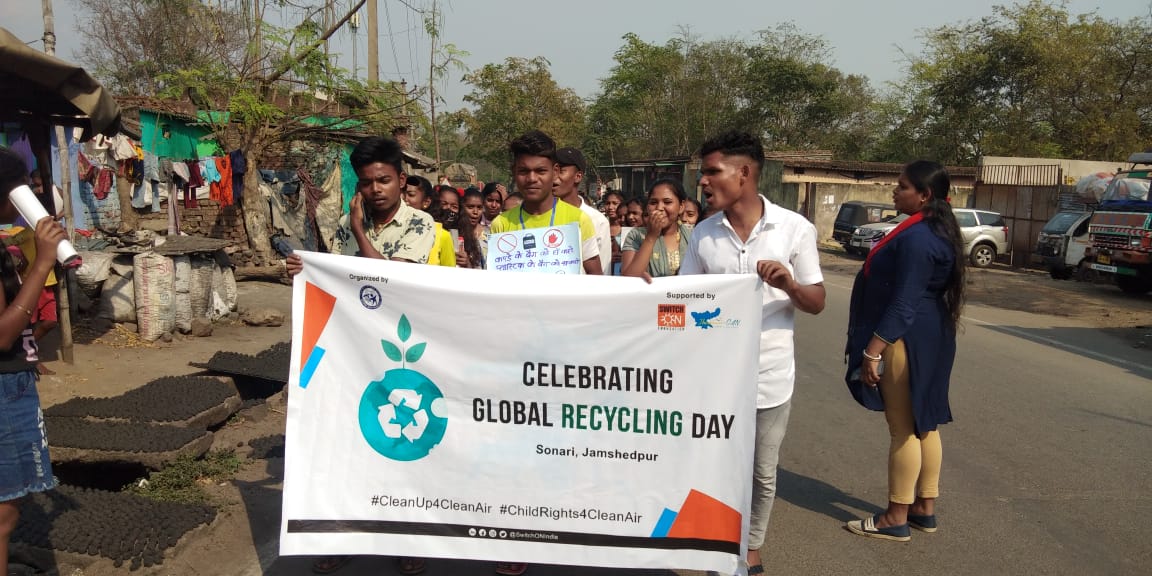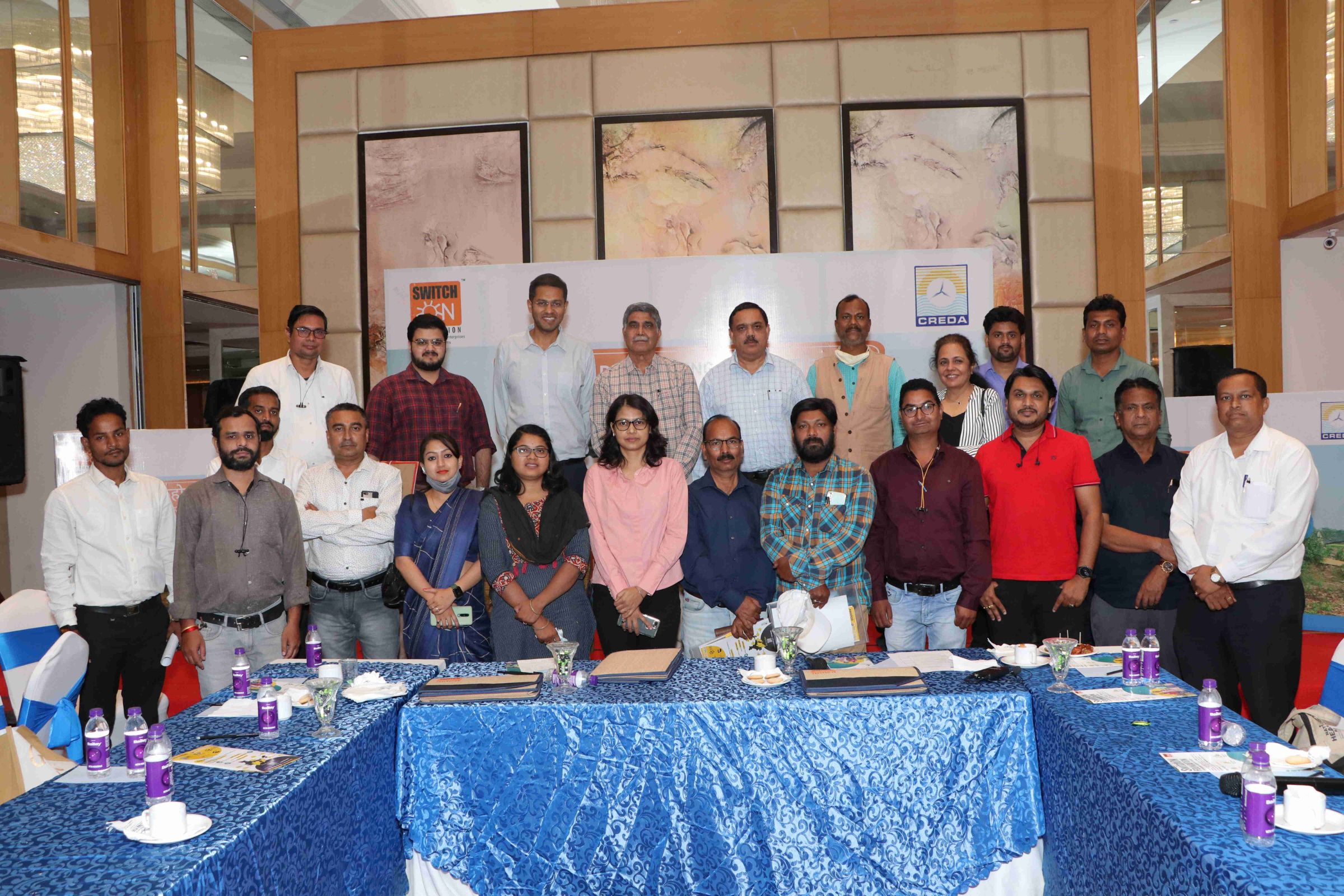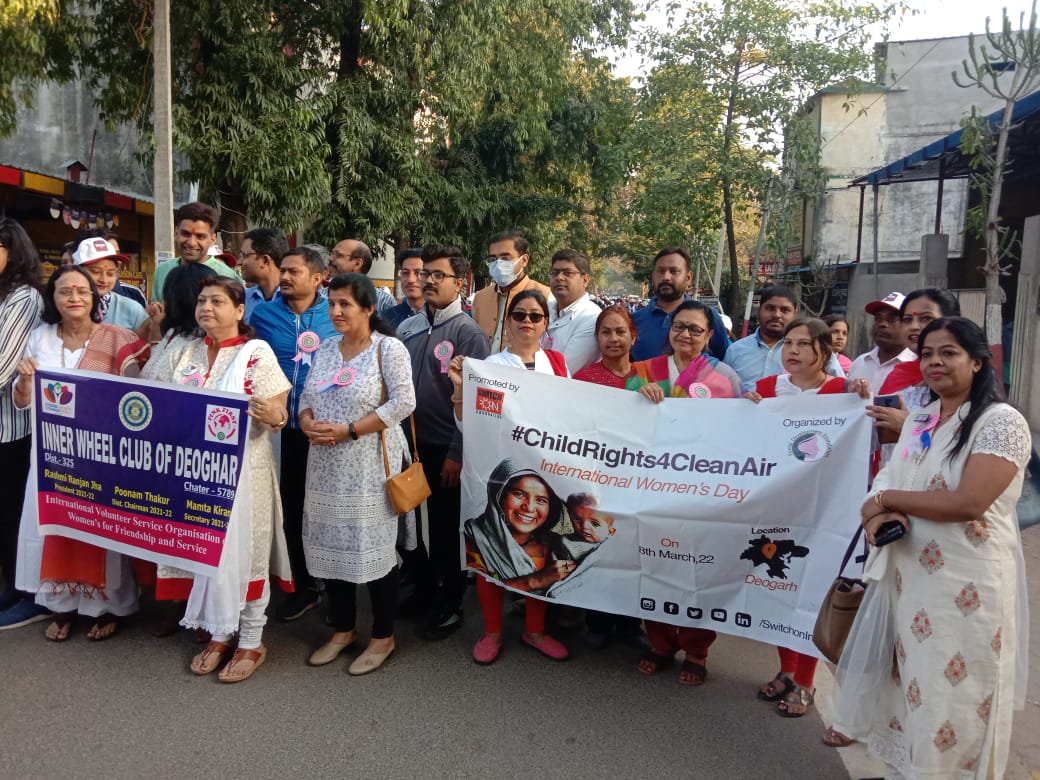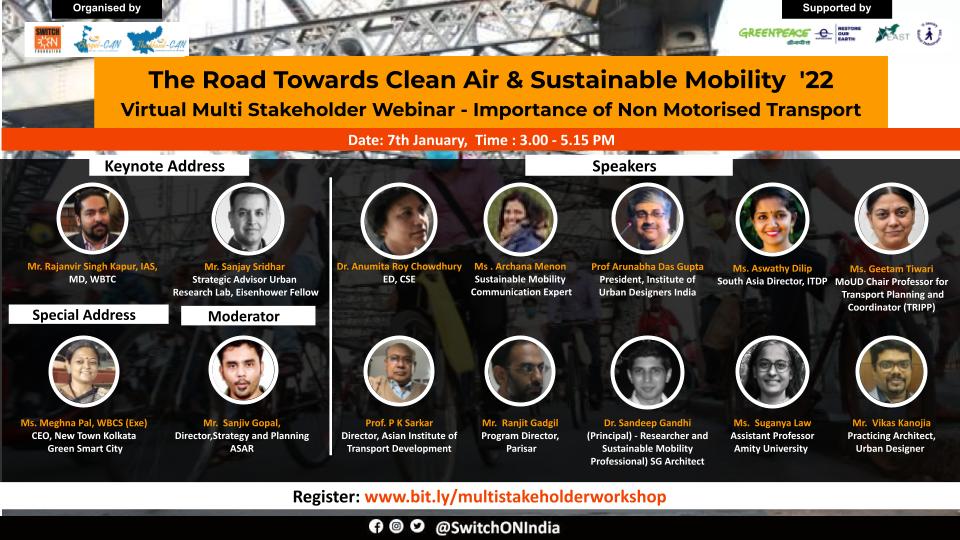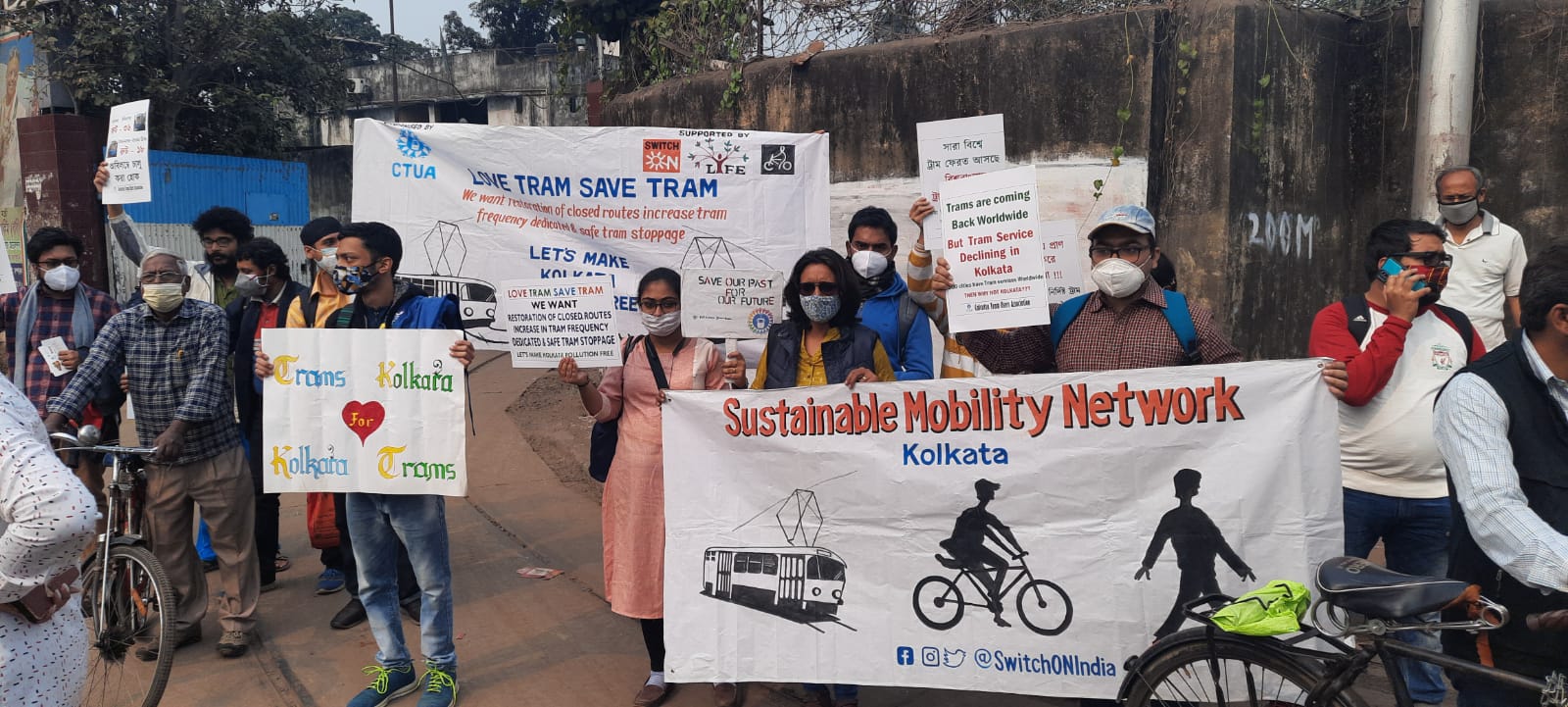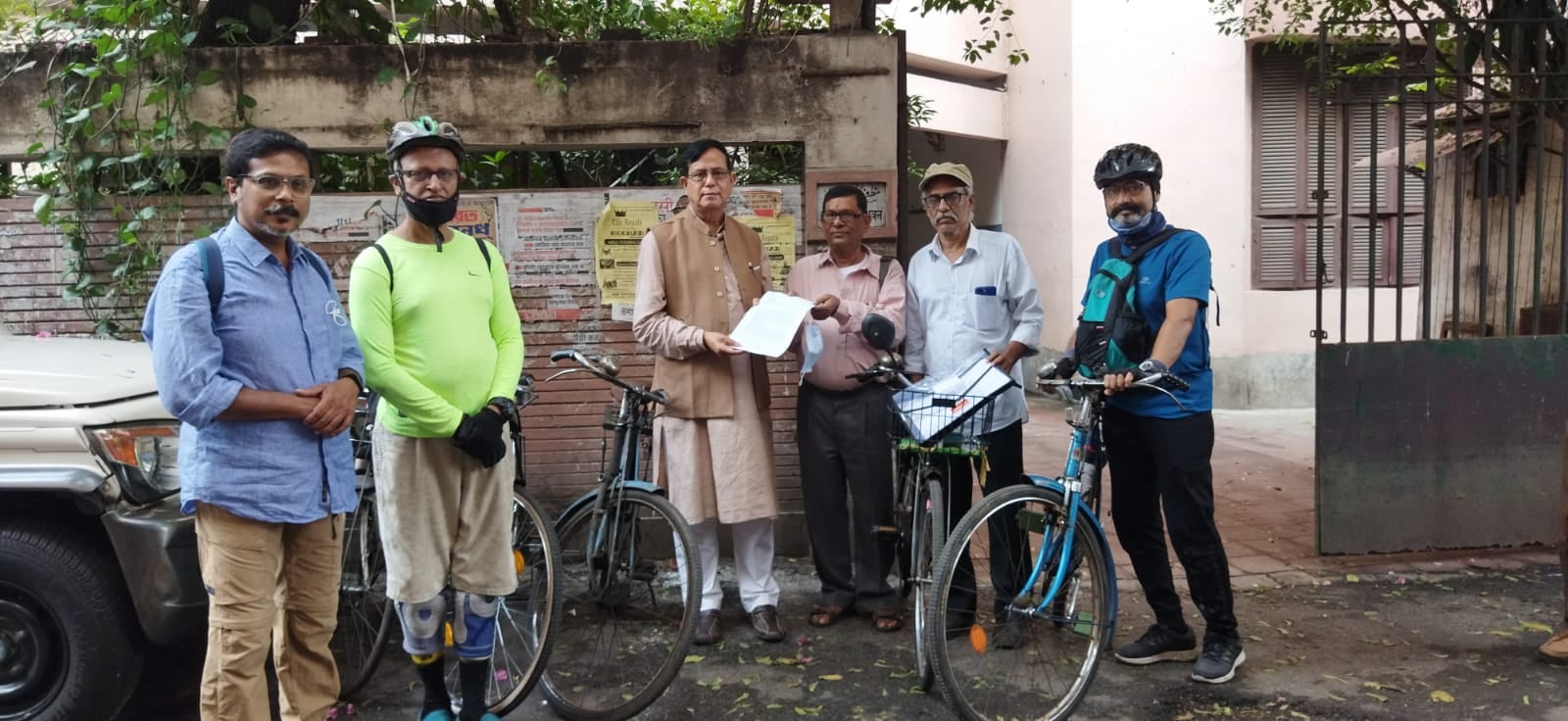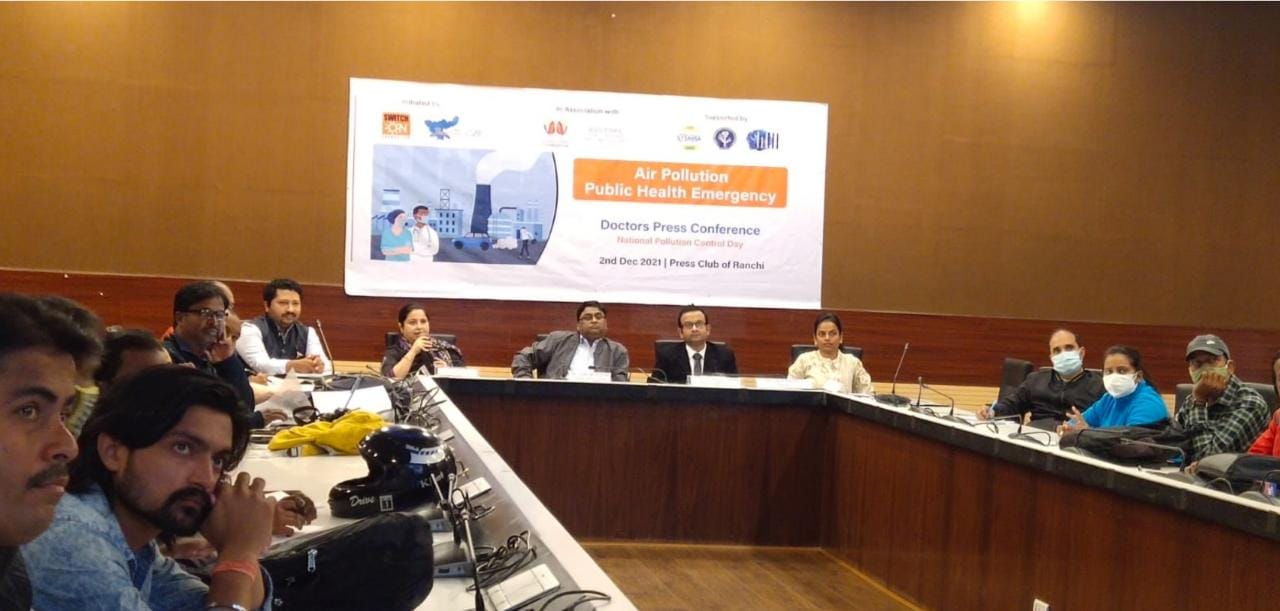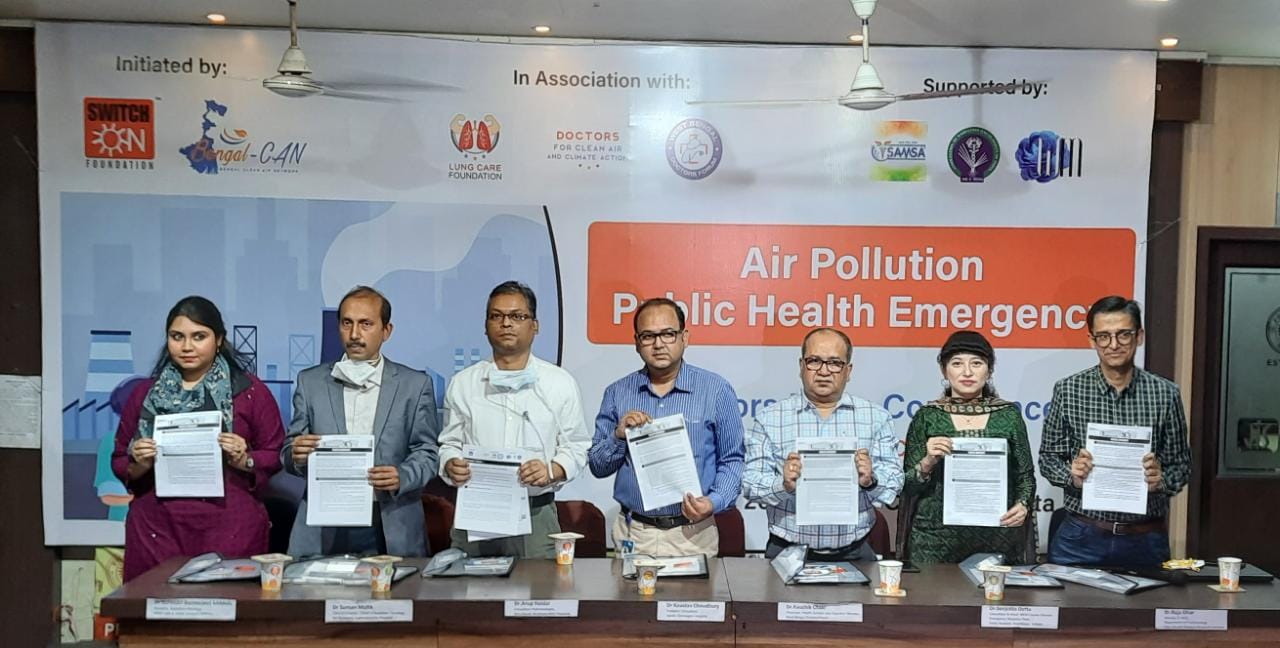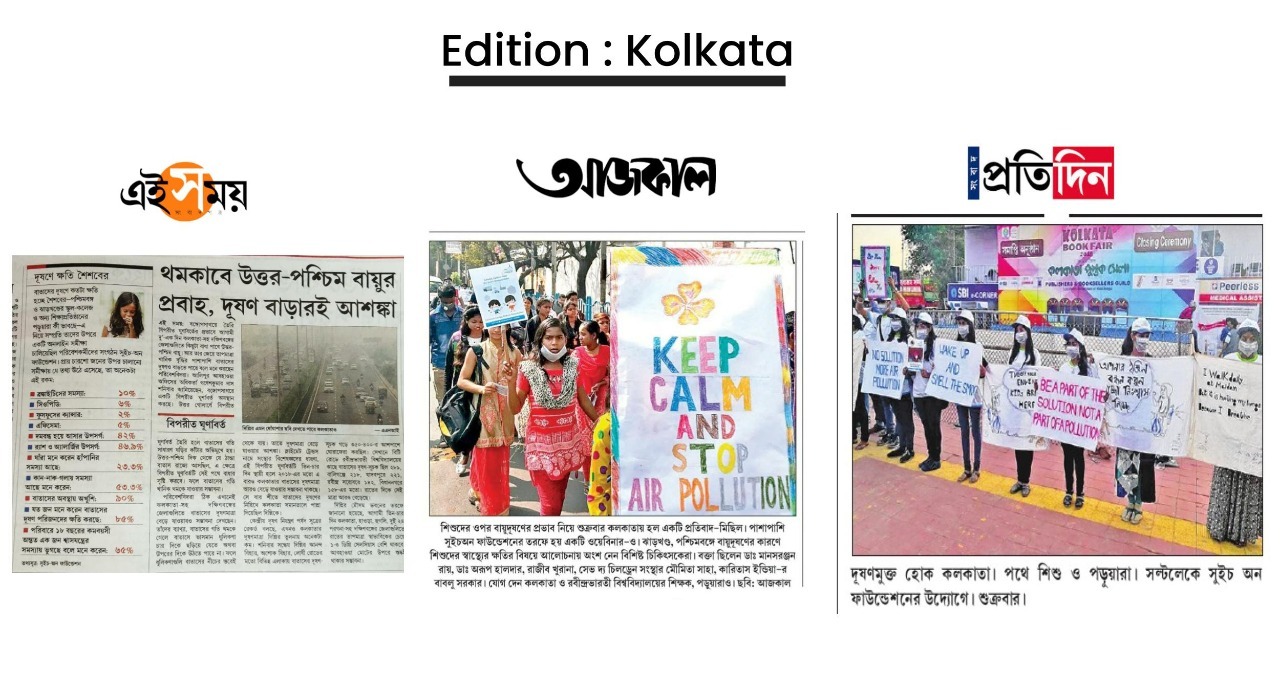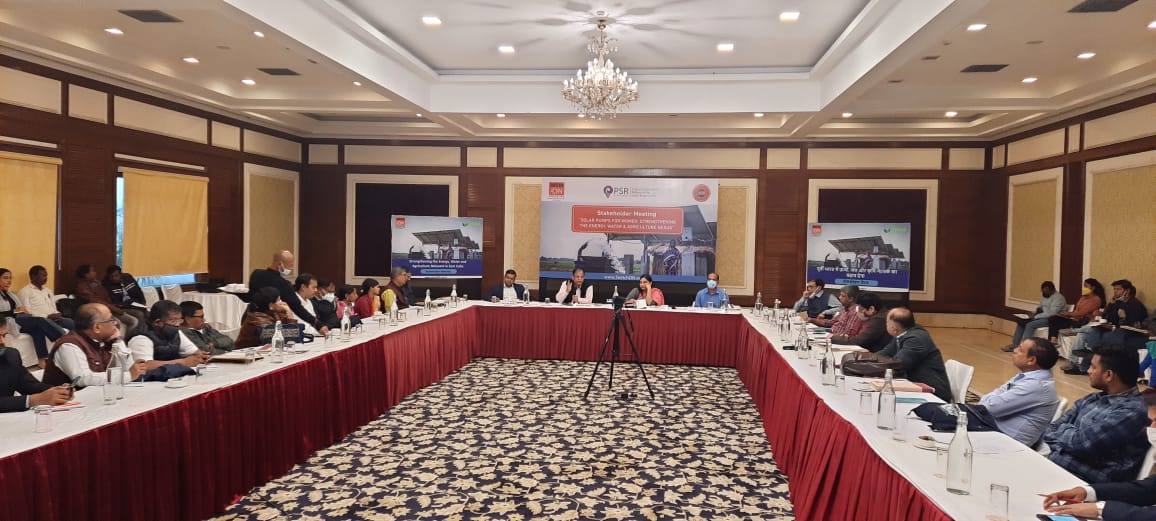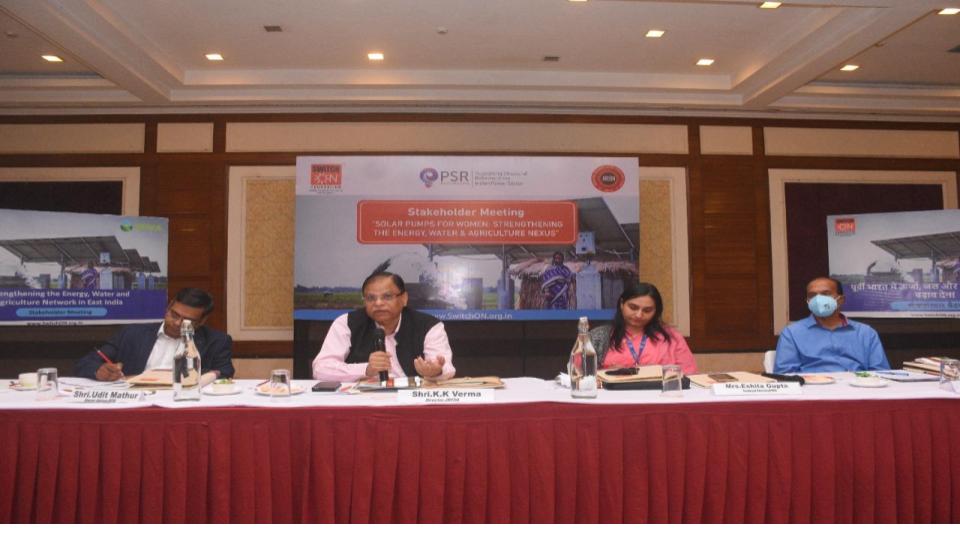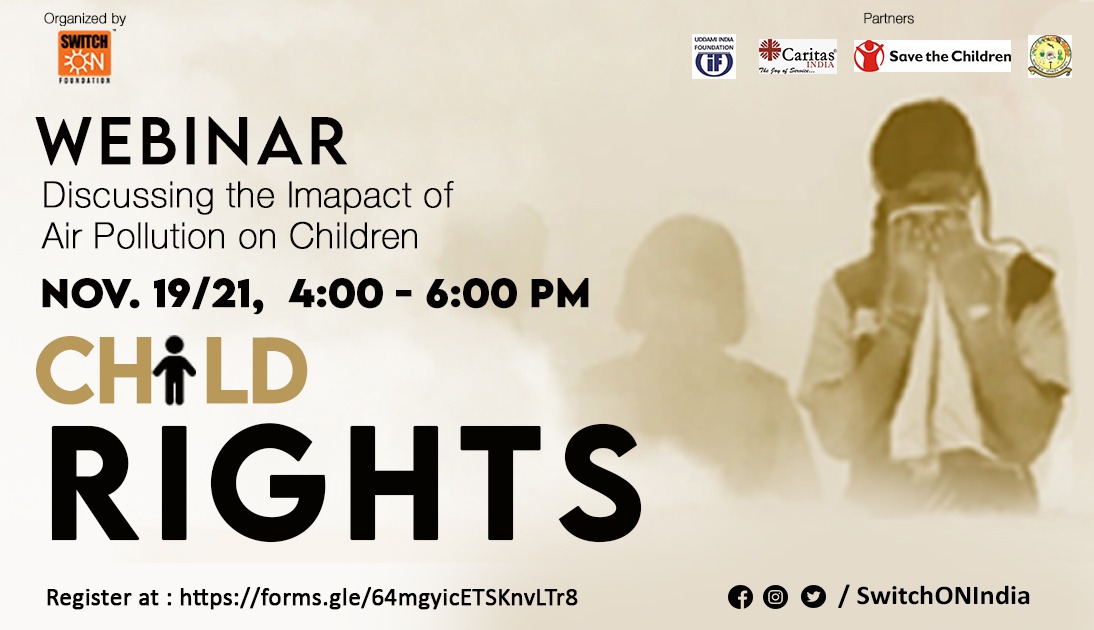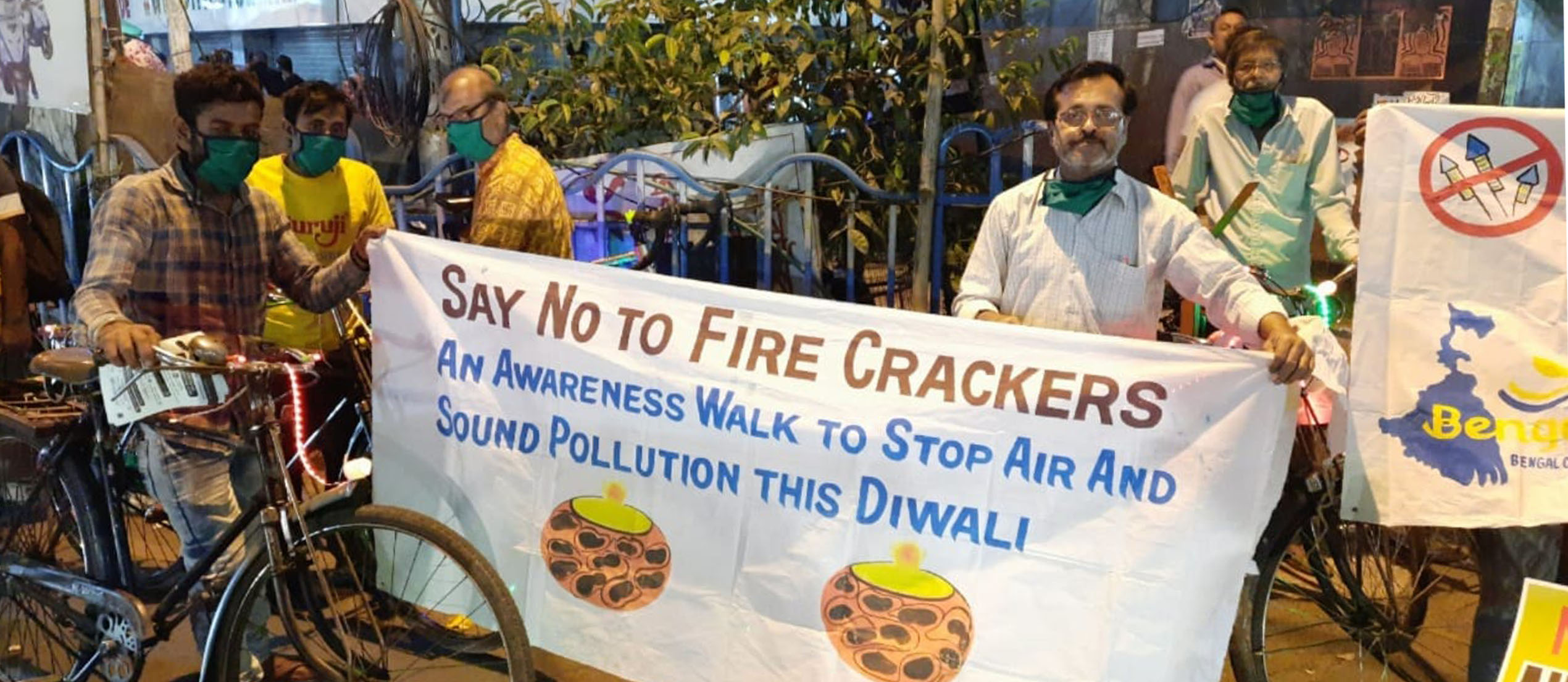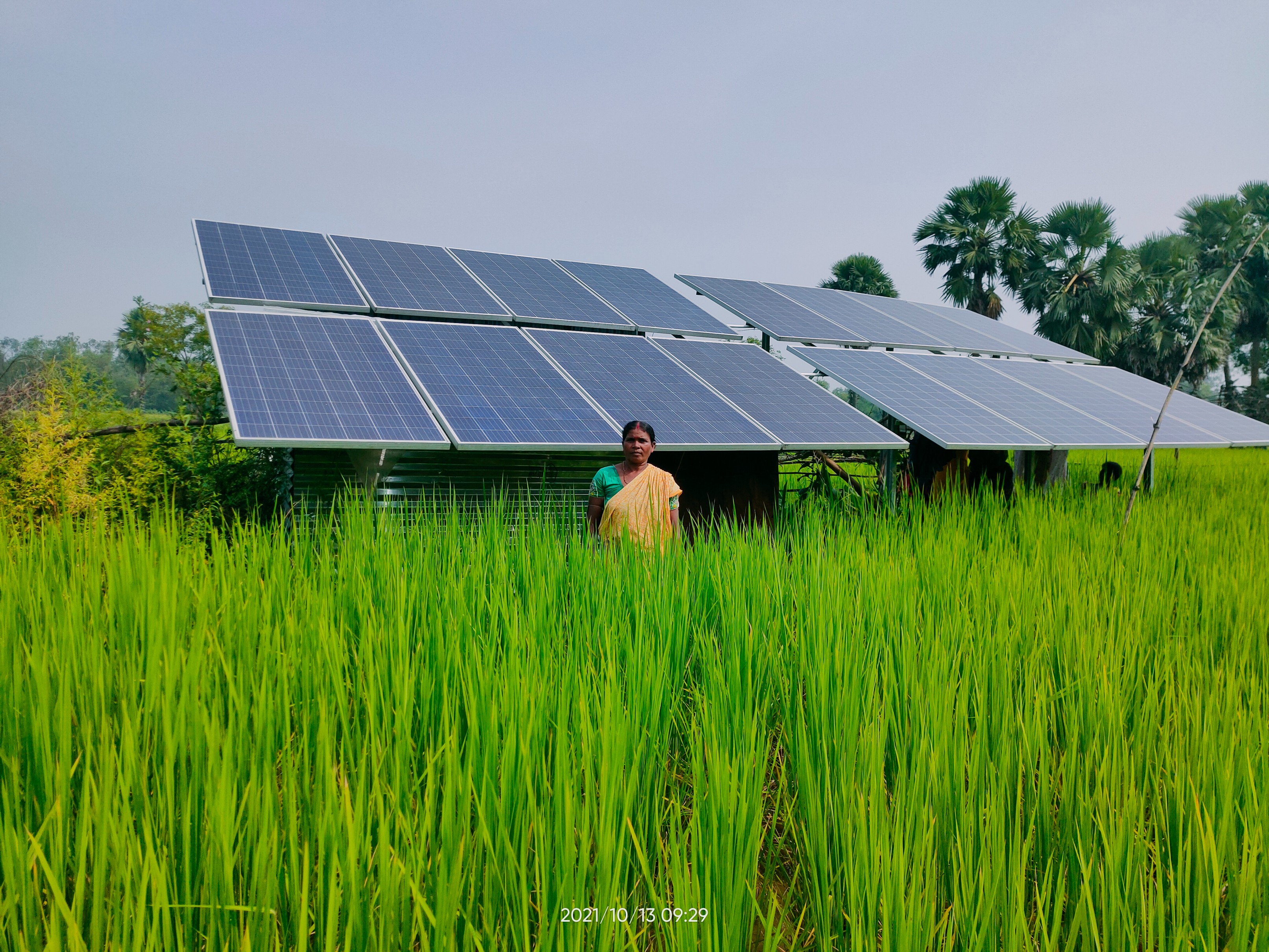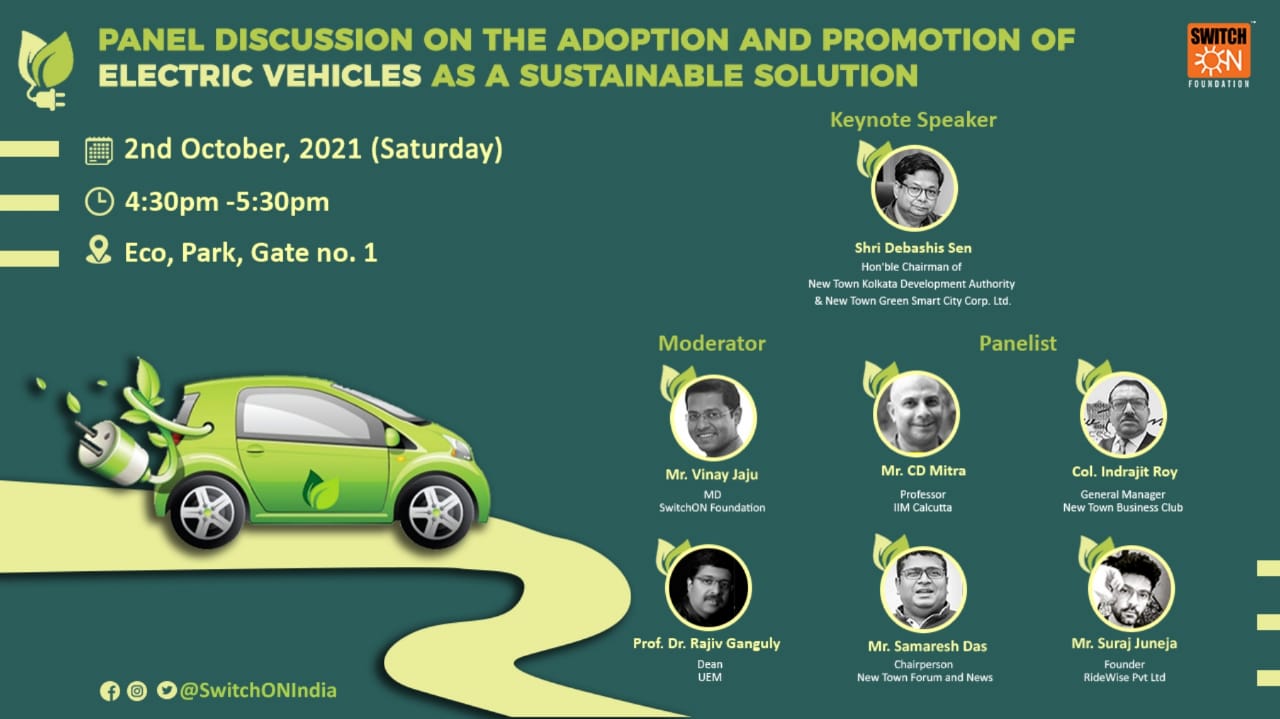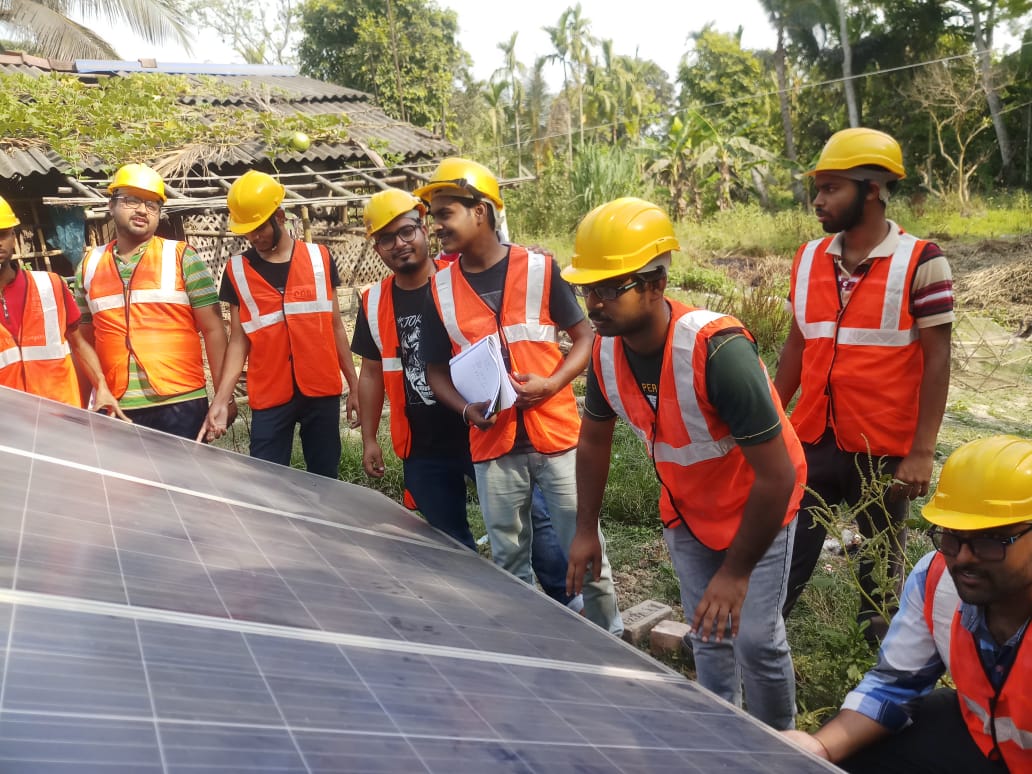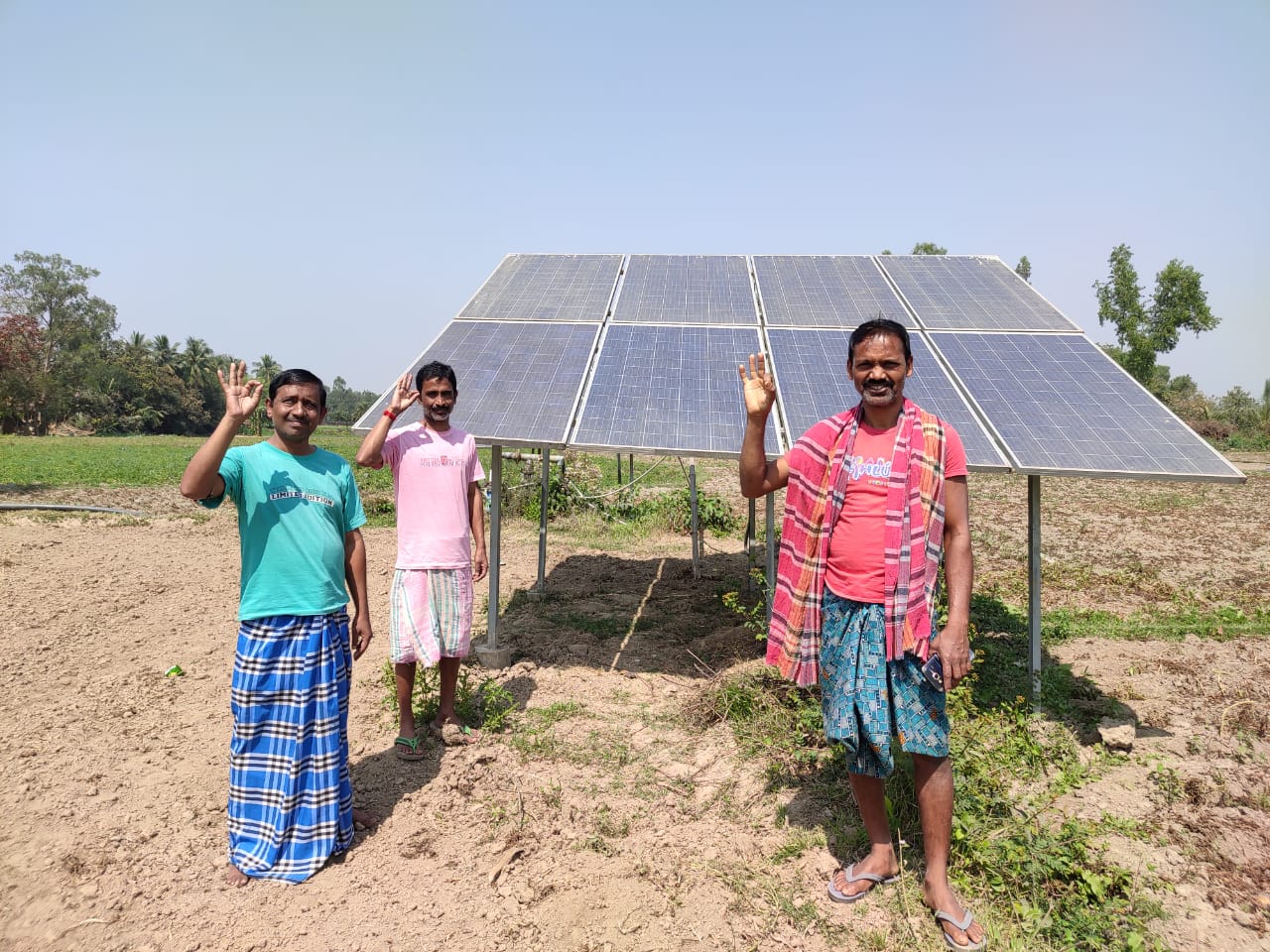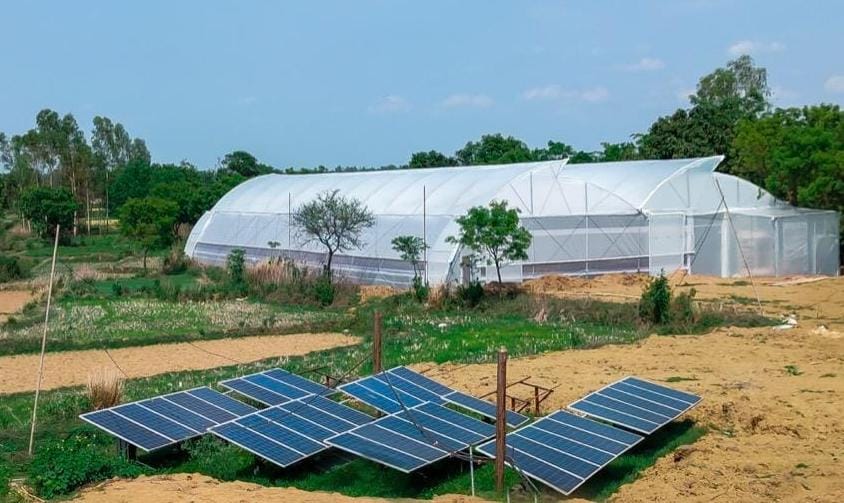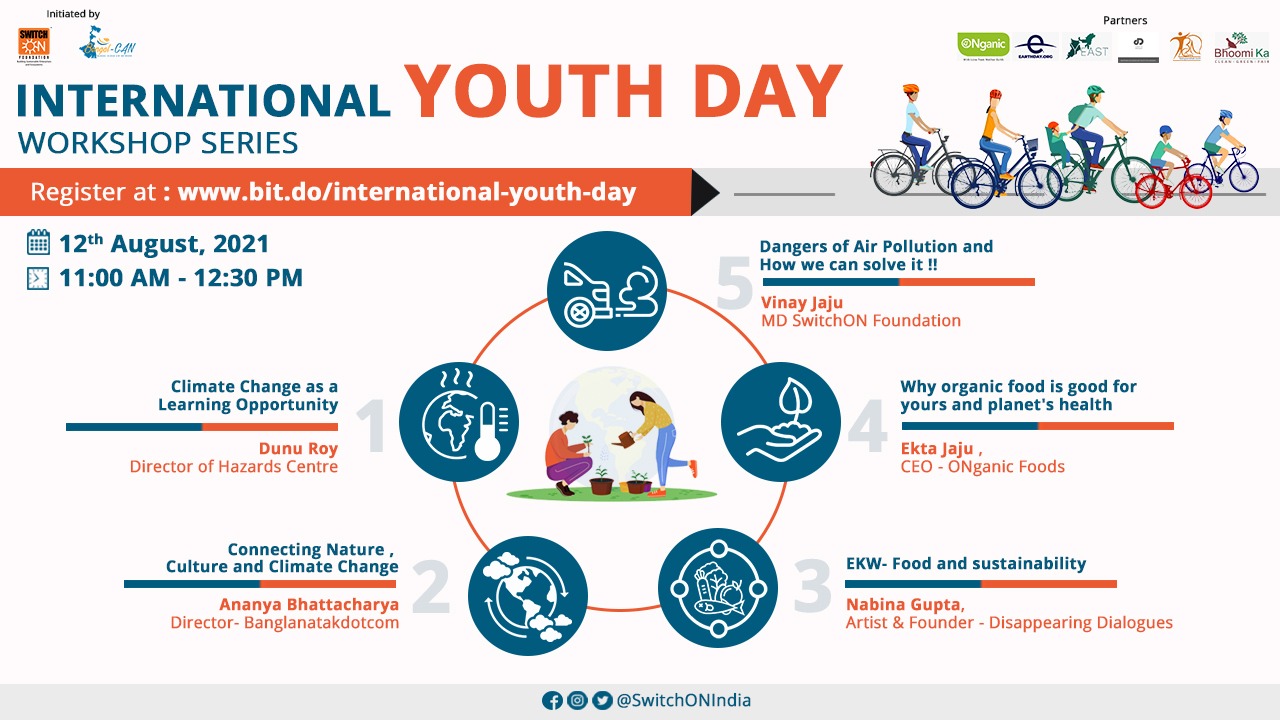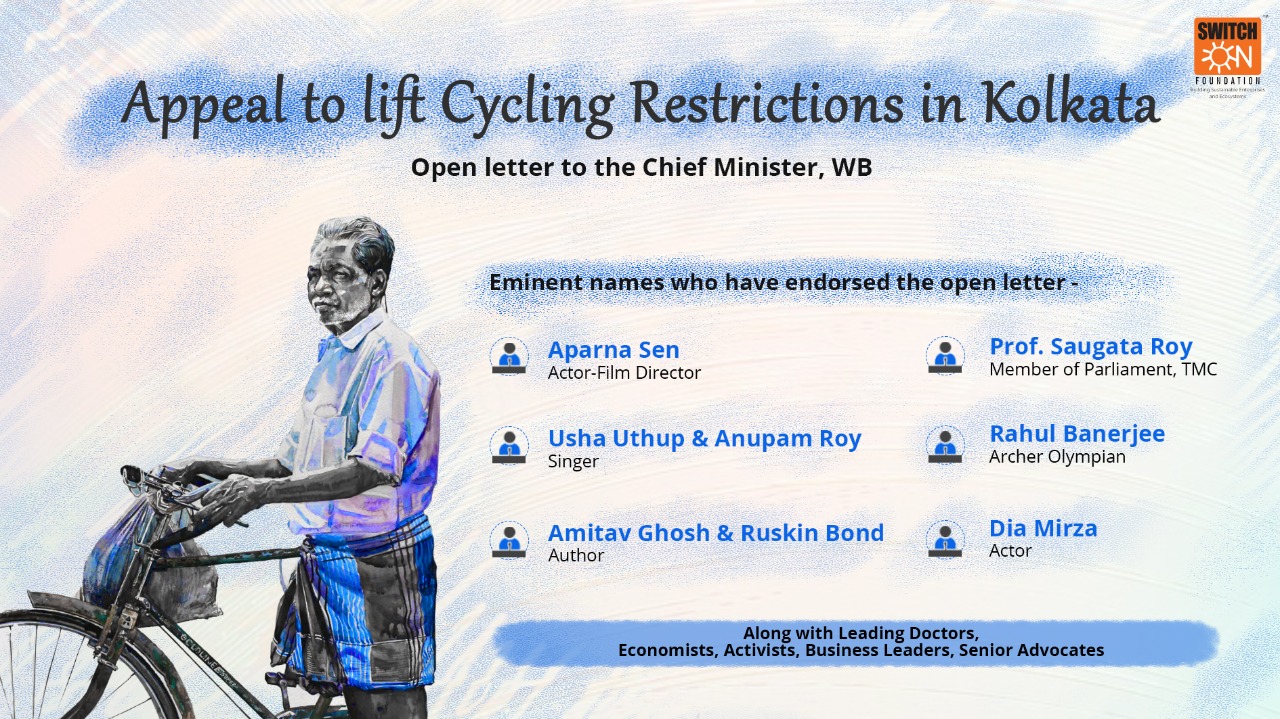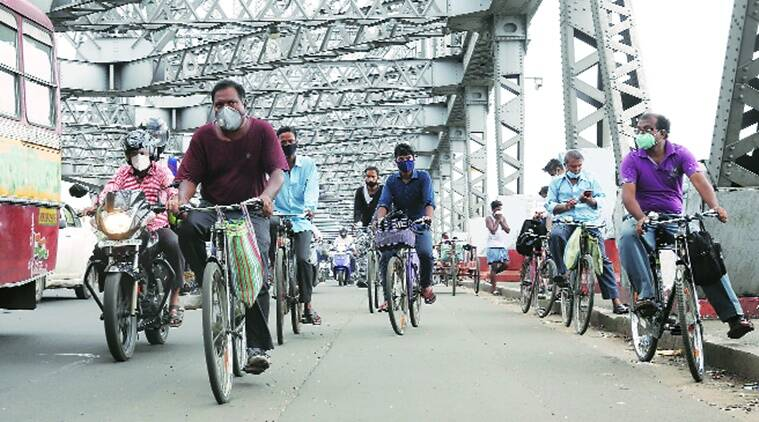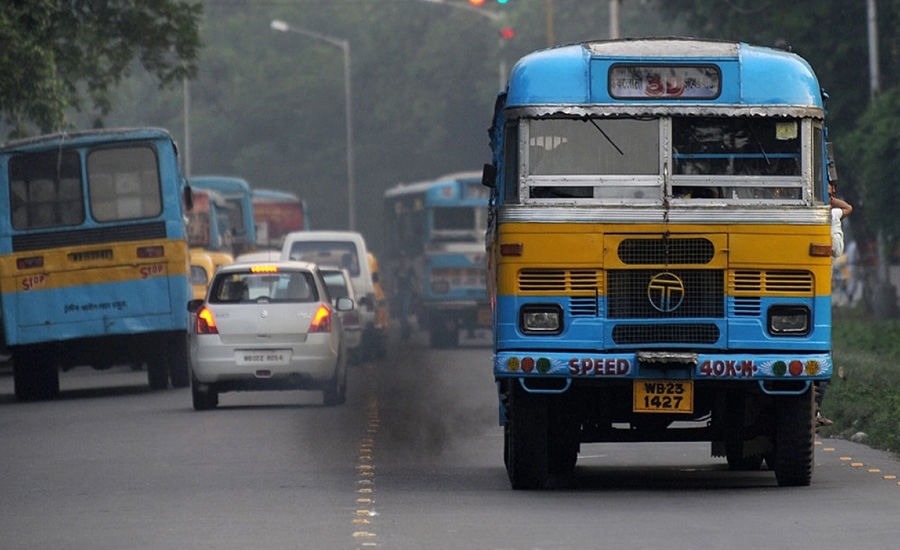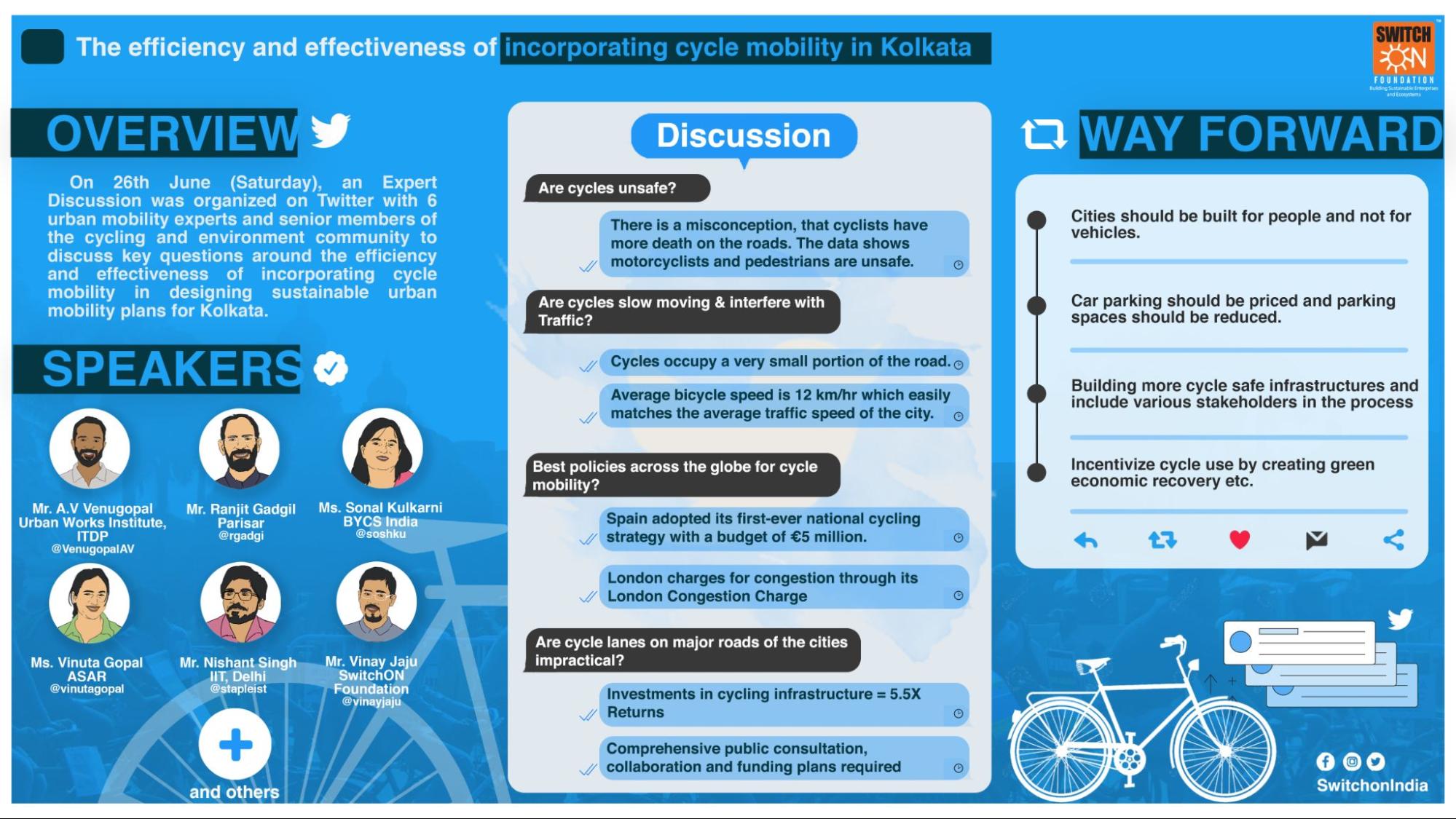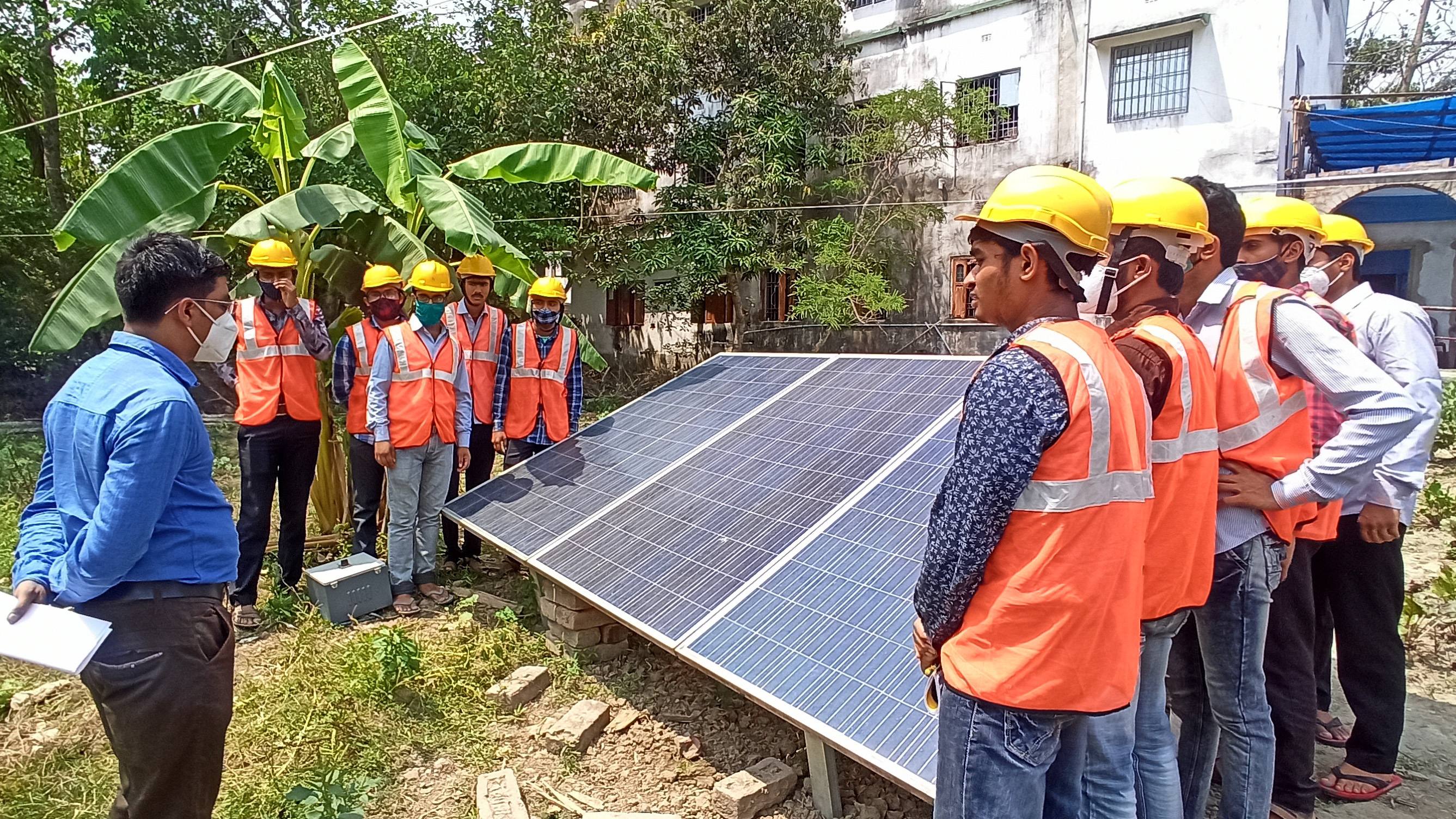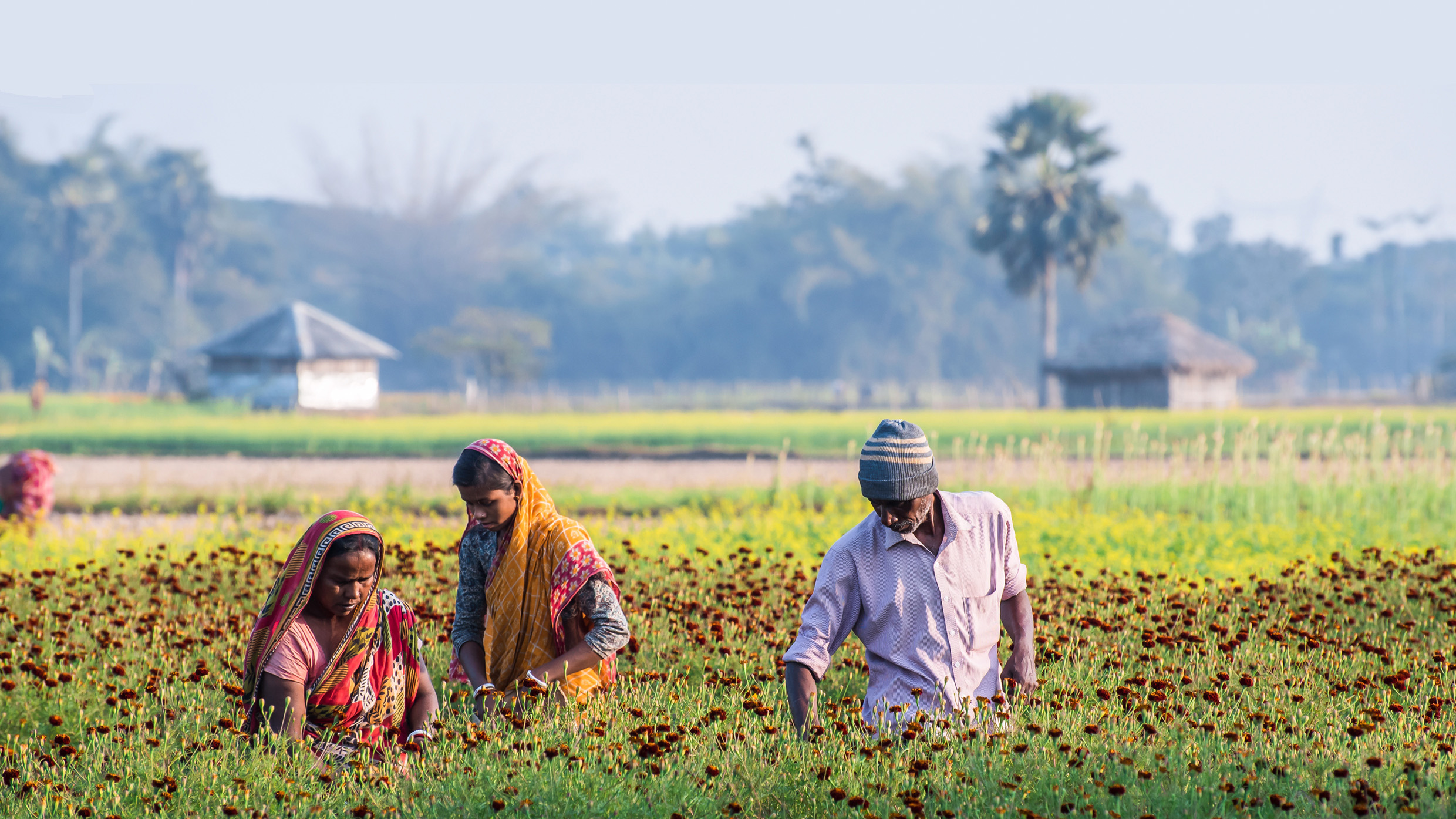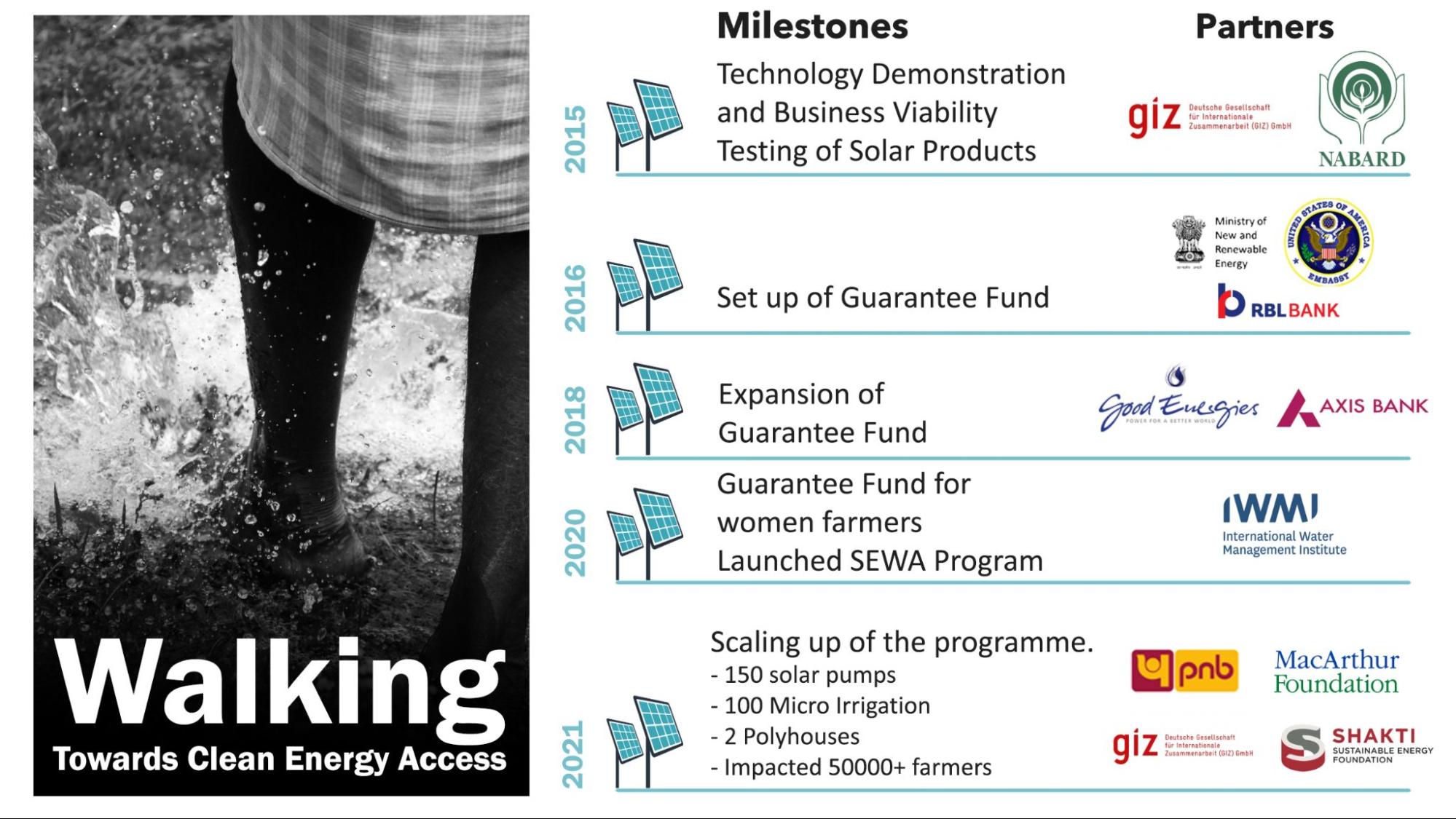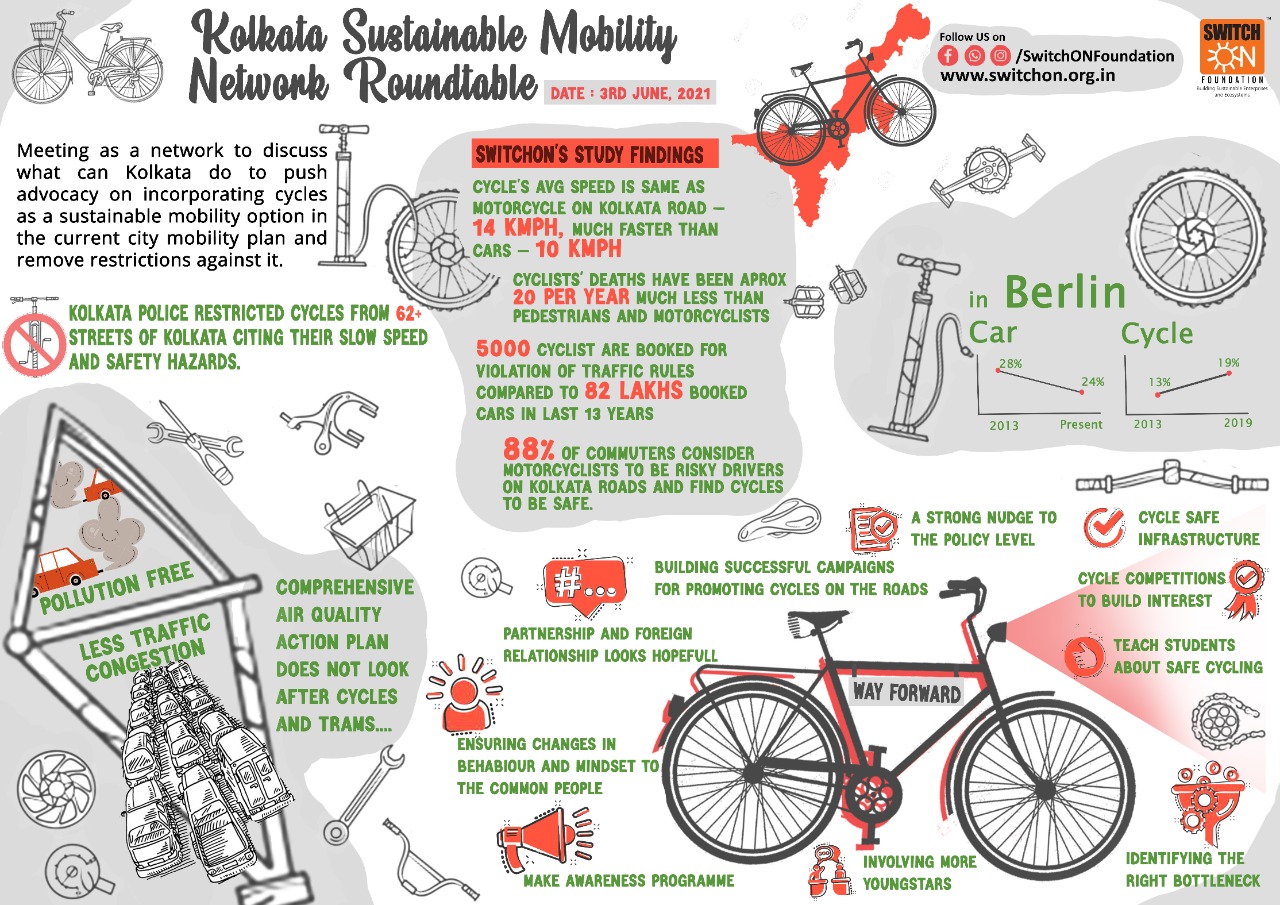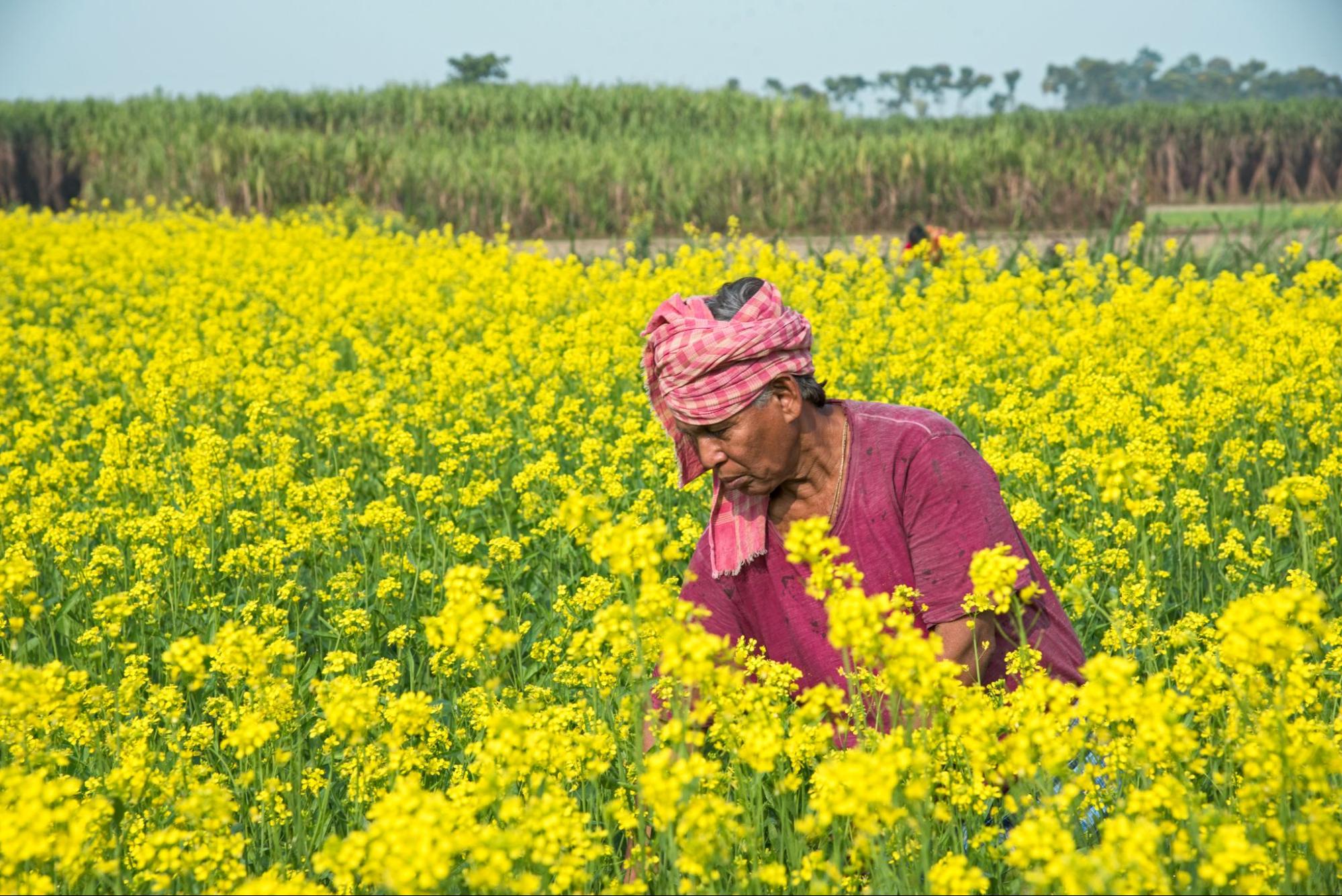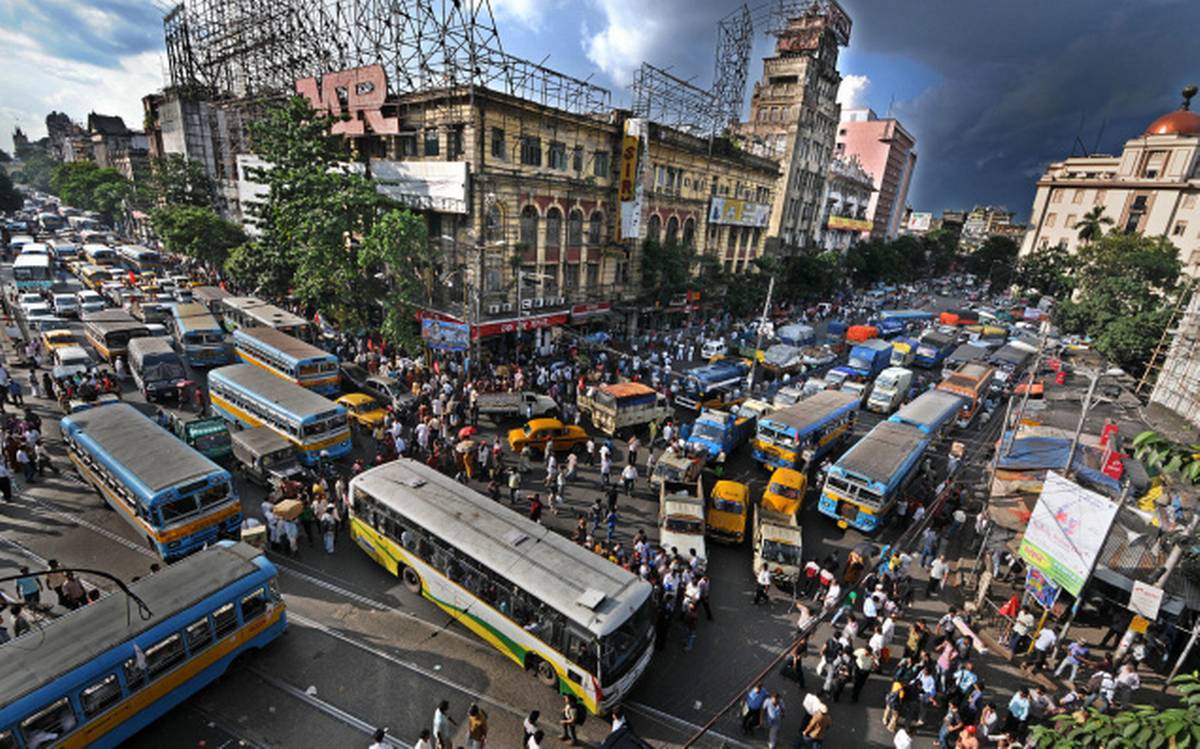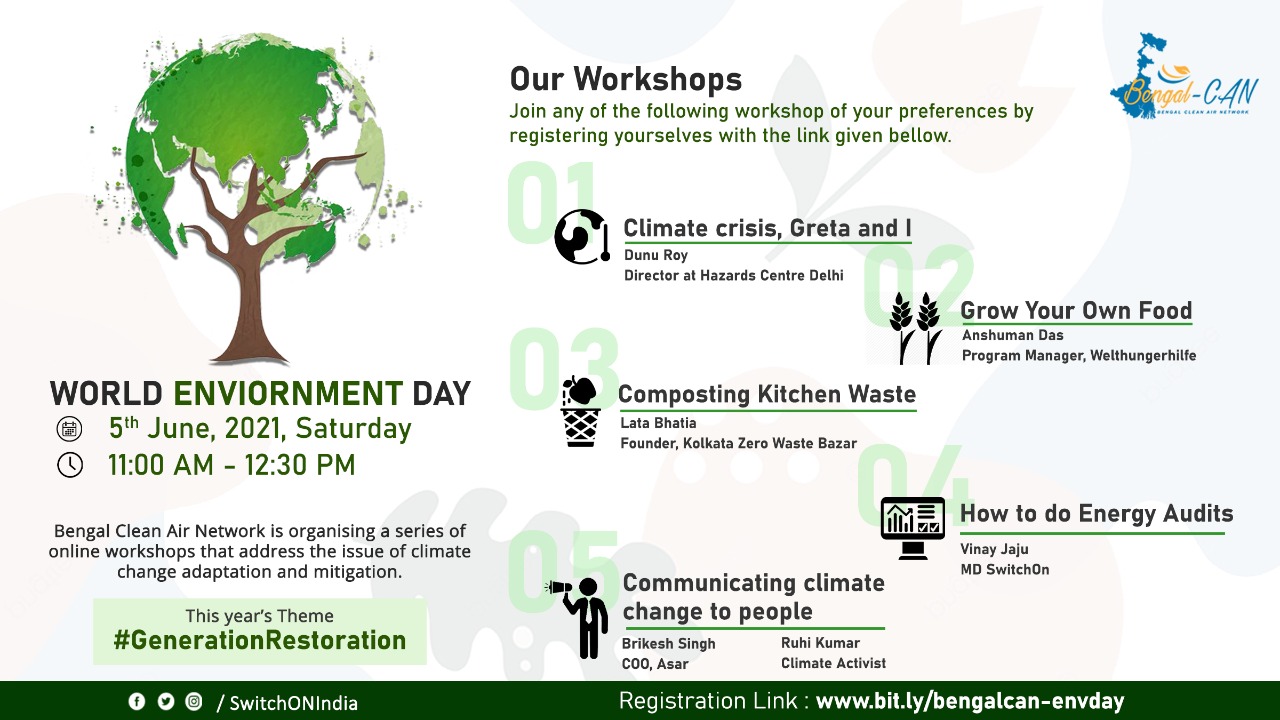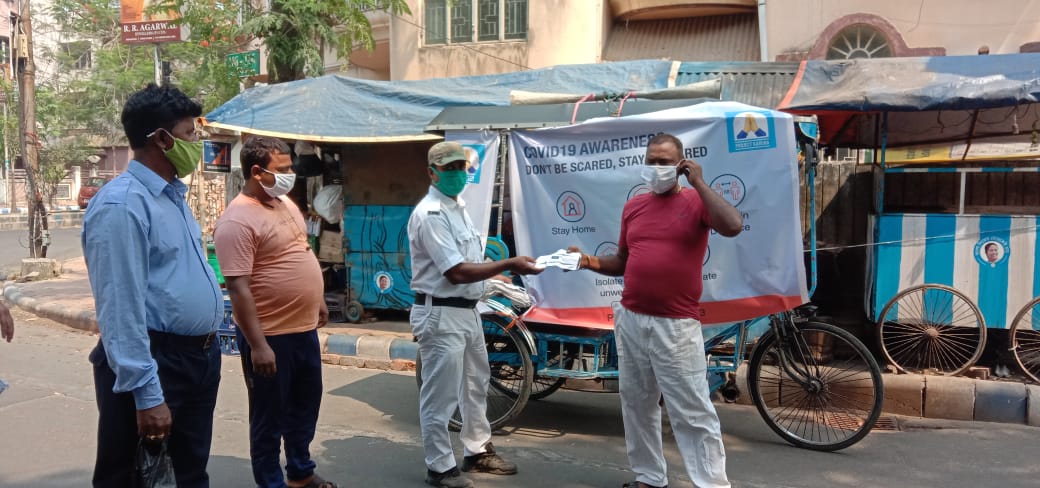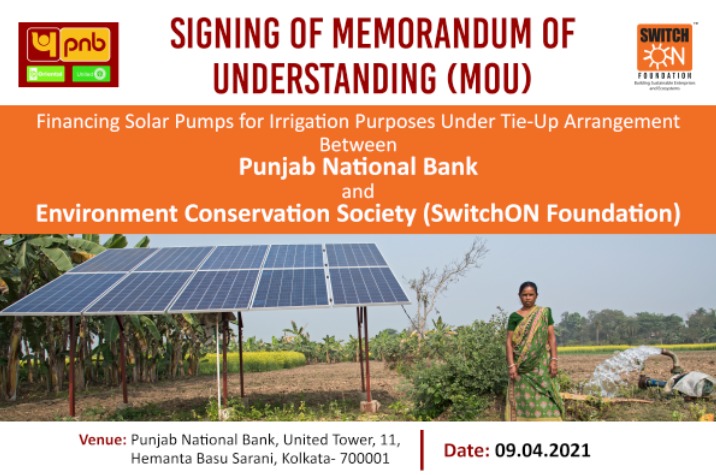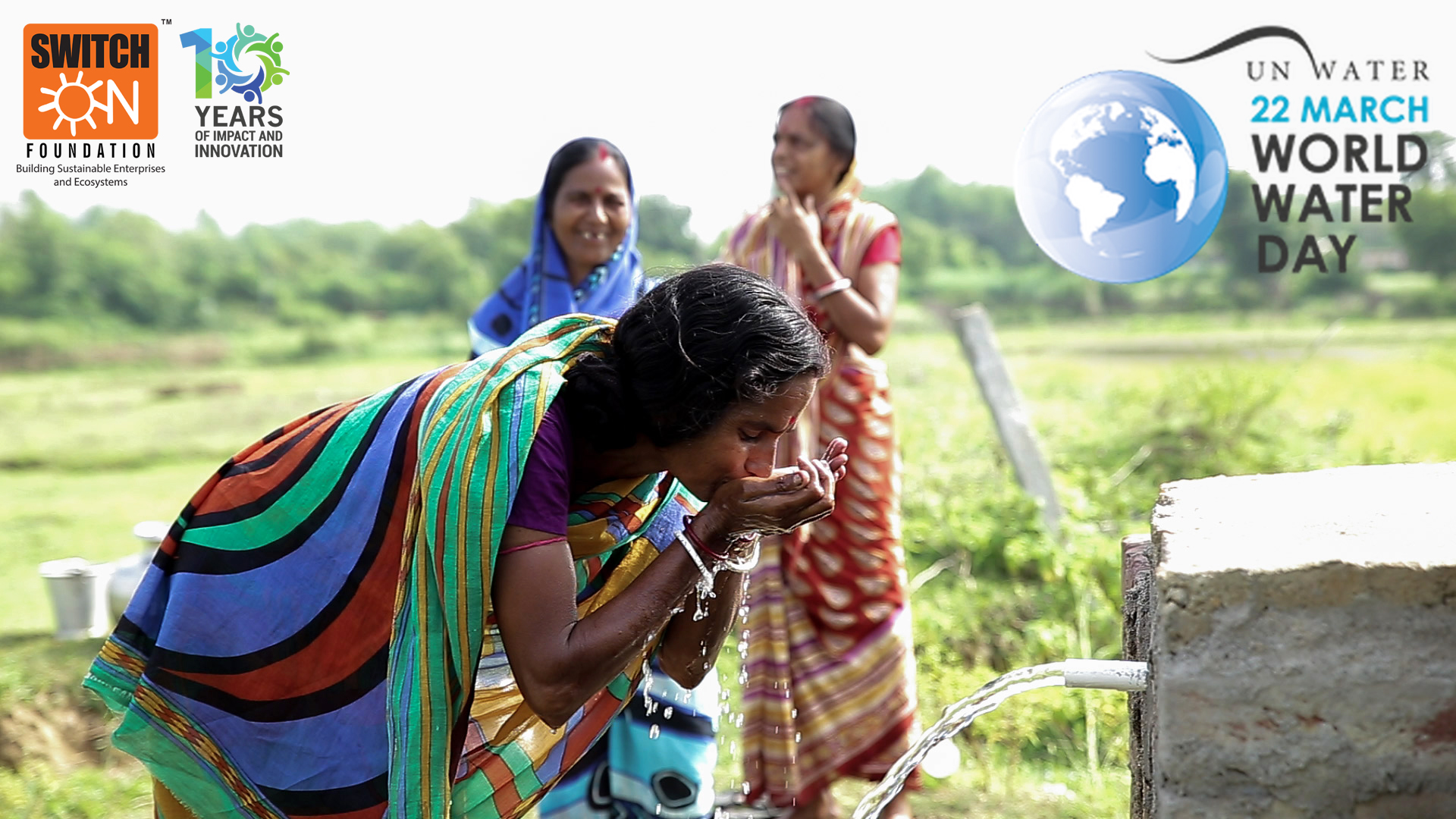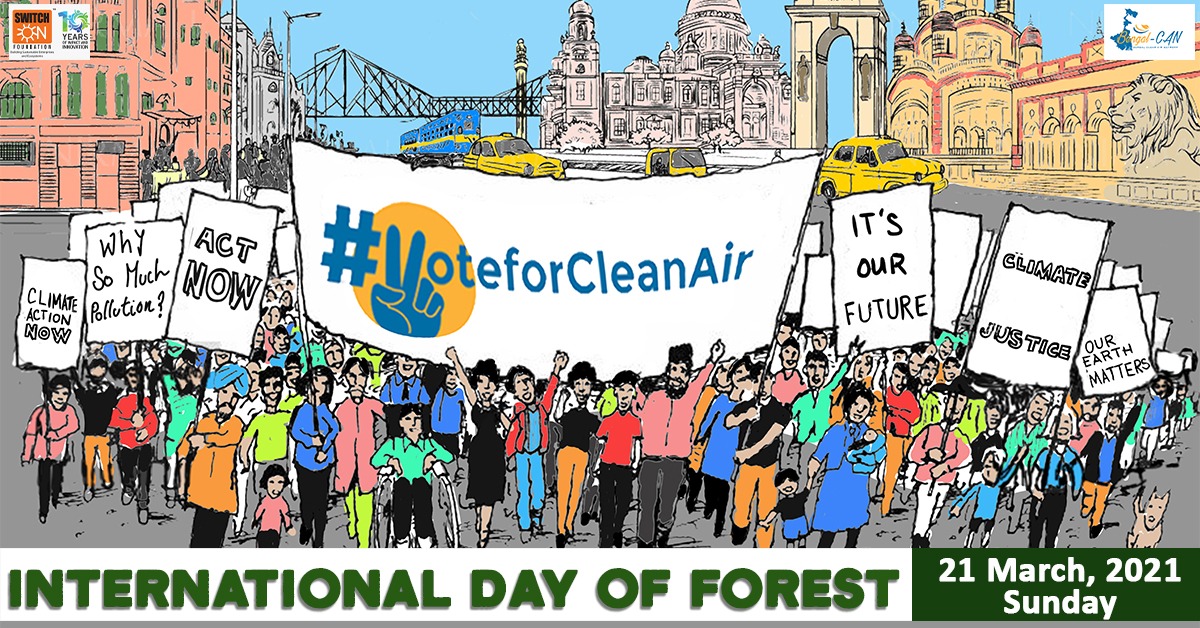The impact of Climate Change in India and all over Asia has been significant over the last decade. Having witnessed COVID, alongside turmoil in climatic conditions this region has had a lot on its platter.There has also been a number of non-climatic drivers, such as socio-economic changes, which made the effects of climate change on the demographic more adverse.
Climate Change and Water Crisis
Water stress is more pronounced in Pakistan, and northern parts of India and China.
In India the main drivers are population and climate change. The report states pharmaceuticals and personal care products (from source to disposal) are contributing to the vulnerability of urban waters.
In a study of peri-urban spaces, involving four South-Asian cities: Khulna (Bangladesh), Gurugram and Hyderabad (India), and Kathmandu (Nepal), shows nexus between intensifying use and deteriorating quality of water and the impact of climate change, resulting in peri-urban water insecurity and conflict.
The challenge of ensuring access to water resources and their (re) allocation and prioritisation for marginalised communities remains on the agenda of policy-oriented interdisciplinary research and demands effective implementation of its findings at the grass root level by the administrative agencies.
Water security is a key climate change adaptation goal at the urban-city-scale. Thus while South Asian countries have done well in increasing access to clean drinking water and sanitation, billions of people—mostly in rural areas—still lack these basic services. Attaining Goal 6 of Sustaining Development Goals, access to safe and clean drinking water remains a challenge.
Crop Production in India, Asia, and Climate Change
Studies presume that in India, rice production can decrease from 10% to 30% whereas maize production can decrease from 25% to 70% assuming a range of temperature increase from 1º to 4°C. Pests such as the golden apple snail associated with the predicted increase in climatically suitable habitats threatening the top Asian rice-producing countries including China, India, Indonesia, Bangladesh, Vietnam, Thailand, Myanmar, Philippines and Japan.
In South Asia, extreme climatic conditions are threatening food security, and thus agro-based economies like India and Pakistan are the most vulnerable to climate change in this regard.
Despite the observed increase in total food production in terms of crops and food yields from 1990 to 2014 in Asia (FAO, 2015), there is high confidence that overall, at the regional level, the projected total negative impacts will far outweigh the expected benefits with India emerging as the most vulnerable nation in terms of crop production.
Climate Change, Migration and Climate Change Refugees
Increased climate variability and extreme events are projecting longer-increase migration flows across Asia. One in three migrants comes from Asia. In 2019, Bangladesh, China, India and the Philippines each recorded more than 4 million disaster displacements. In 2019, approximately 51 1,900 disasters triggered 24.9 million new displacements across 140 countries; in particular, Bangladesh, China, India and the Philippines each recorded more than 4 million disaster displacements (IDMC, 2019). Floods triggered by the monsoon in India and Bangladesh and cyclones Fani and Bulbul were among the events to force most people to flee their homes both in the region and globally.
With most migrants in the region being temporary migrant workers, loss of jobs and wages among them have been particularly severe due to the adverse economic climate triggered by COVID (ESCWA, 2020). It has also resulted in large-scale returns of migrant workers and remittances have declined drastically.
Climate Change Renewable Energy in Asia and India
The energy structure of Asia is dominated by fossil fuels so far. India and ASEAN rely more on coal since coal may meet their soaring energy demand. Accordingly, studies state that more than 80% of the global coal will be consumed in Asia by 2050. China will surpass the U.S. in about 10 years to become the world’s largest oil consumer. India will then replace the U.S. to be the second largest by late 2040.
Therefore, the rapid growth of energy demand in Asia reinforces the region’s position as the largest energy importer. Around 80% of energy traded globally will be consumed in Asia and the rate of self-sufficiency will decrease from 72% to 63% by 2050.
Asia faces energy security problems even with the rapid growth in production and trade. This will be a major challenge for the sustainable development of Asia due to the vulnerability to global energy supplies and price volatility. The dependency of fossil fuels was as high as 72.3% in India in 2013. Many countries in South Asia rely on a single source to supply more than half of the electricity, i.e., 67.9% from coal for India, 99.9% from hydropower for Nepal, 91.5% from natural gas for Bangladesh and 50.2% from oil for Sri Lanka.
There remains huge potential for renewable sources in Asia, i.e., India has the massive solar power potential. Many renewable technologies, i.e., hydro, wind and solar PV, are becoming competitive and their lifecycle costs may fall below those of coal and natural gas in the near term. Great progress has been made in Enhanced Geothermal Systems (EGS), and in conventional and unconventional fusion power that China is promoting. Conventional and underground pumped hydro level out supplies for intermittent renewable energy generation In Darjeeling district, India, significant change in lichen community structure was shown in response to climate change and anthropogenic pollution.
Conclusion
Climate Change therefore has had myriad effects when the Asian Region is talked about and with regards to India, much needs to be done if we are to attain net zero carbon neutrality to cut down on the ill effects of global warming and climate change reading from the impacts of the same.
About IPCC
The Intergovernmental Panel on Climate Change (IPCC) is the United Nations body for assessing the science related to climate change. It prepares comprehensive Assessment Reports about the state of scientific, technical and socio-economic knowledge on climate change, its impacts and future risks, and options for reducing the rate at which climate change is taking place.
About the Report
The 3,600 pages report is a global assessment of the latest scientific findings, and is a part of the IPCC’s current round of reports. This is the sixth such exercise in building scientific evidence, and the current report is the second of four associated studies.
The first part, released in August last year, showed that unless there are immediate, rapid and large-scale reductions in #greenhouse gas emissions, limiting warming to close to 1.5°C to 2°C will be beyond reach.
In February 2022, the second report told us that human-induced #climatechange is causing dangerous and widespread disruption in nature. It’s affecting the lives of billions around the world and the window for action is narrowing.
The latest #IPCC #ClimateReport was released on 4 April provides us with options and solutions for reducing greenhouse gas emissions. This will be the third part of IPCC’s Sixth Assessment Report.
Finally, a synthesis of all three reports will be published in October 2022, ahead of the COP27 climate conference in Egypt.
Read the report here.


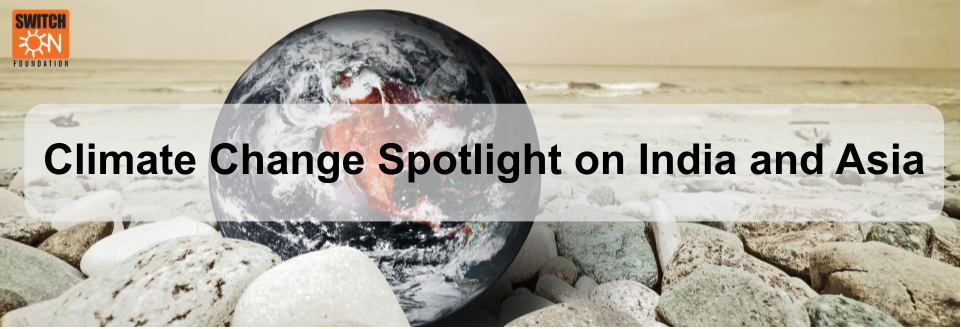

 0
0  0
0 
